© ROOT-NATION.com - Use of content is permitted with a backlink.
Not long time ago I told you all about the new Motorola model called the Moto Edge 20. I liked the device very, very much (especially its design), so I was looking forward to testing the Pro version of this model, the Moto Edge 20 Pro. But what I’ve got differed radically from what I was expecting. And not in a good way.
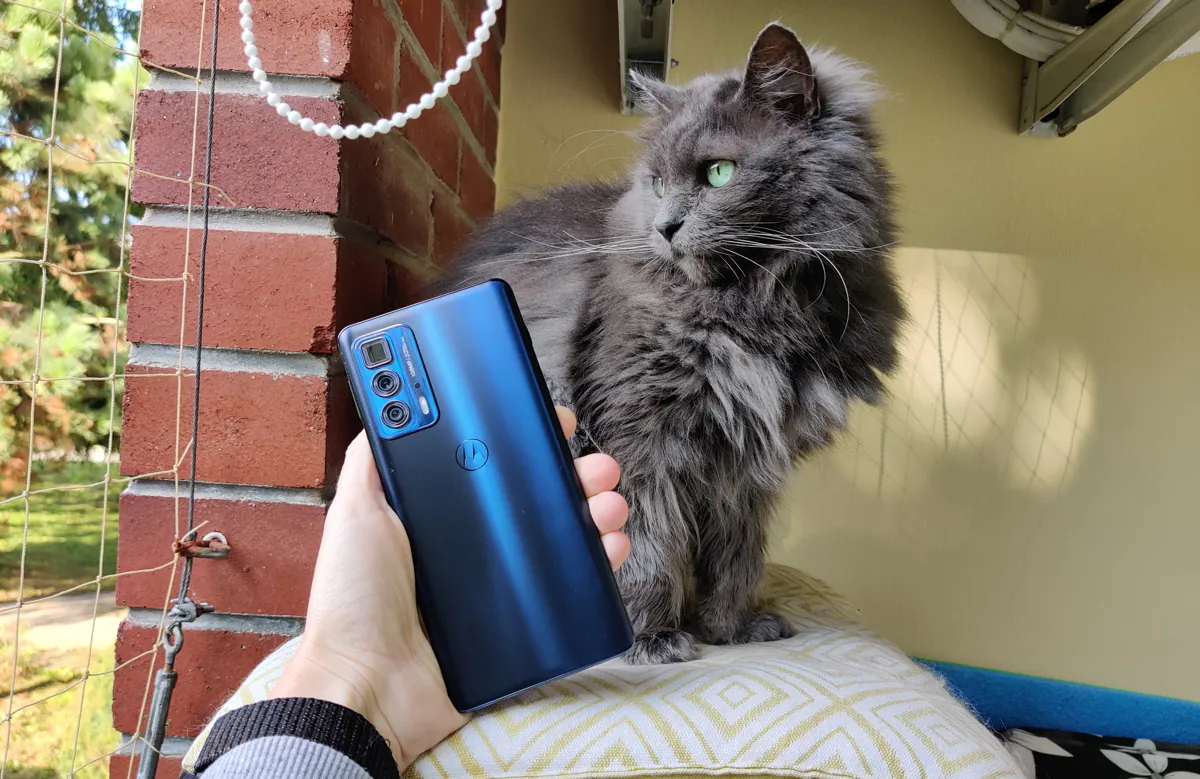
Positioning and price
The 2021 Edge series saw the light of day in late summer. It consists of three models – Moto Edge 20, Edge 20 Pro and Edge 20 lite. The devices of the line stand out with an interesting design. Moreover, if last year’s devices were distinguished by strongly rounded edges of the screen, now the glass is flat.
I have already told you in great detail about the Edge 20. Why is the Edge 20 Pro better? The processor is more powerful, there’s more RAM and ROM and a better battery, and there’s a telephoto lens, which allows you to zoom in as much as 5 times without losing quality. Is it all worth additional $250? Let’s try to figure it out.
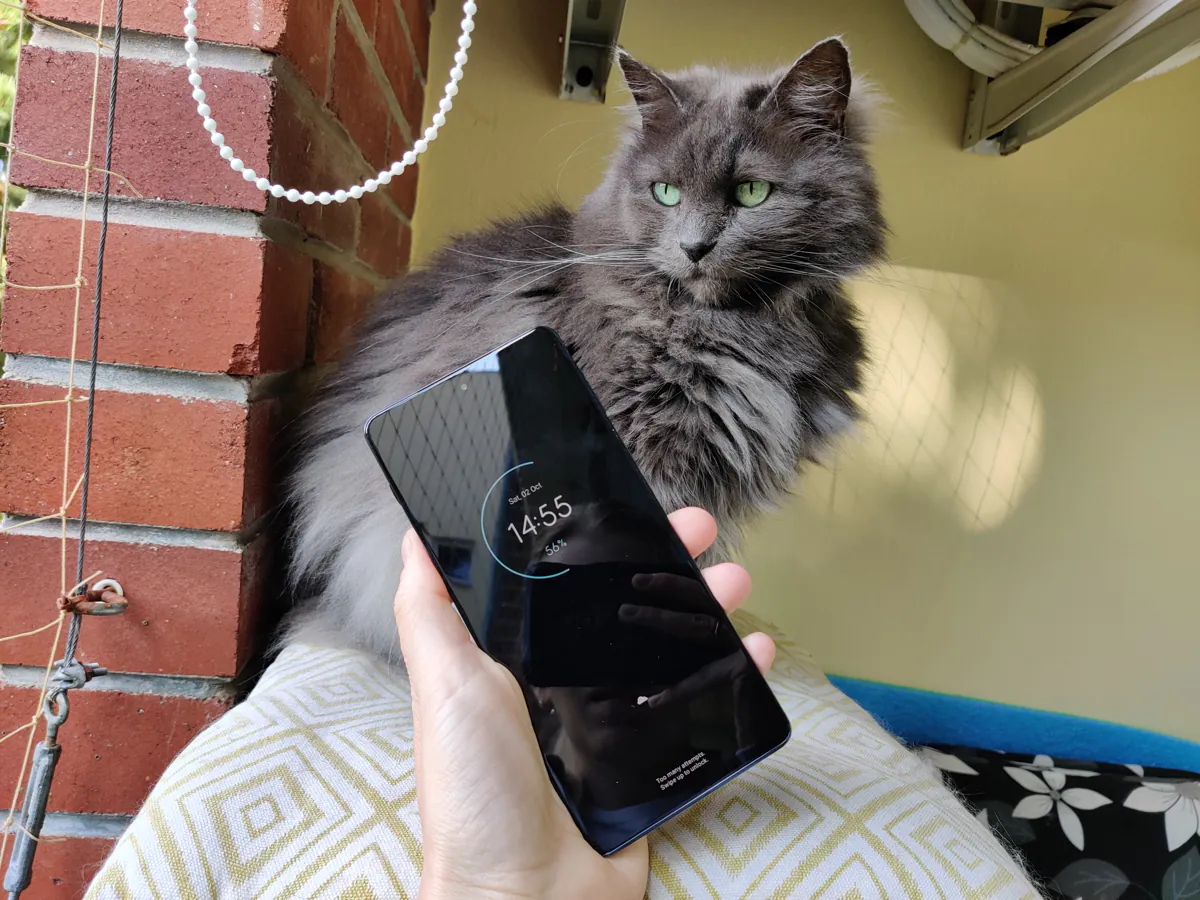
By the way, the Edge 20 Pro is not a flagship in its full sense. This is the top model of the line, but still only an “affordable” flagship. The device does not use the latest Snapdragon 888 processor. Probably because this chip is not very good and gets very hot.
In the USA and Europe the device costs 800 dollars or 700 euros, which is a lot.
Read also: Moto Edge 20 review: Why do we need flagships anyway?
Moto Edge 20 Pro specifications
| NETWORK | Technology | GSM / HSPA / LTE / 5G |
|---|
| LAUNCH | Announced | 2021, July 29 |
|---|---|---|
| Status | Available. Released 2021, August 16 |
| BODY | Dimensions | 163 x 76 x 8 mm (6.42 x 2.99 x 0.31 in) |
|---|---|---|
| Weight | 185/190 g (depending on color) (6.53 oz) | |
| Build | Glass front (Gorilla Glass 5), aluminum frame, glass back (Gorilla Glass 5) or eco leather back | |
| SIM | Dual SIM (Nano-SIM, dual stand-by) | |
| Water-repellent design |
| DISPLAY | Type | OLED, 1B colors, 144Hz, HDR10+ |
|---|---|---|
| Size | 6.7 inches, 110.2 cm2 (~89.0% screen-to-body ratio) | |
| Resolution | 1080 x 2400 pixels, 19.5:9 ratio (~385 ppi density) | |
| Protection | Corning Gorilla Glass 5 |
| PLATFORM | OS | Android 11 |
|---|---|---|
| Chipset | Qualcomm SM8250-AC Snapdragon 870 5G (7 nm) | |
| CPU | Octa-core (1×3.2 GHz Kryo 585 & 3×2.42 GHz Kryo 585 & 4×1.80 GHz Kryo 585) | |
| GPU | Adreno 650 |
| MEMORY | Card slot | No |
|---|---|---|
| Internal | 128GB 6GB RAM, 128GB 8GB RAM, 256GB 8GB RAM, 256GB 12GB RAM | |
| UFS 3.1 |
| MAIN CAMERA | Triple | 108 MP, f/1.9, (wide), 1/1.52″, 0.7µm, PDAF 8 MP, f/3.4, 126mm (periscope telephoto), 1.0µm, 5x optical zoom, PDAF, OIS 16 MP, f/2.2, 13mm, 119˚ (ultrawide), 1.0µm |
|---|---|---|
| Features | Dual-LED flash, panorama, HDR | |
| Video | 8K@24fps, 4K@30/60fps, 1080p@30/60/240/960fps, gyro-EIS |
| SELFIE CAMERA | Single | 32 MP, f/2.3, (wide), 0.7µm |
|---|---|---|
| Features | HDR | |
| Video | 4K@30fps, 1080p@30/120fps |
| SOUND | Loudspeaker | Yes |
|---|---|---|
| 3.5mm jack | No |
| COMMS | WLAN | Wi-Fi 802.11 a/b/g/n/ac/6, dual-band, Wi-Fi Direct, hotspot |
|---|---|---|
| Bluetooth | 5.1, A2DP, LE | |
| GPS | Yes, with dual-band A-GPS, GLONASS, BDS, GALILEO | |
| NFC | Yes | |
| Radio | No | |
| USB | USB Type-C 3.1, DisplayPort 1.4 |
| FEATURES | Sensors | Fingerprint (side-mounted), accelerometer, gyro, proximity, compass |
|---|
| BATTERY | Type | Li-Po 4500 mAh, non-removable |
|---|---|---|
| Charging | Fast charging 30W |
| MISC | Colors | Midnight Blue, Blue Vegan Leather, Iridescent Cloud |
|---|
What’s in the box
The packaging with the smartphone is striking in its size. However, I was not surprised, since I had already seen the Moto G100 box. In one box you will find two smaller ones – one with the smartphone itself, the other with the Ready For cable. I’ll tell you about it a little later.
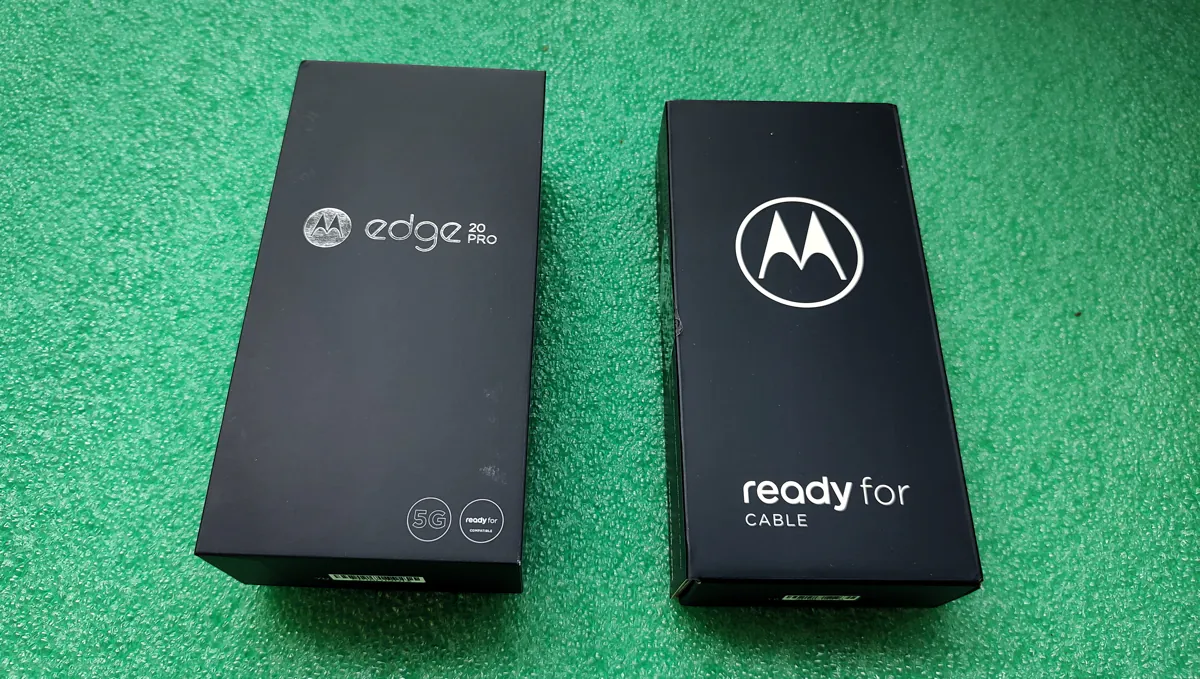
The box with the phone contains a Moto Edge 20 Pro, a USB-C to USB-C cable, a 30-watt power supply, documentation, a SIM eject tool.
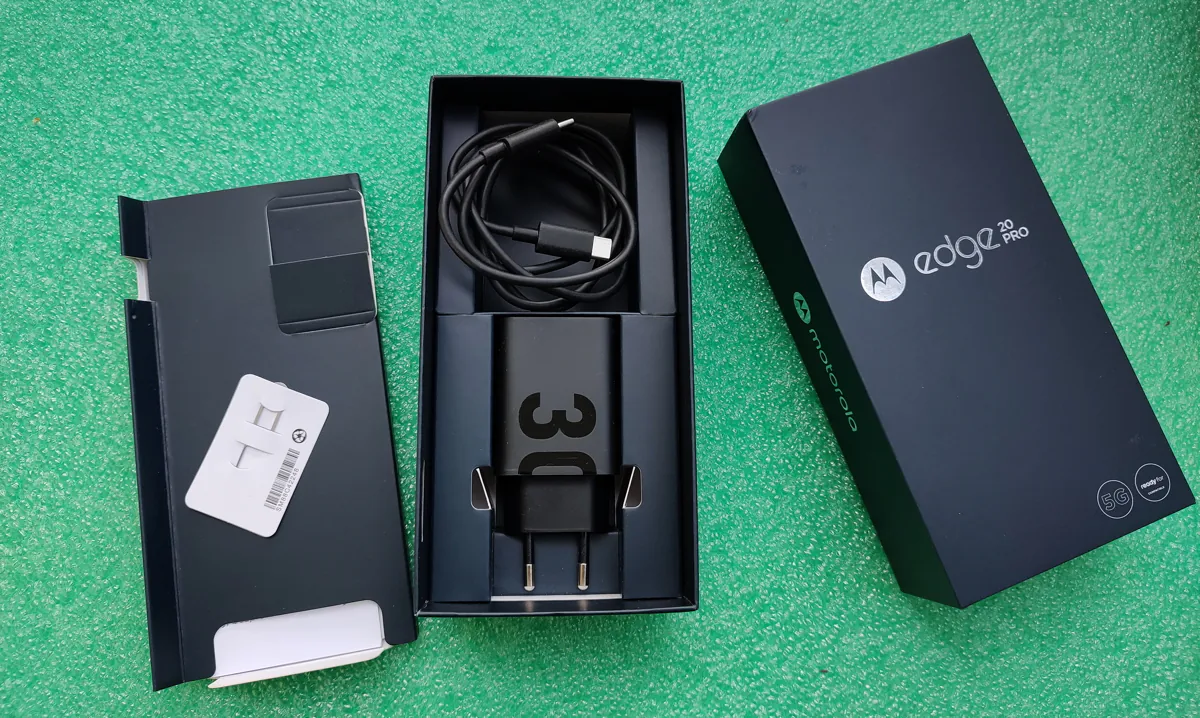
There’s also a silicone case. It is quite good, with nice matte sides and a bluish tint (so when it turns yellow, like any silicone, it will not be noticeable).
Now let’s look at the box with a cable for connecting to a TV or a monitor. As usual, it surprises with its size and the amount of empty space – the cable itself is not very large.
So, Moto Edge 20 Pro has an interesting feature – when connected to a monitor or TV with a special cable, you can use the phone as a computer. We will talk in more detail about this mode in a separate section. And here I will show the cable itself. It’s quite good, well made, with metal ends and caps to protect the connectors. The length is about a meter.
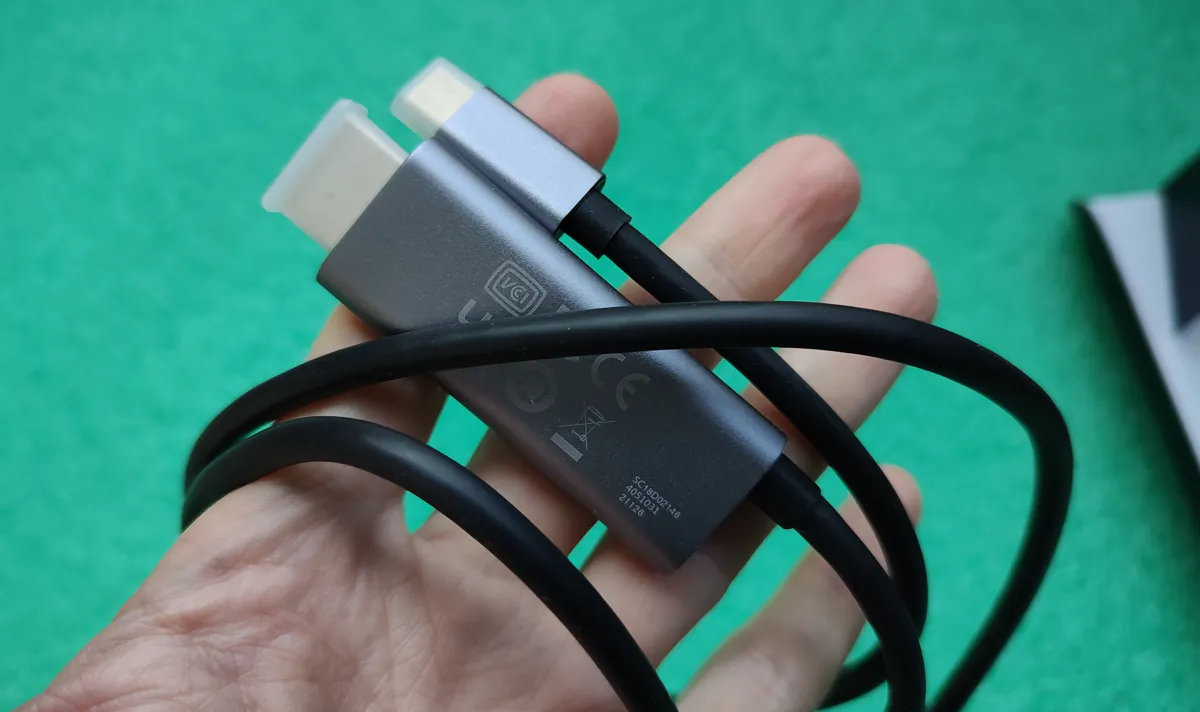
Read also: Motorola Moto G60s review — Big budget phone with super fast charging
Design
When discussing this aspect of the Moto Edge 20, I was absolutely enamoured. The cheaper model in the Edge series is very narrow (6.99 mm), with flat panels at the front and back. It looks gorgeous. I expected that the Pro model would be the same, but – alas. The Moto Edge 20 Pro is a millimeter thicker. It’s not much, but you feel it.
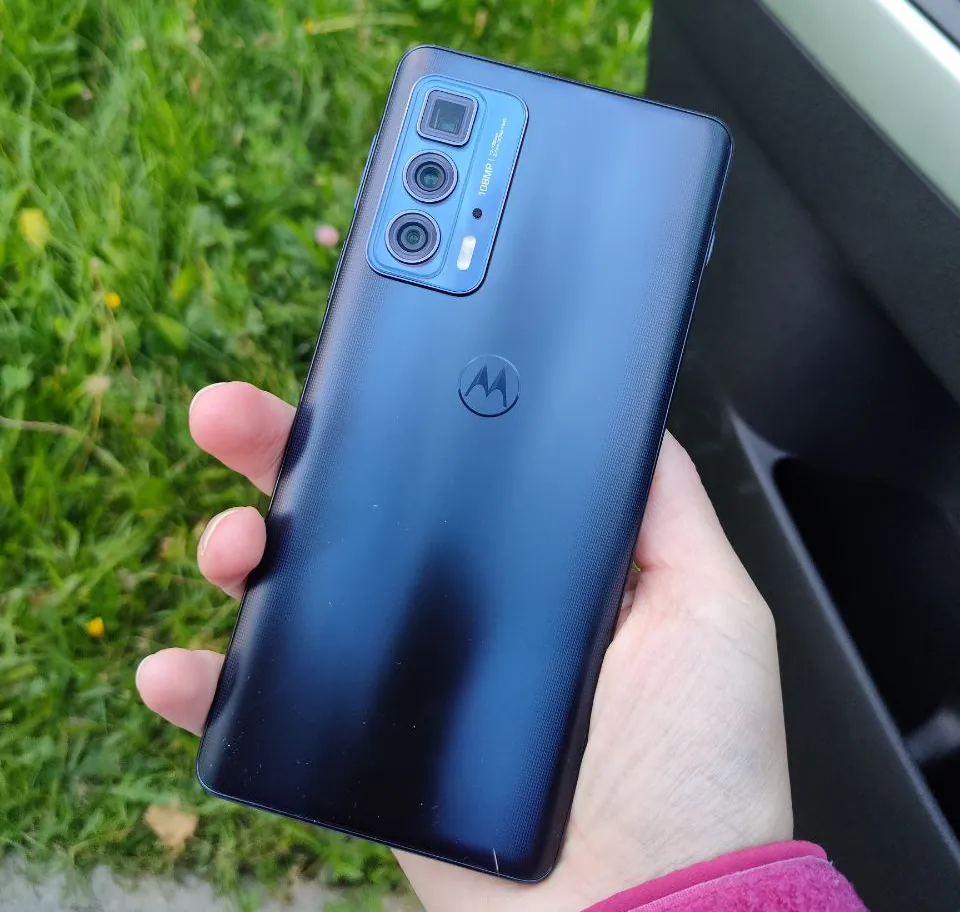
Apparently, due to the increased thickness, instead of a flat back, the Moto Edge 20 Pro received the usual sloping one. I won’t say that the smartphone is ugly. But.. there’s no wow effect at all. The cheaper model looks too so good in comparison! However, you have every right to disagree with me.
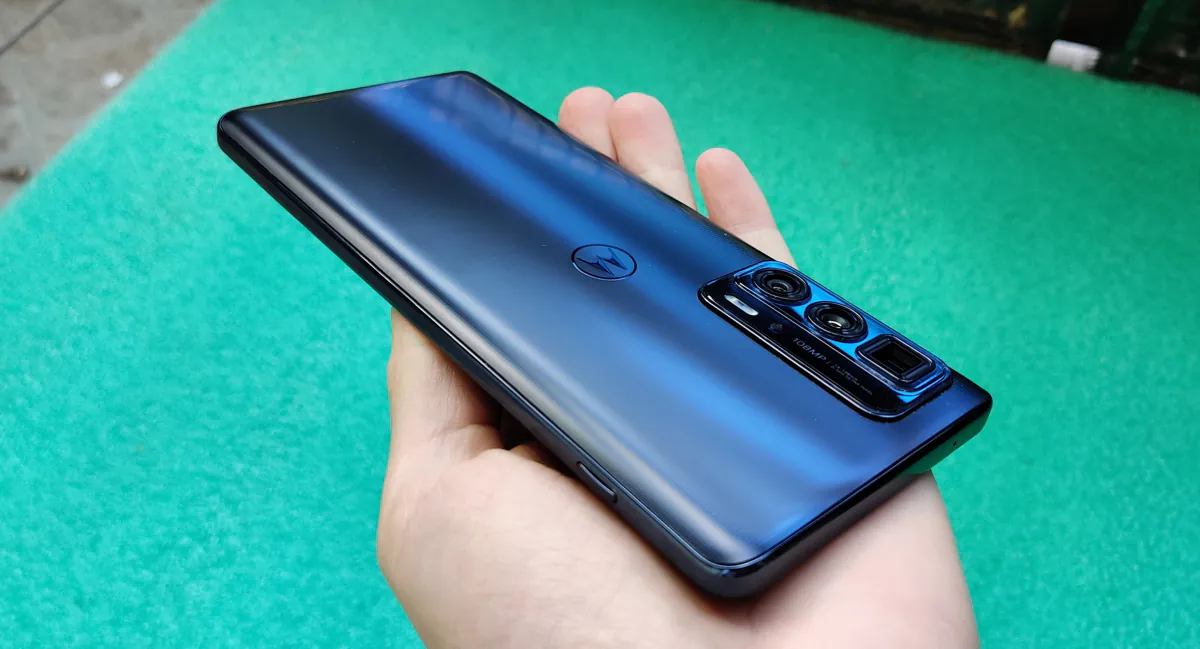
The phone is large, like most current models, but I got used to after a while. You can use the Moto Edge 20 Pro with one hand.
The bezels could be smaller, but they are not huge anyway. The upper and lower bezels are almost the same width with no prominent notch.
The front-facing camera is located right in the screen, its whole is very small and is hardly noticeable.
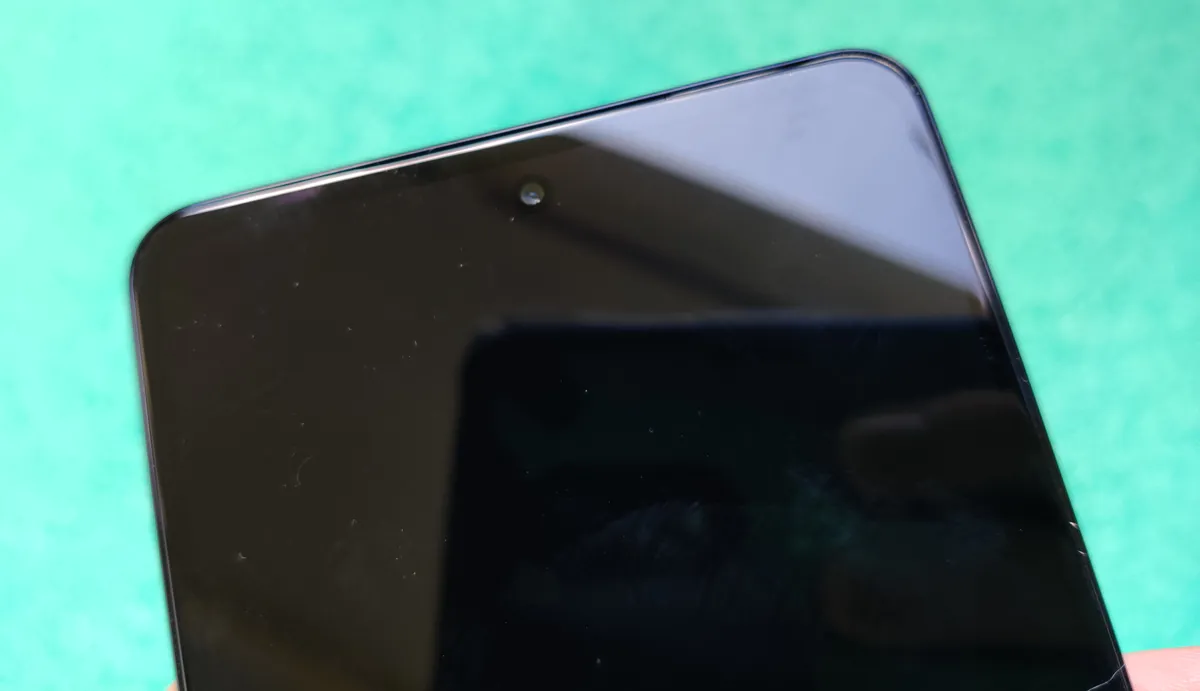
However, many apps have a bar at the top by default. In the settings, you can choose which apps or games should run in full screen mode.
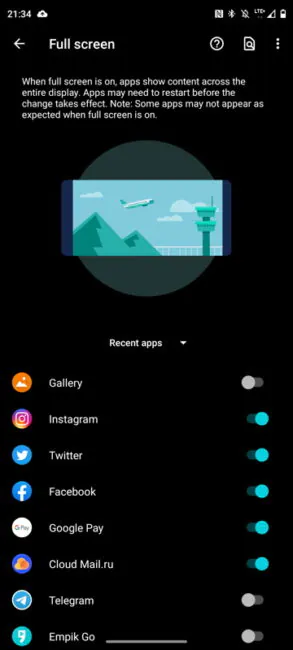
The front panel is protected by durable Corning Gorilla Glass 5. Not the latest version, but it’s still more than capable. The oleophobic coating is not bad as well.
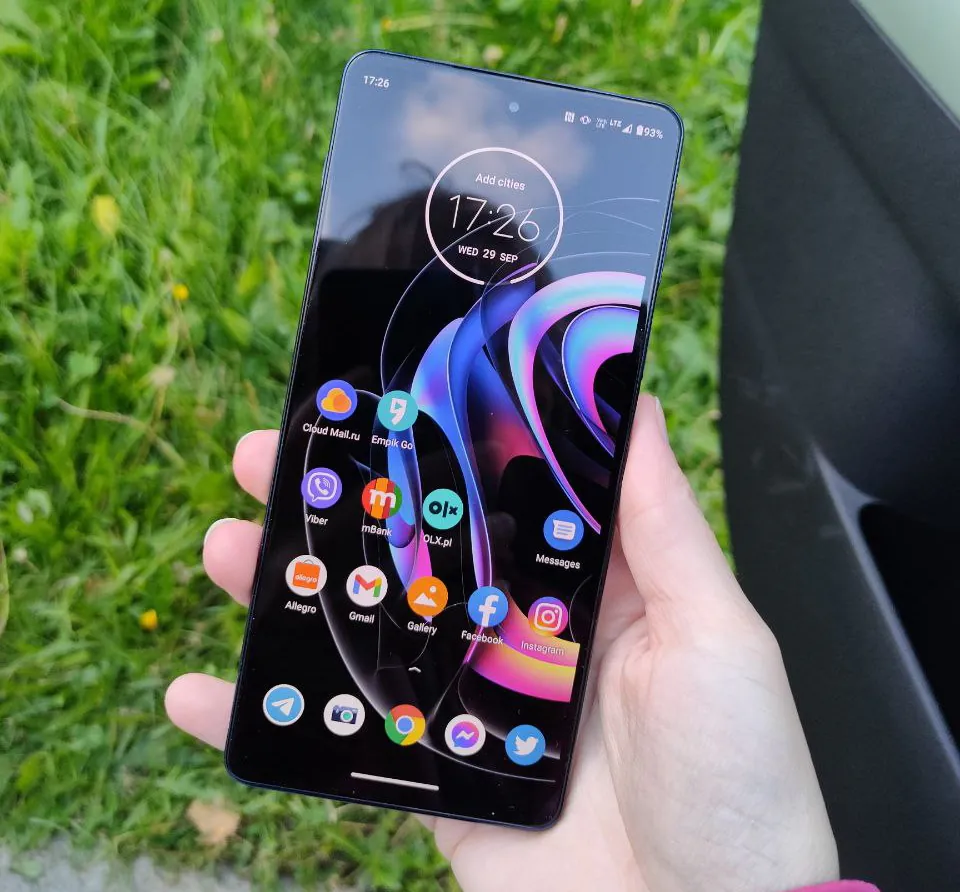
The body is made of aluminum, it is glossy and has a … resin coating. And it doesn’t feel like premium material to the touch. Again, not impressive compared to the Edge 20 and its brushed metal edges. And also fingerprints and scratches are clearly visible. See for yourself:
Motorola claims that the back panel of the smartphone is made of 3D glass. Take their word for it; the material feels more like the high-quality multilayer plastic that of the Edge 20.
The back plate looks impressive, hardly anyone can argue with that.
It shimmers beautifully in the light and has a nice three-dimensional pattern.
The panel is matte, but this does not prevent it from collecting fingerprints, which are not easy to wipe off. But if you use a case, there will be no problem.
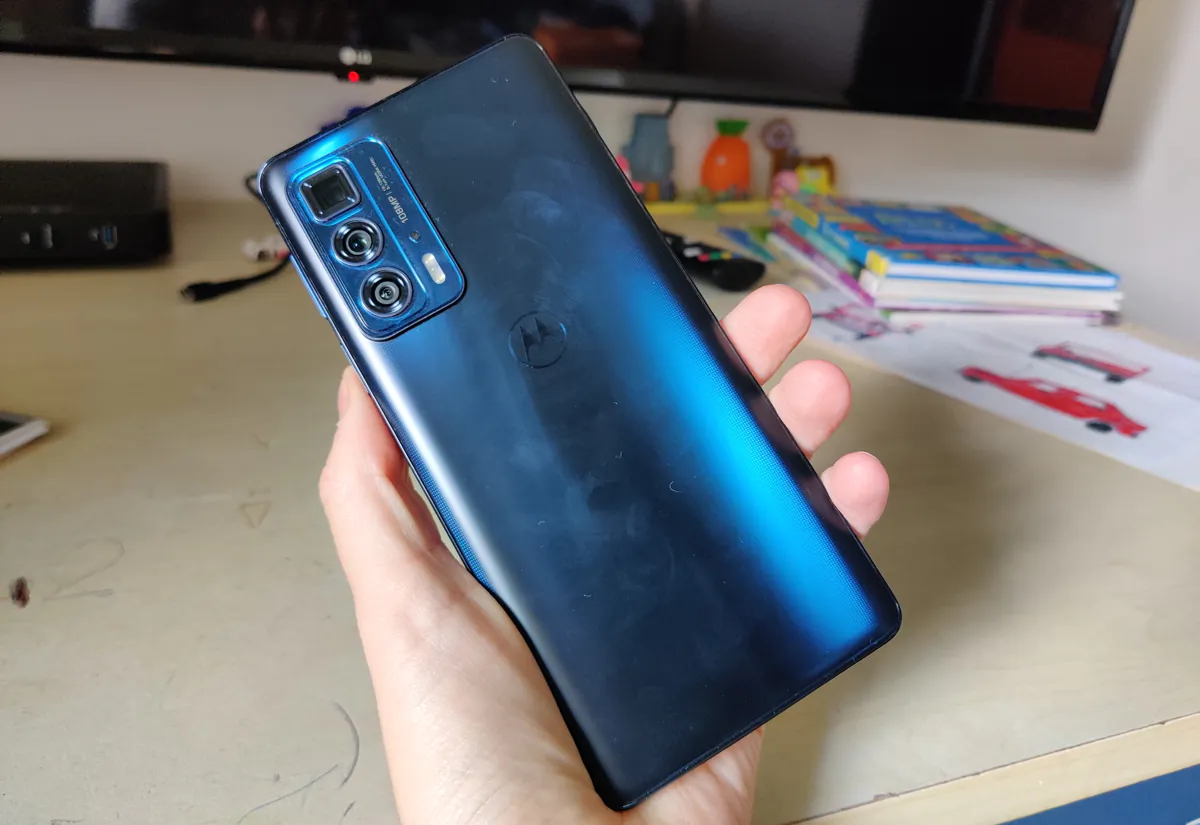
The first thing you notice when looking at the back of the Moto Edge 20 Pro is the massive camera block. It looks, one might even say, “professional”.
It also looks original, I don’t remember anything like that. This is the telephoto periscope that the younger model of the Moto Edge 2021 series does not have. The camera is very recessed into the body. The module is able to do a 5x zoom without loss of quality.
If the phone is on the table, it wobbles because of the cameras.
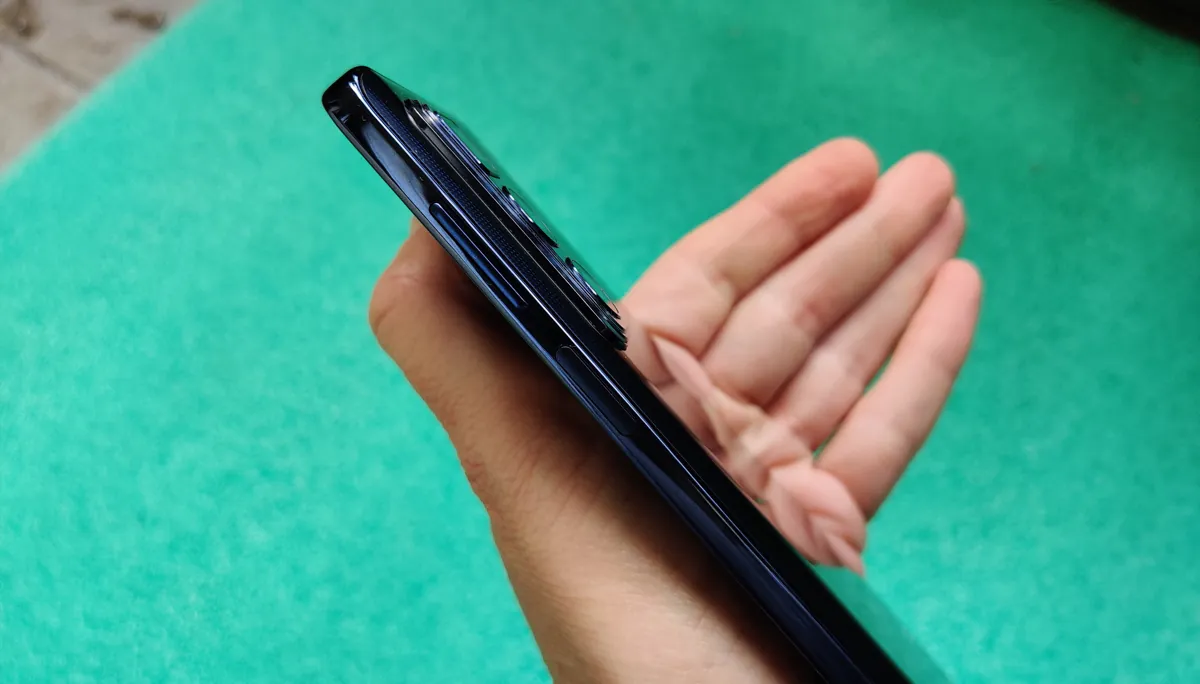
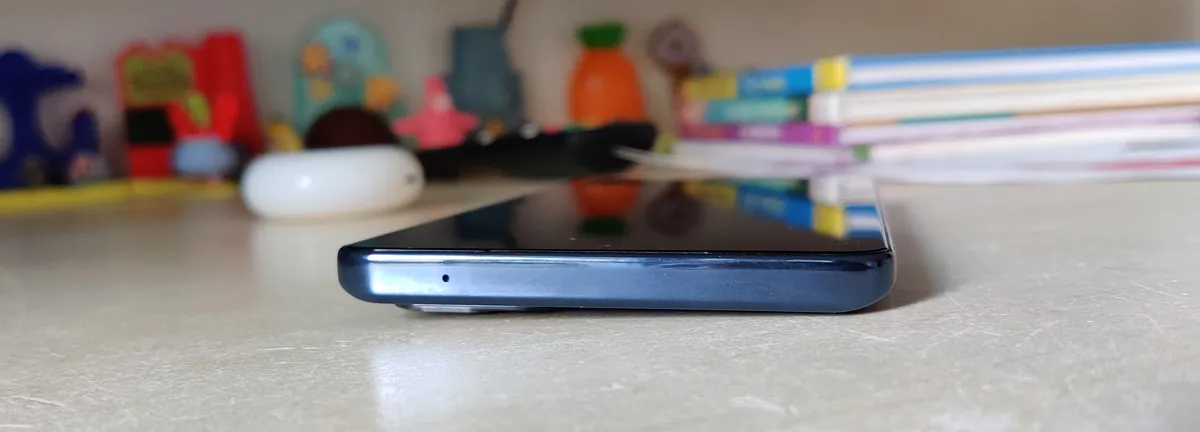
The Moto Edge 20 Pro comes in three colors – Midnight Blue, Iridescent White, and Indigo Vegan Leather. But in Europe, only dark blue is available for sale.
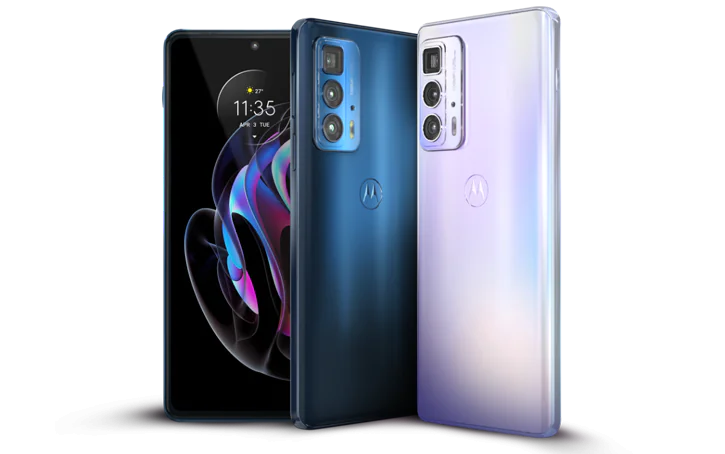
The control keys in the Moto Edge 20 Pro are located on both sides of the device. On the left is the proprietary Google Assistant key. It’s pretty useless, and located too high. You cannot reassign it, but at least there’s a way to disable it in the settings.
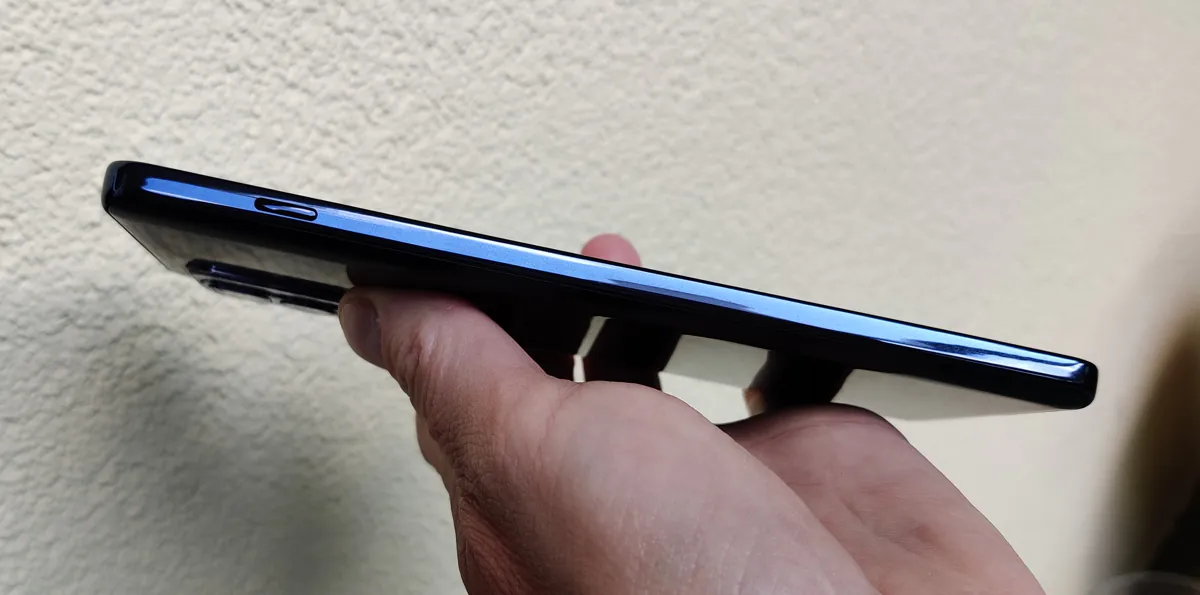
On the right is a double volume control key, as well as a power/lock button combined with a fingerprint scanner. In my opinion, the volume rocker is too high, you have to reach for it.
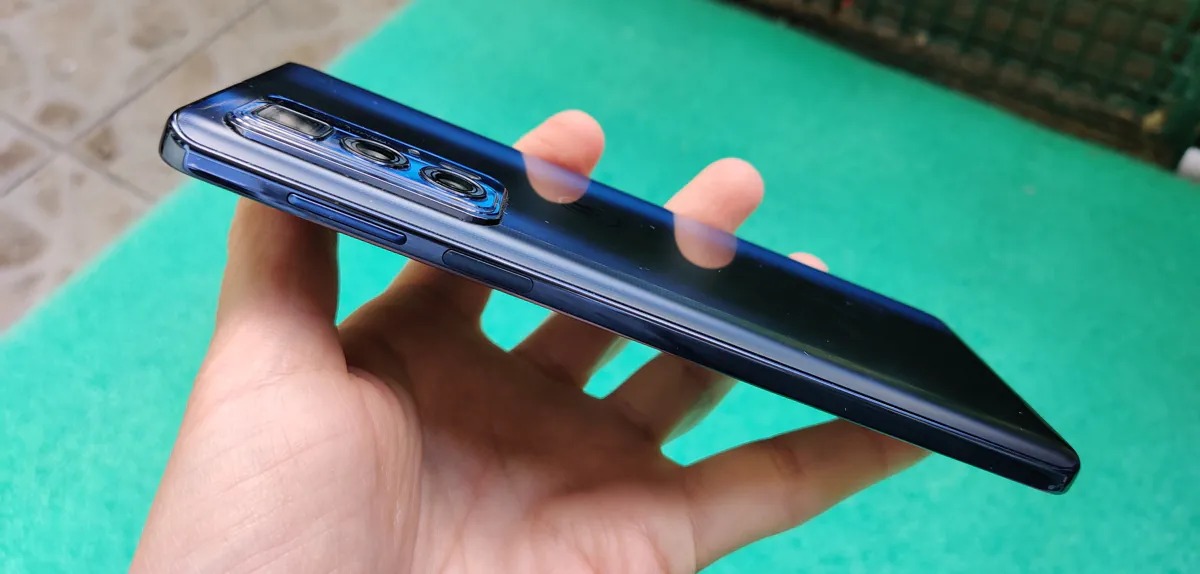
The power button, aka a fingerprint scanner, seemed inconvenient to me. It’s easy to reach it, but not pleasant to use. Anyway, forgive me, Motorola engineers, but an in-screen scanner is much more appropriate in a phone that costs 800 bucks. I used the Edge 20 Pro right after another smartphone with a built-in fingerprint scanner and at first, out of habit, constantly put my finger on the screen.
However, this is all a matter of habit. The scanner itself is high quality, it works instantly and without errors, even if the finger is wet.
You can also double-tap the lock key to bring up a customizable menu with app icons for quick launch.
On the upper edge of the Moto Edge 20 there is nothing interesting except for an additional microphone, but on the lower edge there is a charging connector, another microphone and slots for a mono speaker, and, finally, a SIM card slot.
The SIM-slot has a “sandwich” format, the first SIM fits on top, the other on the bottom. There is no slot for memory cards, but 256 GB should be enough for everyone. There is also no 3.5 mm jack, unlike, say, the Moto G.
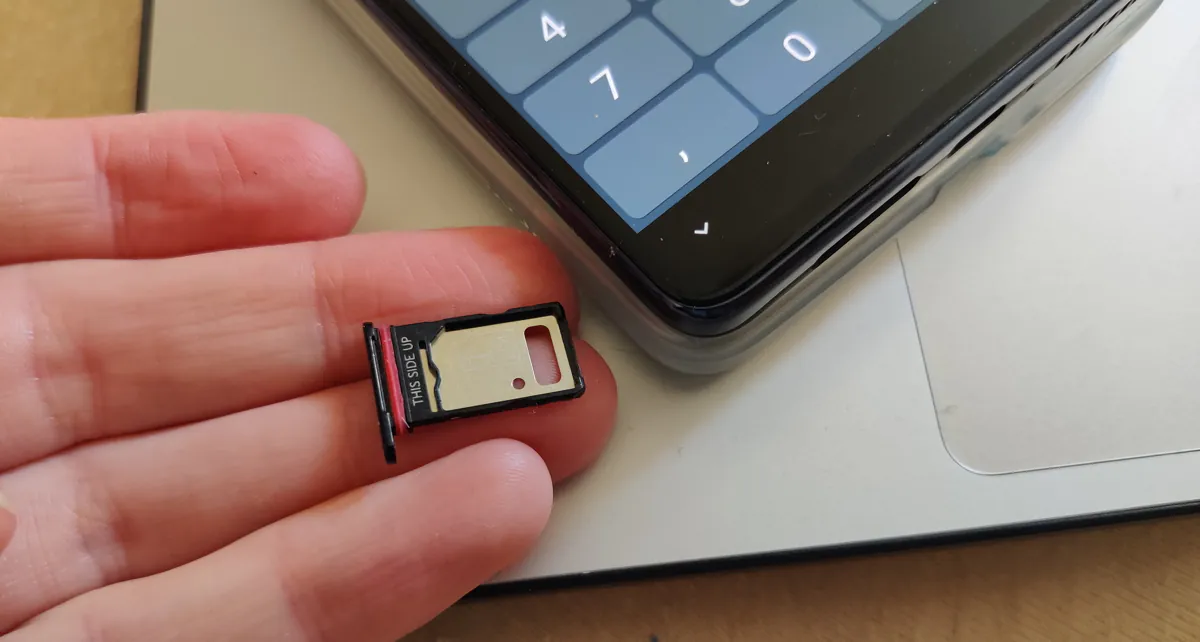
In conclusion, it should be added that the Moto Edge 20 case has a hydrophobic shell, it is not afraid of water and rain (IP52).
Read also: Motorola Moto G10 vs Moto G20: Which Twin to Choose?
Screen
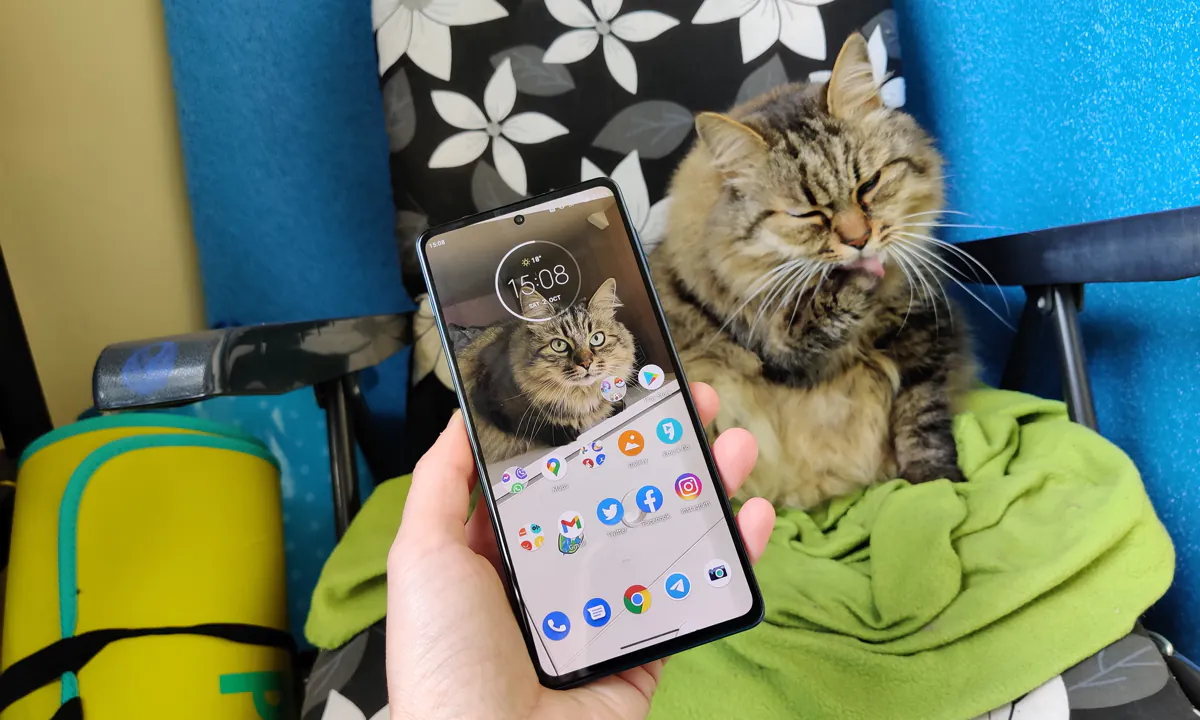
The manufacturer is proud of the screens here. Both models have identical displays. The quality of the 6.7-inch OLED matrix is nice, thanks to support for HDR10+ and DCI-P3 color space. The picture is juicy, but not unnatural. The viewing angles are great, without color distortion. The depth of black is impressive. The picture is very clear.
The main feature is 144 Hz screen refresh rate. It’s good that it’s here, but for $800 it’s to be expected; a lot of cheaper models have it too. Of course, the picture is smooth and pleasant.. There are three modes: automatic, 60 Hz or 144 Hz.
It is best to use the automatic option (the phone jumps between 48, 60, 90 and 120 Hz), to save the battery. However, it is important to understand that in automatic mode you have a maximum of 120 Hz.
Automatic brightness works without misfires. There is an option to adjust the color temperature (removes cold shades in the evening). There are three color saturation options.
Sun readability is good, although the display gets harder to see. Standard brightness is around 480 nits, peak brightness is around 670 (that’s only 20 more than the regular Edge 20).
Hardware and performance
The smartphone is powered by the Qualcomm Snapdragon 870 chipset. This is the most popular chip in 2021 for advanced mid-rangers (or “flagship killers” if you will). The chipset contains 8 cores in a 1 + 3 + 4 combination with a main core frequency of 3.2 GHz. Video accelerator is Adreno 650. Somewhere there is a version with 6/128 GB, but in Europe only the advanced 12/256 is available.
The flagship of the G line, the Moto G100, is also powered by the Snapdragon 870, but the Edge 20 Pro outperforms it in synthetic tests, albeit not significantly. In GeekBench 5 the hero of the review scored 3140 points, in AnTuTu 9 it scored 711,020.
In the throttling test, the Edge 20 Pro gave up surprisingly quickly – up to 69% at peak load. Usually smartphones with Snapdragon 870 do not behave like this. Well, on the other hand, the device practically did not heat up. And in defense of the Moto Edge 20 Pro, it’s also worth noting that in the 3DMark Wild Life stress test, the model produced a confident 99.5%.
Of course, a device with an “almost flagship” processor is very fast. The performance is excellent, everything is smooth, there is not the slightest lag, even in the most demanding tasks or 3D toys.
All is good, but… I wrote the same thing about the standard Edge 20. The numbers in the benchmarks are higher, the performance is better, but in everyday use these two devices are nearly indistinguishable. Well, unless you like to play some very resource-demanding games.
Cameras
Motorola is putting a lot of emphasis on photography with the Edge 20. Let’s see how this has turned out in practice.
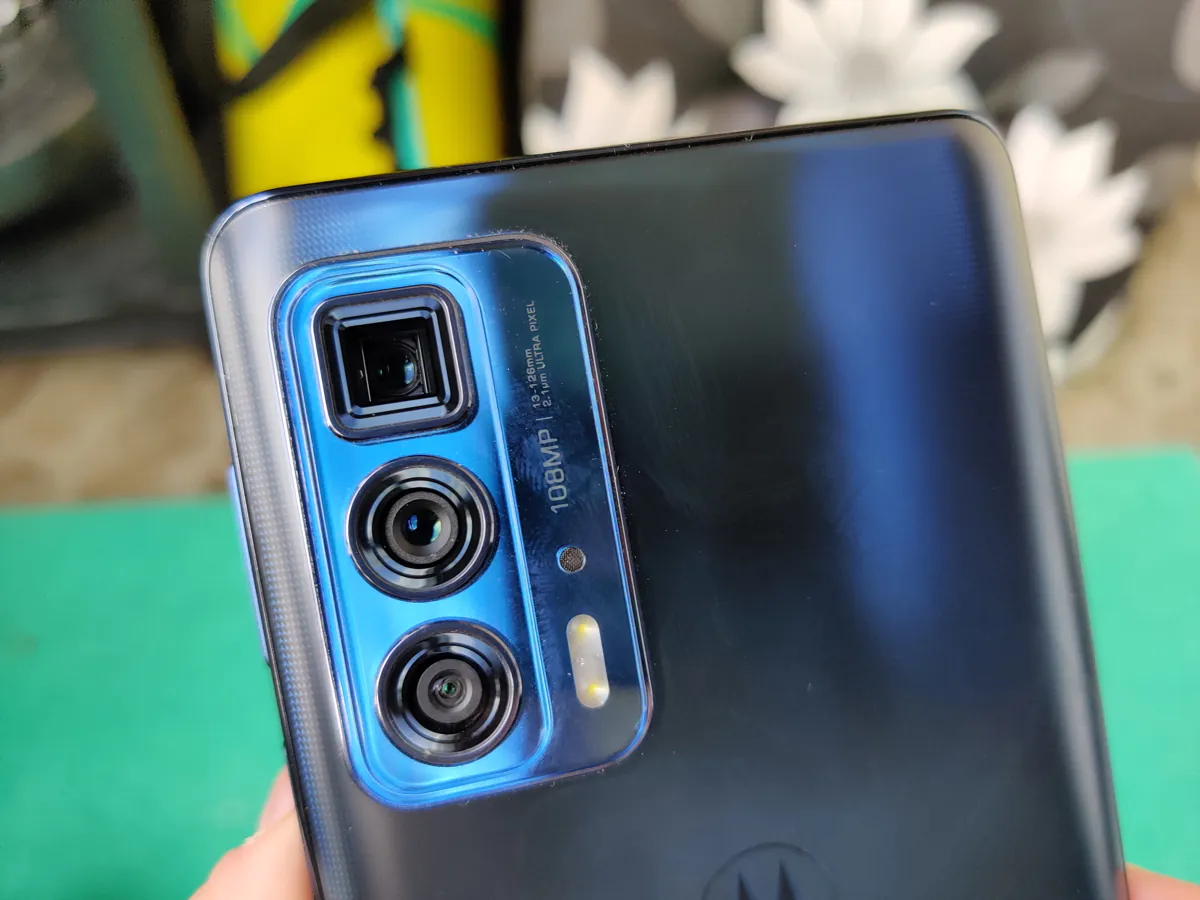
The Moto Edge 20 Pro smartphone is equipped with three main modules – a 108MP main camera, an 8MP camera with 5x optical zoom and a 16MP ultra wide-angle lens that can shoot macro thanks to autofocus. There is also a dual LED flash.
The main camera uses a 108-megapixel Samsung ISOCELL HM2 sensor measuring 1/1.52 inches 0.7 microns with a 24mm f/1.9 wide lens. However, do not think that your photos will have a resolution of 108 megapixels. The technology of combining pixels is used, at the output we have 12 megapixel images, but clear and detailed. There’s electronic stabilization, but no OIS. Night mode only supports the main lens.
The ultra-wide-angle camera is a 1/3.06″ 16MP OmniVision OV16A10 sensor with 1.0μm pixels and an f/2.2 17mm lens. Thanks to the presence of autofocus, such a camera allows you to take macro shots from a distance of 4-8 cm.
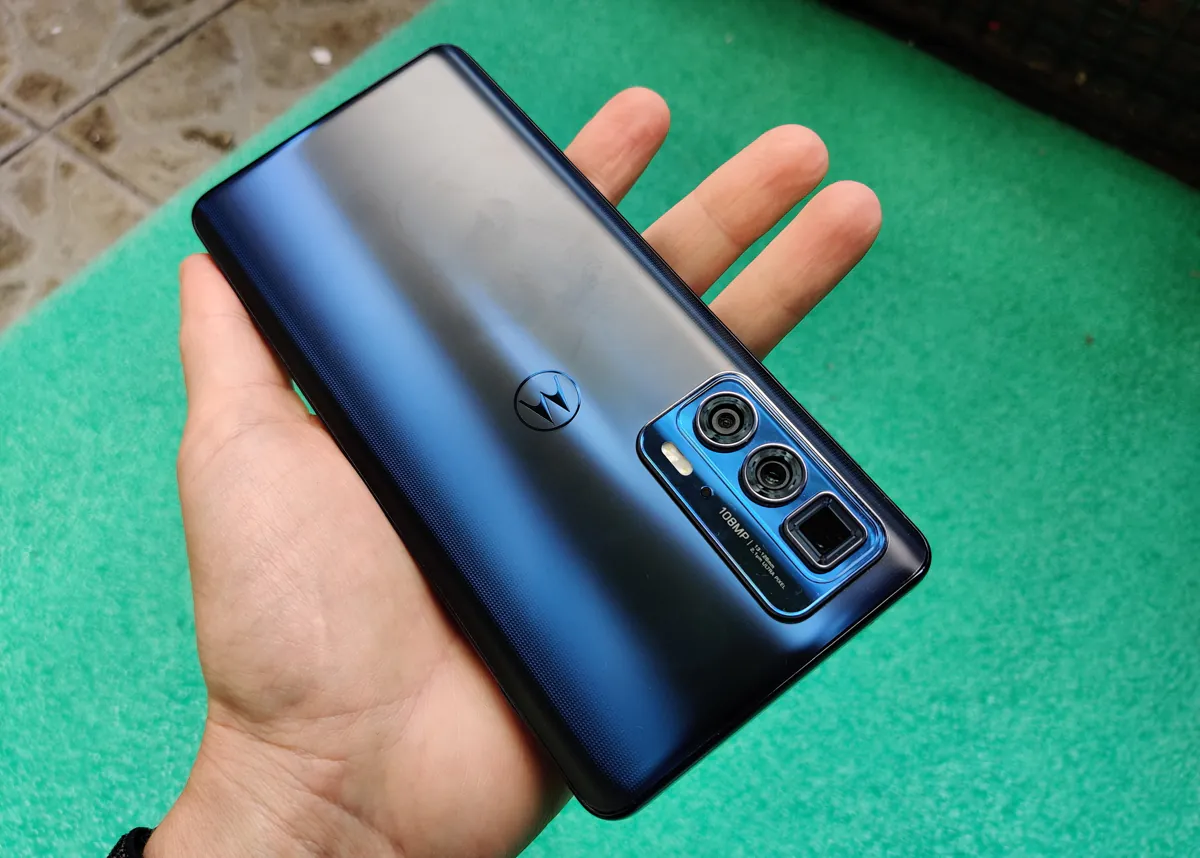
What sets the Moto Edge 20 Pro apart from its 8MP sibling is the 1/4.4-inch OmniVision OV08A10 telephoto lens with 1.0μm pixels. What is funny, in terms of numbers, everything is the same as in the standard Edge 20. Only the module is connected to periscope telephoto lenses, which gives us an equivalent focal length of 126 mm (as it is written on the camera block). Aperture is f/3.4. Optical stabilization is also available for this module.
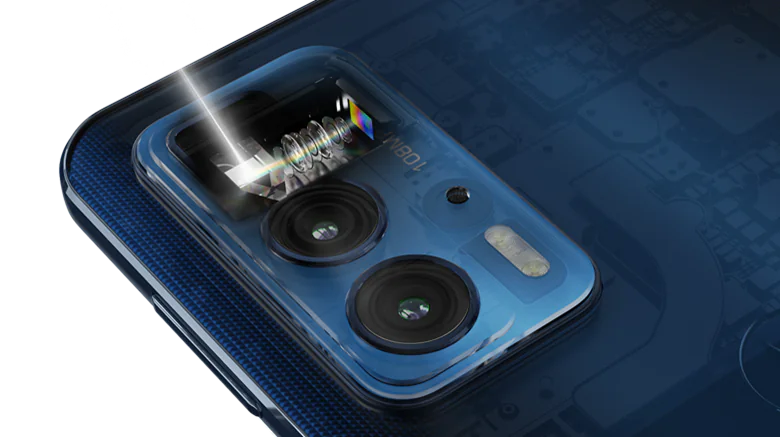
The selfie camera has a 32-megapixel OmniVision OV32B40 1/3-inch sensor with a resolution of 0.7 microns, a 28 mm f/2.3 lens. The focus is fixed. The pixels are also combined, so that the photos are 8 megapixels.
Let’s talk about photo quality. As you might expect, everything is fine in good lighting. The pictures are clear, well-detailed, with pleasant color reproduction.
ALL PHOTOS MADE WITH MOTO EDGE 20 PRO IN ORIGINAL RESOLUTION
The module is the same as in Edge 20, respectively, and the photos are the same. But remember, the Edge 20 costs $250 less. I would like something more impressive. These graffiti are actually very bright, and Moto makes everything look kind of dull.

Or here’s a sunny day by the water for comparison. On the right is the Realme GT and on the left is the Moto Edge 20 Pro. Judge for yourself. Although, perhaps, this is a matter of taste.
As already noted, by default, photos are created in 12 megapixel resolution (3000 × 4000 pixels). In the settings, you can turn on the original 108 megapixels, but it makes no sense, the files will be heavy, and there is practically no difference in quality. Here is a comparison, 108 MP on the right (full resolution).
In my review of the Edge 20, I wrote that night photography is acceptable considering the price. The Pro is much more expensive, so I’m not ready to make discounts anymore. It should be better.
There is also a special night mode. True, most often it brightens the pictures too much, so much so that they become to look unnatural. But in almost complete darkness it can help. Here is a comparison, photos taken in night mode are on the right.
More examples here.
The wide-angle lens is not bad, the photos are good, with decent contrast and dynamic range, the corners are almost not distorted. The detailing is not very good and you can find fault with the color rendition, but most users will still be happy. Below is a photo from a standard lens (left) versus a photo from a wide-angle lens (right). You can find the OG files here.
The wide-angle camera has autofocus, so it can take not only wide shots, but also macro from a distance of 4-8 cm. The device really makes juicy and beautiful shots up close. You just have to try to keep the camera as still as possible. In any case, the macro lens is not useless here, unlike many mid-range phones.
Photos in the full resolution.
Although the main lens also takes excellent photos from a relatively short distance.
The 8 megapixel telephoto camera, like the main one, makes 12 megapixel photos, which is strange. Its feature is 5x zoom without loss of quality. Hats off – the quality is really great for this level of zoom. Here are examples, 5x zoom is on the right.
Here’s the original resolution.
The smartphone also supports 50x super zoom. But using it is as convenient as sleeping on the ceiling. At the maximum zoom everything shakes terribly, the picture is a mess, and when the camera moves, the image in the viewfinder changes with a delay. As for the quality – for the 50x, well, it’s tolerable…

Here is a comparison photo from the main lens and 50x zoom on the right (original is here):
With such a strong magnification, the app shows a hint where exactly you are.
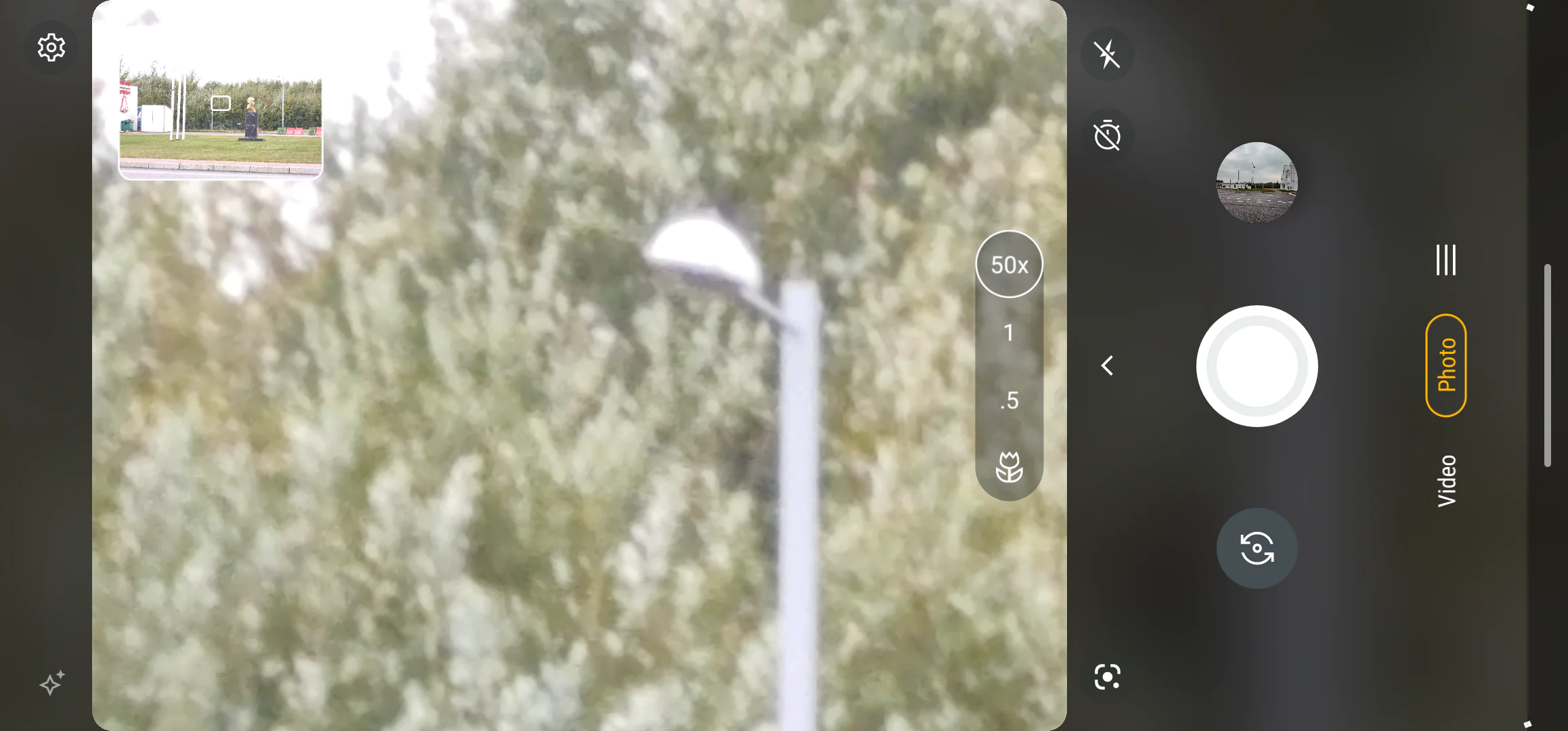
I will add that shooting in low light is only worth using the main lens. And if lighting at home is weak, both the telephoto and the wide-angle will produce noisy images.
The front-facing camera is 32 megapixels, but images are saved in 8 megapixels to combine pixels and improve quality (if you wish, of course, you can also turn on the original resolution). Selfies are great overall: they are crisp and detailed.

The difference between the Pro and the standard Edge 20, which was not previously mentioned, is the ability to record 8K video at 24 frames per second. There is also 4K at 30 or 60 fps. And there is also a distinct electronic stabilization at 4K/60pfs. But the non-pro model makes 4K only at 30 fps. And its stabilization only works at 1080p/30fps. Whether it is worth the extra money is up to you, personally I don’t think so.
The video quality is high – lots of detail, no noise, and the dynamic range is commendable.


Telephoto and wide angle lens can shoot in 1080p/30fps.
It is also worth noting the Audio Zoom technology. Additional microphones and AI are used to concentrate on the sound source and filter out unnecessary noise in the video. The option is activated automatically at 2x or more zoom.
The Motorola camera app has undergone some changes in the last couple of software releases, but the basic way of navigating menus and camera modes has remained the same. There’s a Pro mode that gives you almost complete control over camera settings such as white balance, ISO, autofocus, exposure and shutter speed up to 32 seconds for all three lenses.
One of the interesting features is super-slowmo video at 960 fps. You can also simultaneously record on the main camera and the selfie camera.
In the settings, you can choose either 8 megapixels, or 12, or the original resolution. However, if you select 8 or 12, the settings are applied to all rear cameras. The first option is not ideal for the main module, the second for the telephoto, there is no golden mean. You can only use the professional mode. It stores images as expected: 12 megapixels for the main, 16 megapixels for ultra-wide and 8 megapixels for the telephoto. But using Pro mode takes time and effort.
Read also: Motorola Moto G30 review – Impressive Budget Smartphone with 90Hz Display
Data transfer and the “Ready for” mode
There is Wi-Fi 6, Bluetooth 5.1, NFC for payment in stores, 5G (various bands are supported, including the new European n1, n38 and n78), as well as geolocation services (GPS, AGPS, LTEPP, SUPL, Glonass, Galileo, Beidou). There is also a magnetic compass.
But what is more interesting is the “Ready for” mode. This is when a smartphone acts as a PC when connected to a monitor or TV (as an option – a PC/laptop) and turns on the special UI for working.
It should be noted that this mode exists in different variations depending on the model. For example, in my review of the G100, I described in detail the Ready For, which works via a USB-C to HDMI cable (the cable was also included). The wireless version was not supported. Standard Edge 20 only supports the wireless option. The Moto Edge 20 Pro supports both wireless and wired options.
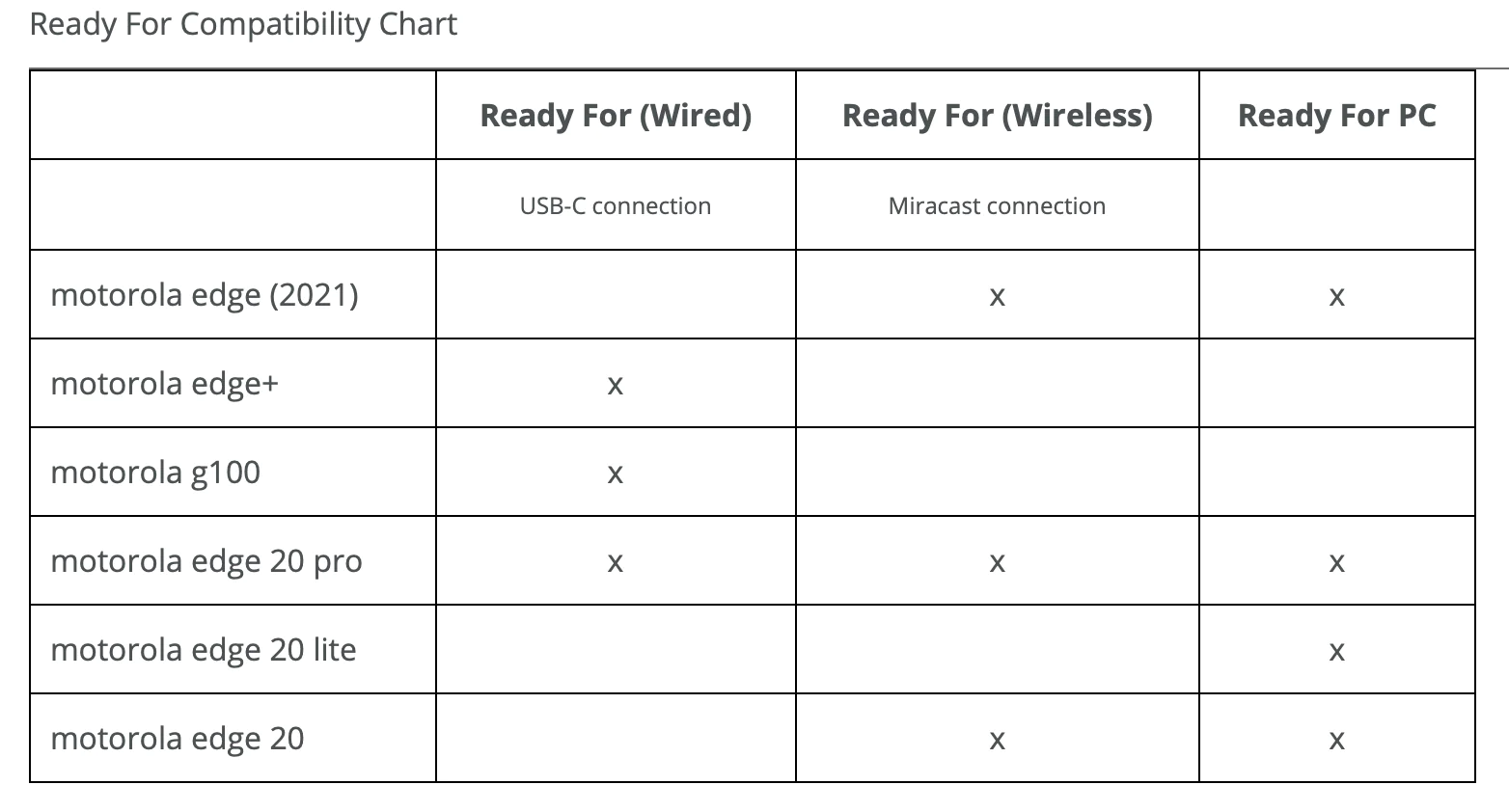
What makes wireless worse than wired? I have no odea. I can only assume that the matter is in the speed of data transfer, the resolution of the picture.
As you can see in the table, there is also the “Ready for PC” mode. It allows you to use Ready For mode in a separate window in your Mac or Windows app.
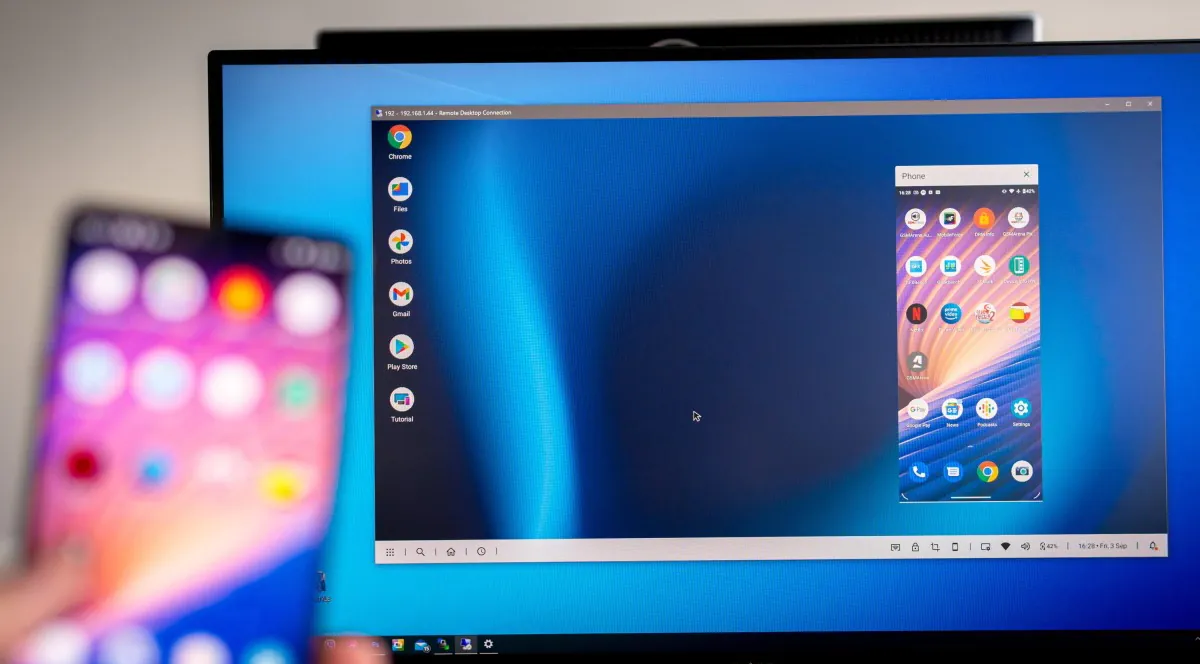
The usual “Ready for” options allow you to connect your smartphone to a TV or compatible monitor. The wireless connection uses the Miracast protocol. Most TVs support it. Monitors are the favorites, like the Huawei MateView we recently tested. In my review of Edge 20, I talked about wireless Ready For, I’ll show you a photo from there.
For a wired connection, a bundled cable is used, which I showed in the introduction. Or another compatible USB-C MHL Alt or USB-C-to-C.
In Ready for mode, you can use your phone as an alternative to your computer, game console, or use its camera or microphone for remote learning. You can connect a wireless mouse or keyboard, and the smartphone itself can act as a touchpad.
Ready For: modes
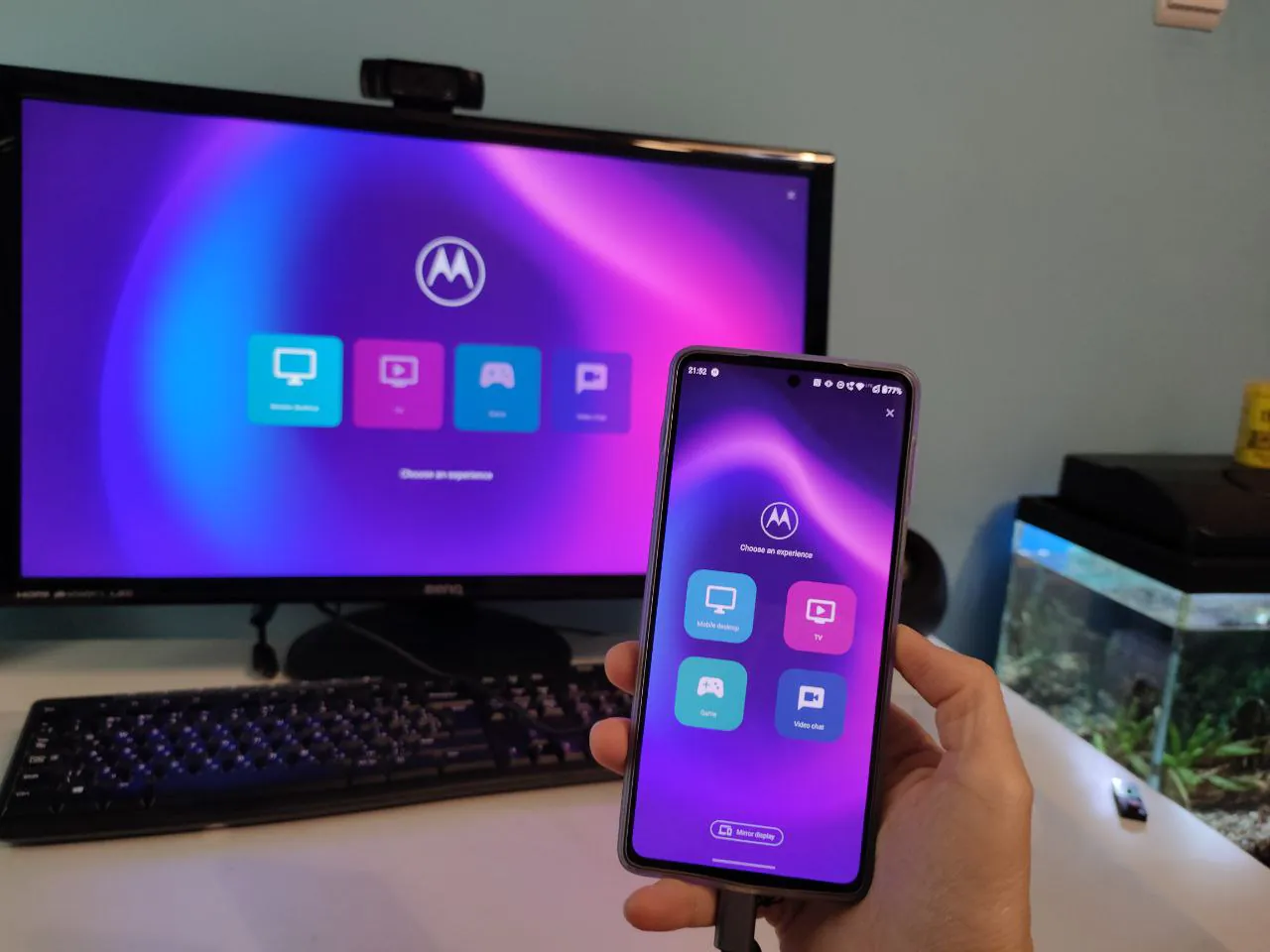
There are four of them:
- Desktop
- TV
- games
- video call
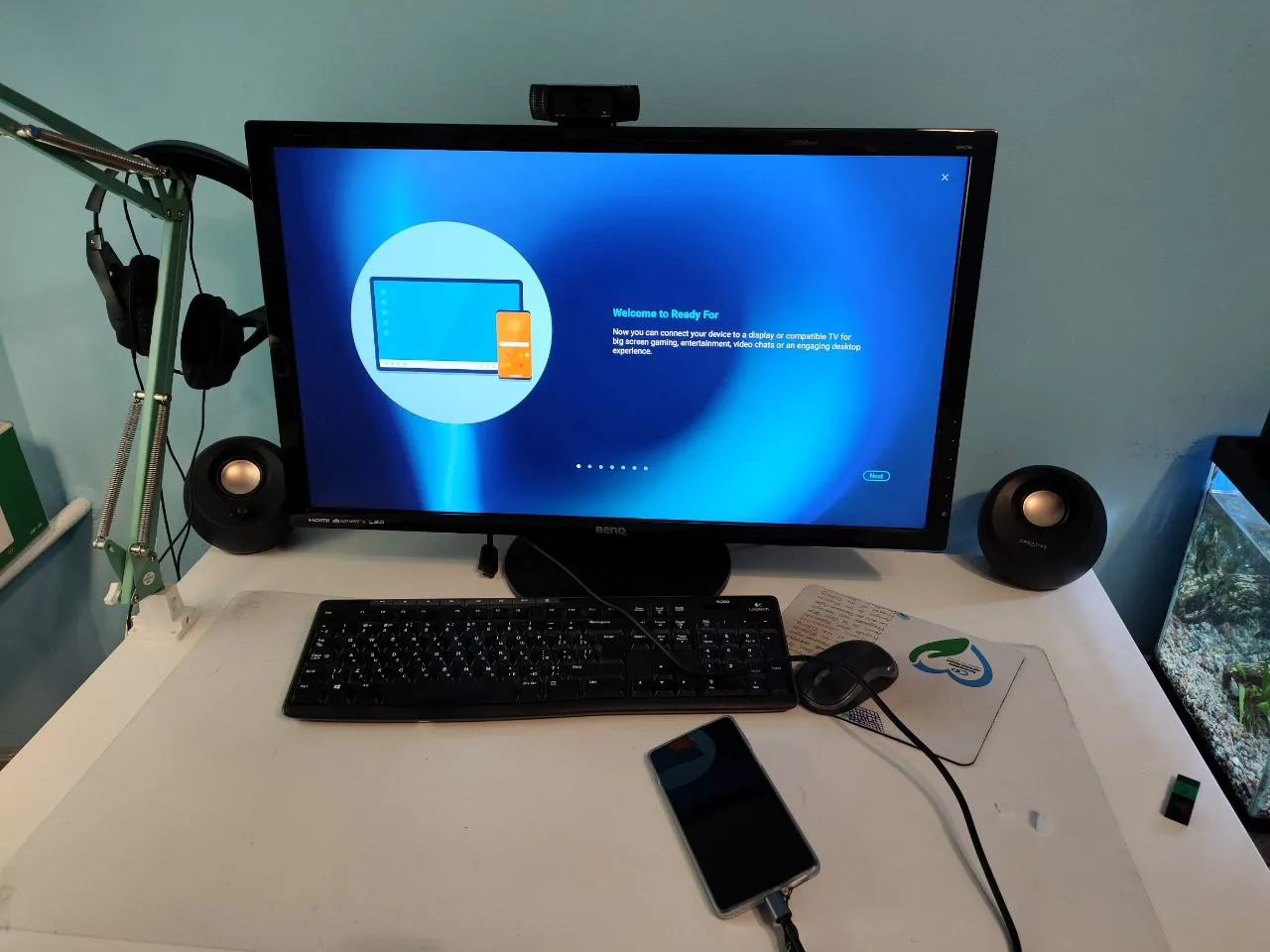
Desktop
The first variant adapts the Android mobile UI for a large screen. First of all, it becomes easier to work with different apps at the same time, you can open several windows.
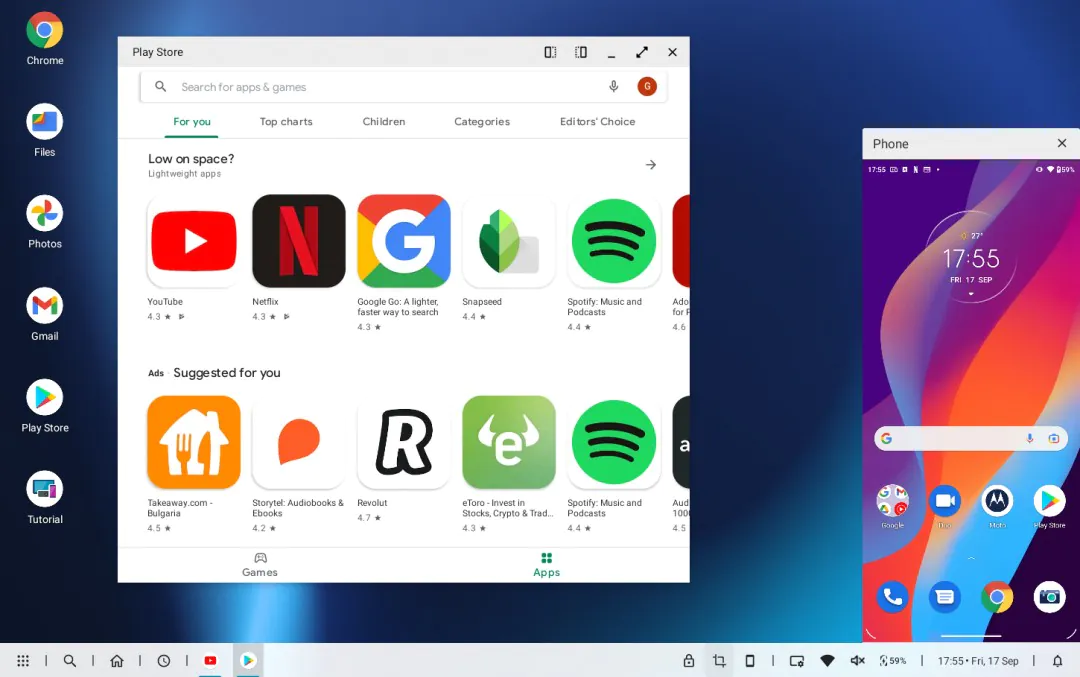
You can connect a wireless keyboard and a mouse. Or use your phone as a touchpad. The latter, to be honest, is not very convenient, the sensitivity is weak, it is difficult to clearly point the cursor to the right place.
TV
When you select the second option, the smartphone automatically selects the apps responsible for all types of streaming. And they adapt to large display formats. Any interference in the form of notifications or calls can be completely turned off while watching videos.
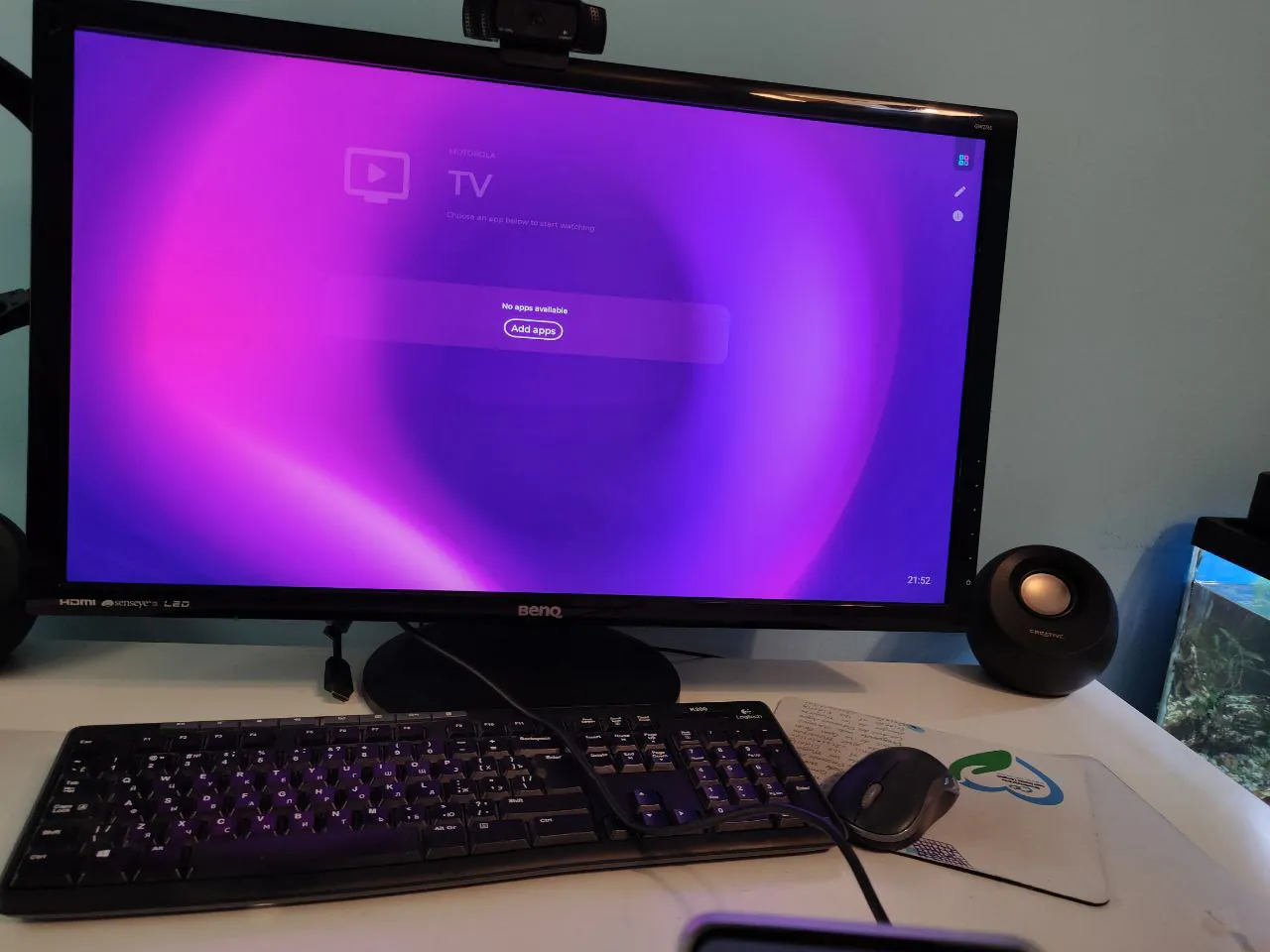
Games
The game mode, as you might guess, allows you to play comfortably on the big screen. Best suited are those titles that are already optimized for landscape orientation – shooters, racers.
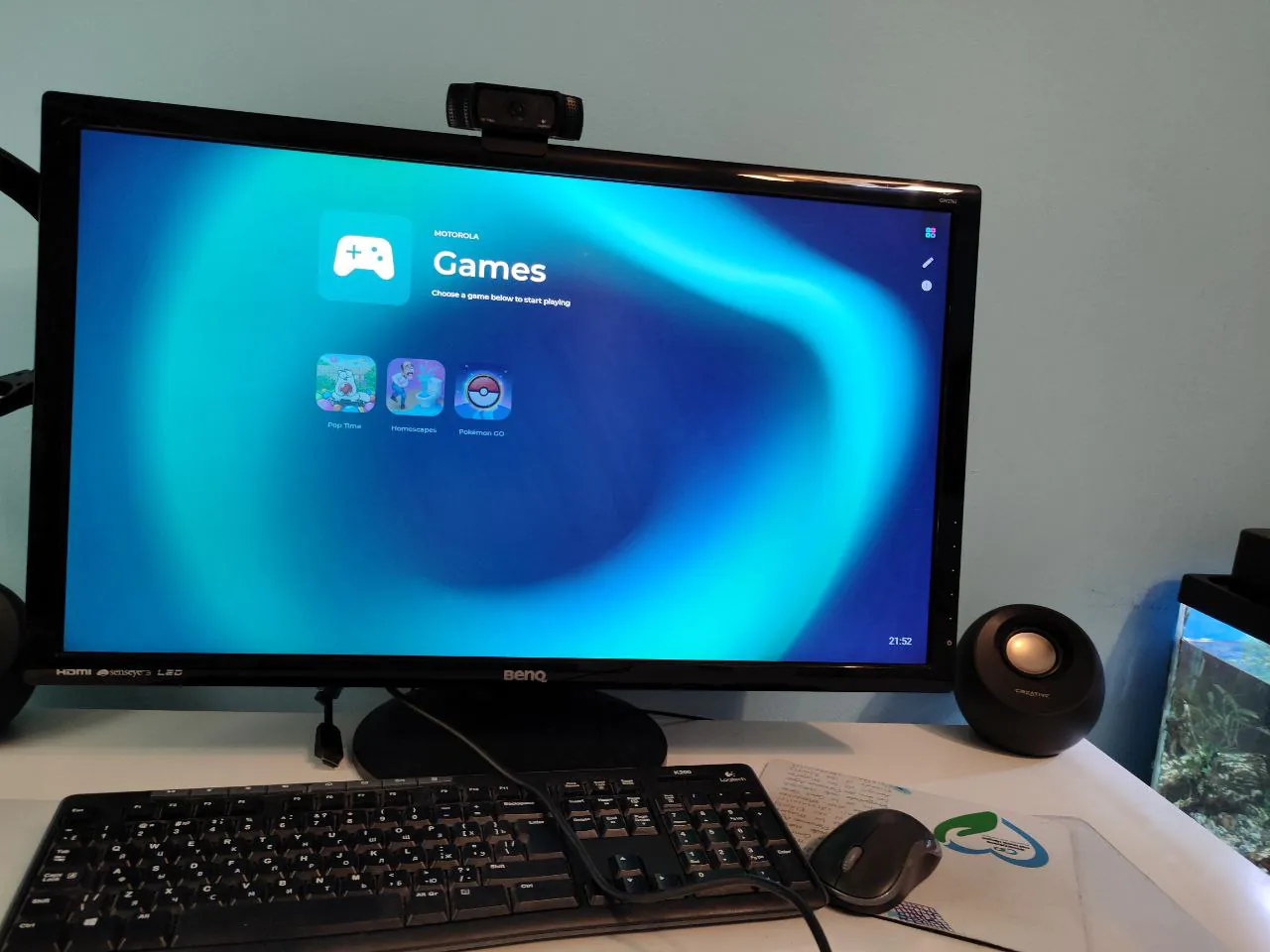
Video calls
The video chat mode supports various apps, like WhatsApp, Google Duo, FB Messenger. Its main feature is that for video conversations, you can use the rear cameras, which shoot better than the front-facing ones. If you want to chat as a group, you can switch to wide angle lens.
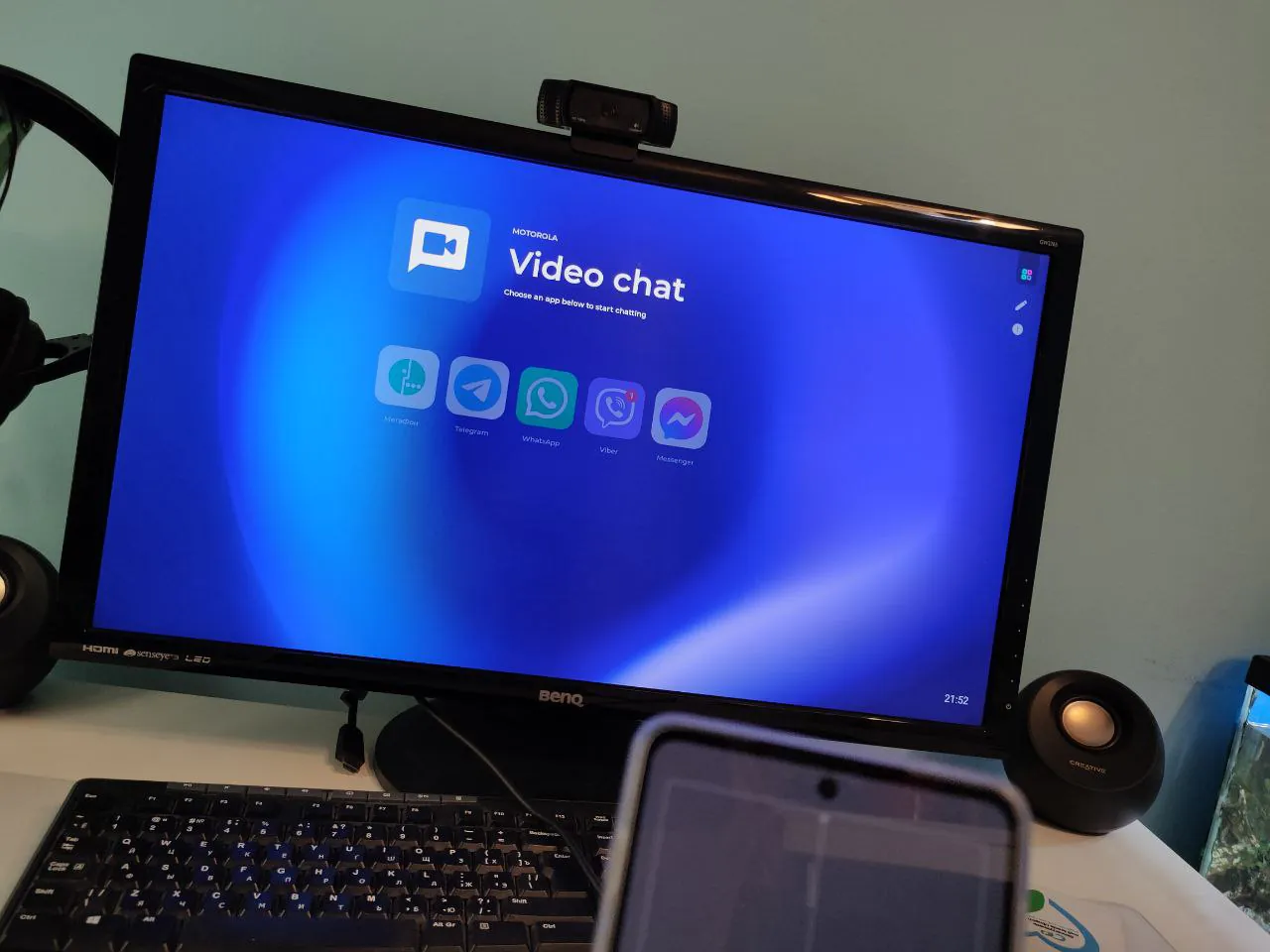
It is also possible to broadcast the contents of the monitor screen to TV.
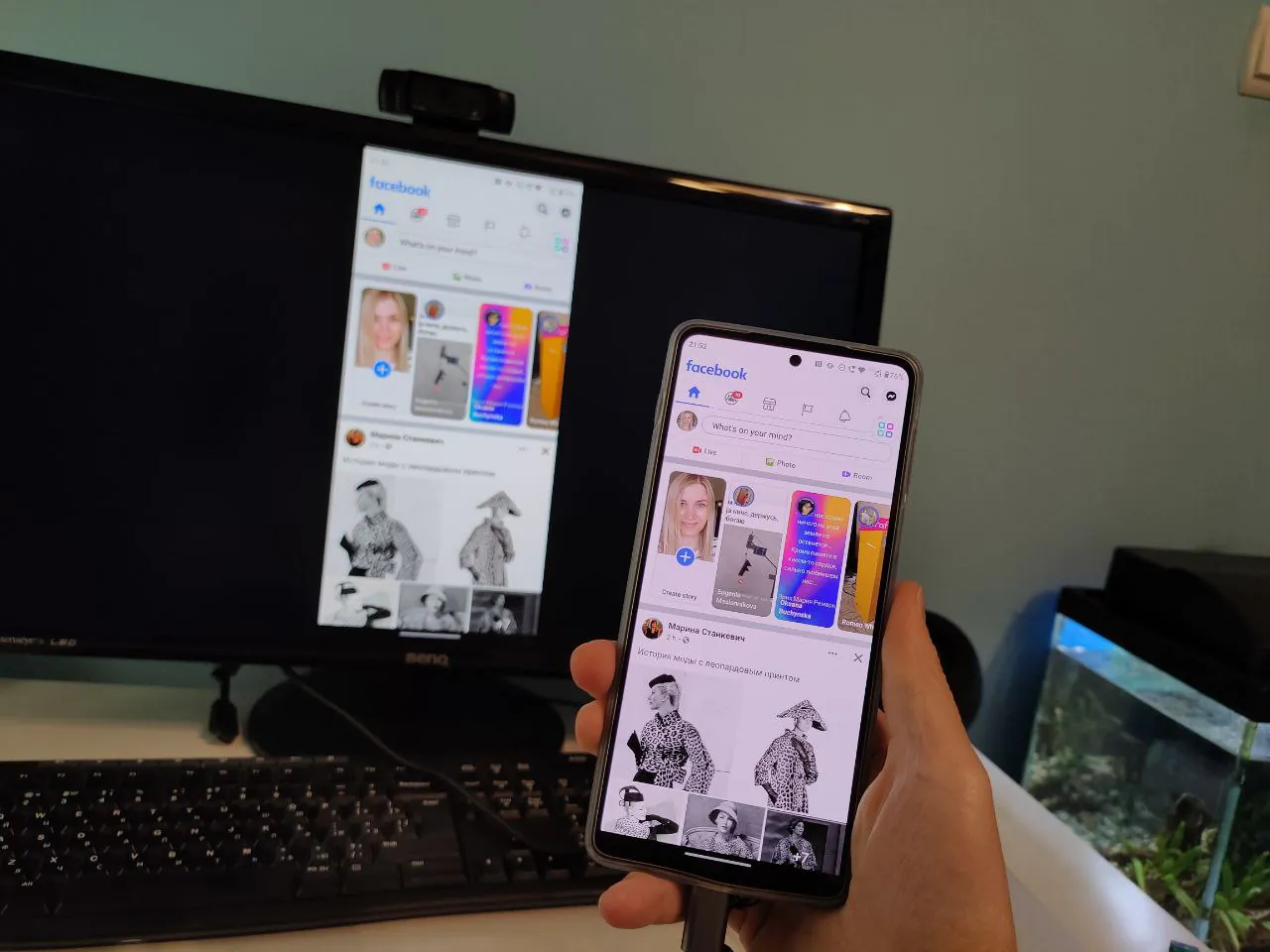
Ready For is an interesting feature. It is rarely found in smartphones and especially in mid-range models. The only alternative can be called Samsung Dex, available only to flagships. At the same time, the function is thought out and implemented wisely. There were no problems during the test, except for the not very convenient touch-control. Perhaps some of the users will find Ready For useful.
Read also: Moto G100 Review: Not a Computer, But It’s Close
Sound
The main speaker is monophonic (I could forgive the Edge 20 for that, but I won’t forgive the device that costs as much)), loud, does not wheeze. The sound quality is excellent in the headphones. The system has an equalizer that allows you to customize the sound to your liking. But Moto has forgot about the 3.5 mm jack.
Software
The Moto Edge 20 Pro runs Android 11. Android 12 is currently considered new, but almost no phones have received it yet. In any case, as soon as the OS is adapted for mass use in Motorola, the update will arrive. 13 will, too.
The traditional advantage of Moto is a nimble “clean” Android without any shells. Only its own launcher is used, but it does not differ significantly from the usual Android. Notifications on the locked screen have the ability to quickly preview them by touch (Peek Display).
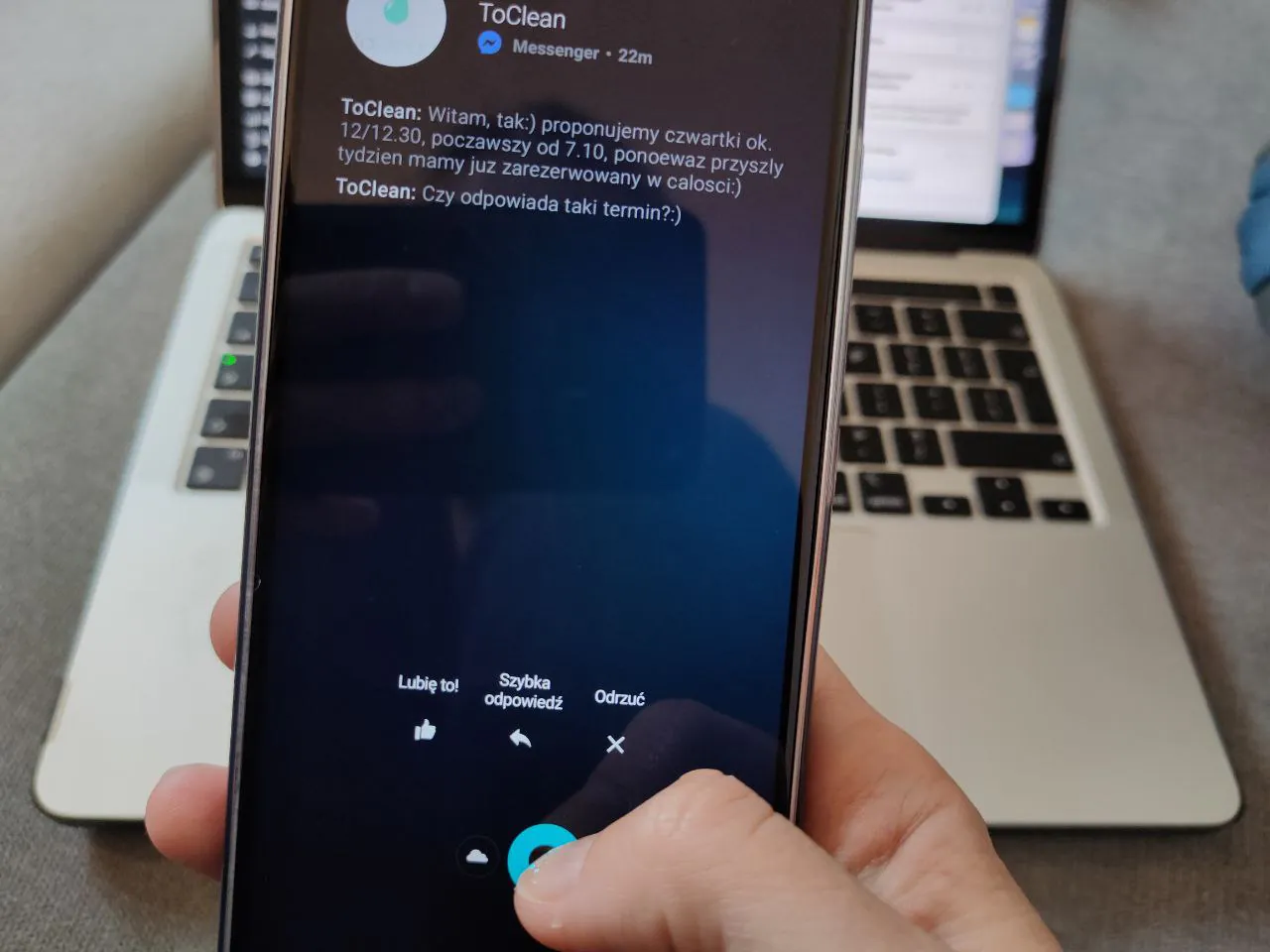
And then there is the whole Moto Functions app with a collection of useful settings – themes, gesture control (for example, turning on the flashlight with a double shake of the phone is wildly convenient) and other features (active display if you look at it).
There’s the ability to run apps in a separate window during the game. But their choice is very limited. There is also an option to split the display into two, but not all apps support it.
Battery life
Most Moto G series have 5,000mAh batteries or more. The standard Edge 20, due to its unprecedented slenderness, received only 4000 mAh. The slightly more “plump” Moto Edge 20 Pro is equipped with a 4500 mAh battery. Is it enough?
In tests, the Moto Edge 20 Pro scored 40 hours of calls, 12 hours and 30 minutes of web surfing at above-average screen brightness (adaptive screen refresh), and 23 hours of video playback at medium brightness with 60Hz refresh. The figures are excellent, the regular Moto Edge 20 had 1.5-2 times worse numbers.
During the test, I used the device very actively and I always had enough of juice until late at night, with about 30-35% left. I think it is realistic to stretch one charge for two days.
There’s 30 watt fast charging. The TurboPower power supply supports USB Power Delivery, so you can even recharge a laptop with a compatible connector if you want.
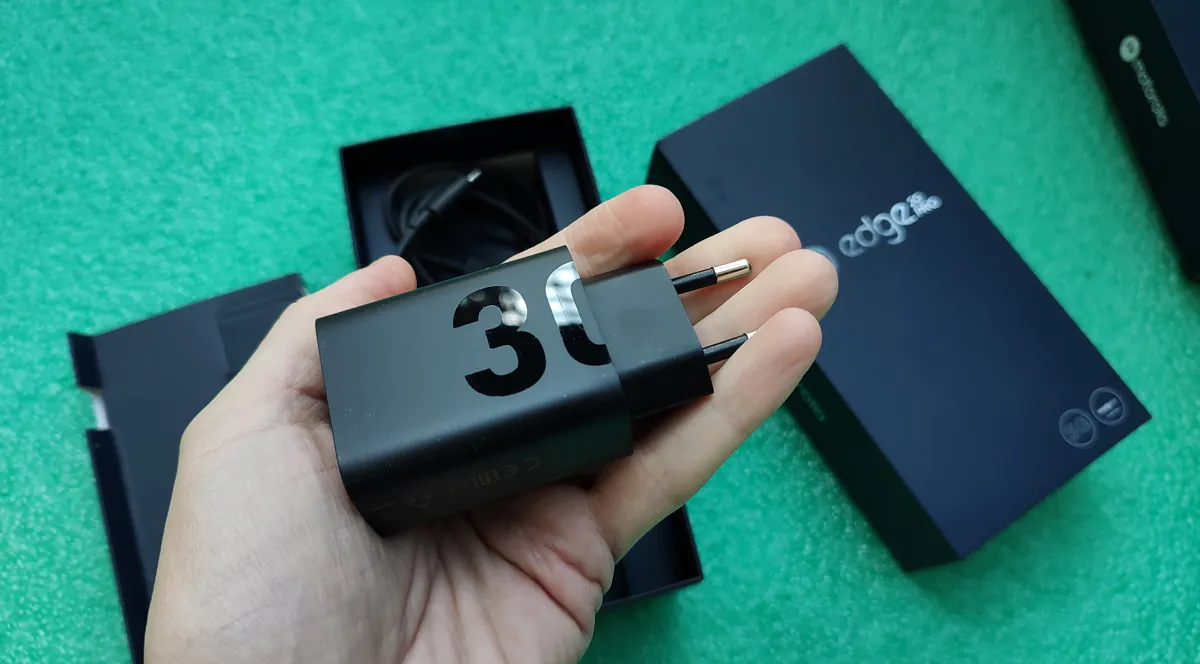
In half an hour, the Moto Edge 20 Pro is able to charge up to 54%. A full charge will take 1 hour and 15 minutes. In general, not bad, but again, by the standards of cost, rather weak, many competitors charge much faster. There’s no wireless charging.
Read also: Motorola Moto G50 review: Extremely Affordable 5G Smartphone
Verdict
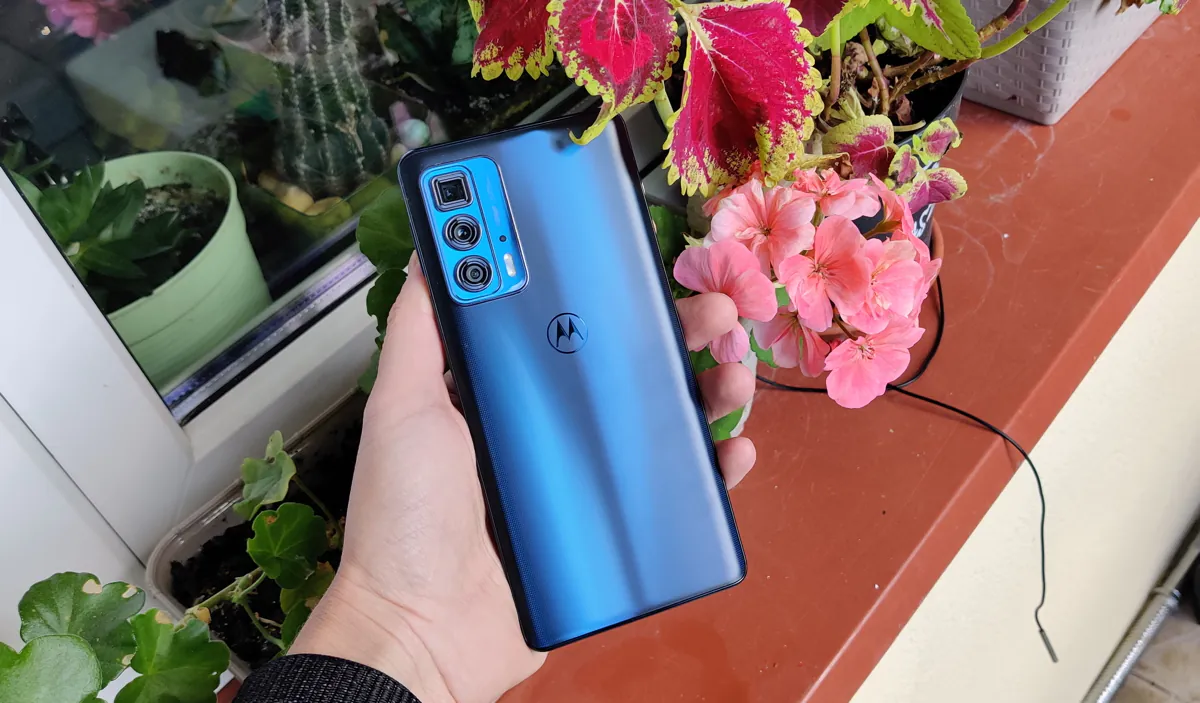
The Moto Edge 20 Pro could have been a hit, but it turned out to be just a good smartphone. Yes, it stands out with a decent set of cameras, including a periscope telephoto lens, which is not found in every smartphone. An ultra wide-angle autofocus that can shoot macro is also a useful thing. The 144Hz screen produces a wonderful picture. The Snapdragon 870 processor in combination with 12 GB of RAM provide excellent performance. The 4500 mAh battery is not huge, but the battery life is great. There is also a Ready For mode – not only wireless, but also wired, with the special cable included. For this price, there are no competitors with such functionality.
However… the much more affordable Edge 20 also shoots well (you can do without the 5x zoom, the other cameras are the same), also works quickly, and has the same display. Its battery life is weaker. But it looks thinner, lighter and nicer. If I had a choice of these two models, then I probably would not overpay for the Pro one.
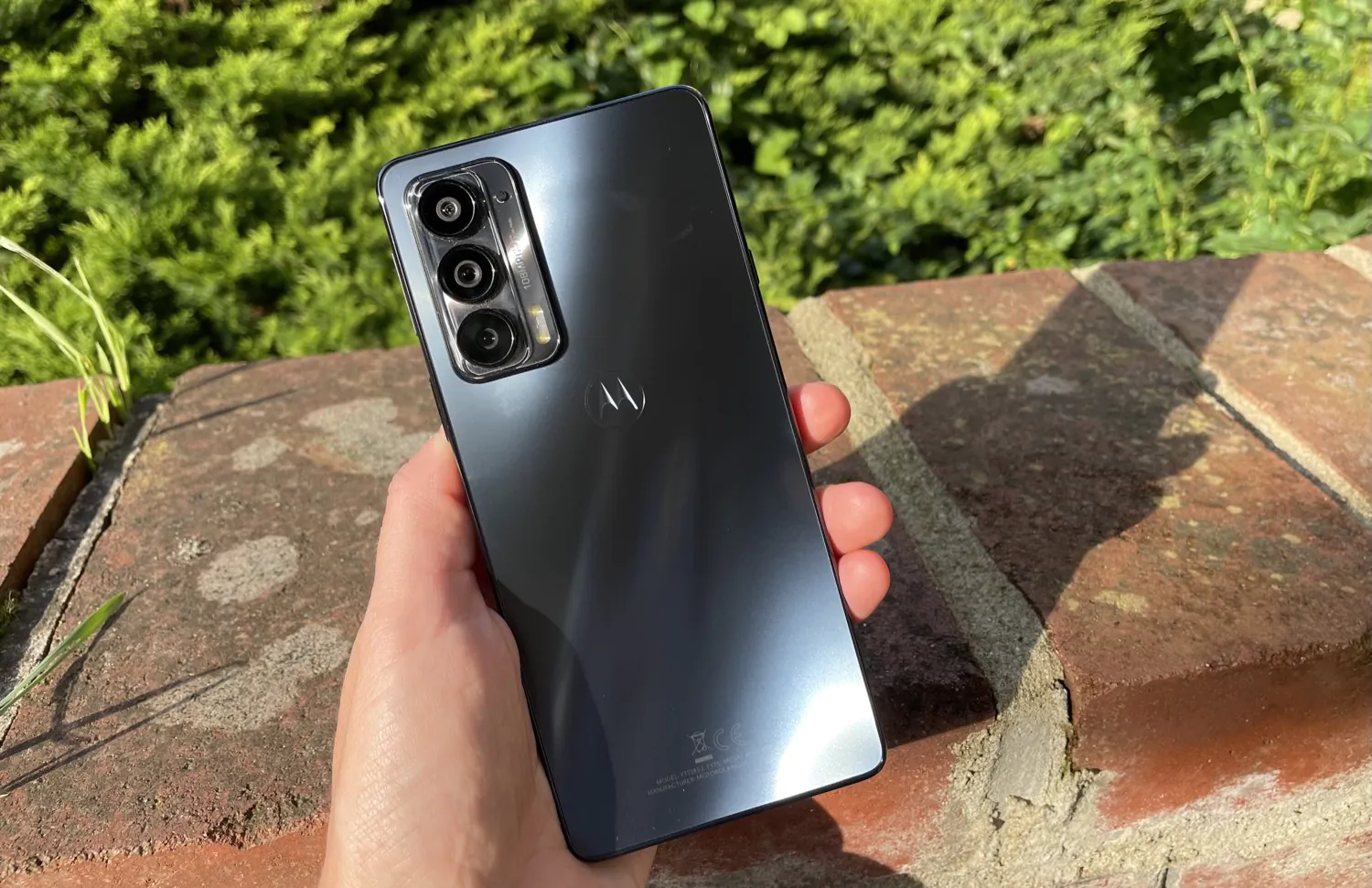
In order for the Pro to be a Pro and a full-fledged “flagship killer”, it had to add more features. The cameras could be better considering the price. A monaural speaker is just sad. There is no microSD card slot, which isn’t essential, but the competitors have it. Fast charging is not as fast, competitors are much faster. If the Moto Edge 20 Pro were cheaper, it would be a great choice.
What competitors are there? Oh, there are a lot of them. Just the other day, the Xiaomi 11T Pro went on sale, which costs less, charges up to 100% in an incredible 17 minutes, has a decent set of cameras, a super bright AMOLED display and is powered by the flagship Snapdragon 888 processor. Read our review by Dmitry Koval.
The OnePlus 9 costs the same as the Edge 20 Pro (and the sale can be found cheaper when it comes to the 8/128 version). It has more nits, the Moto has more hertz. But the OnePlus 9 has the flagship Snapdragon 888, wireless charging and fast 65-watt charging, and an excellent AMOLED screen. There is no telephoto, but the wide-angle lens is very decent.
The flagship of early 2021, the Xiaomi Mi 11, is slightly more expensive than the Edge 20 Pro, but you can find it for cheaper. It has a 120 Hz display, but the matrix itself is gorgeous, bright, with a high resolution of 3200×1440, the processor itself is the top-end Snapdragon 888, the cameras are excellent (especially the main module), there is wireless charging, stereo speakers.
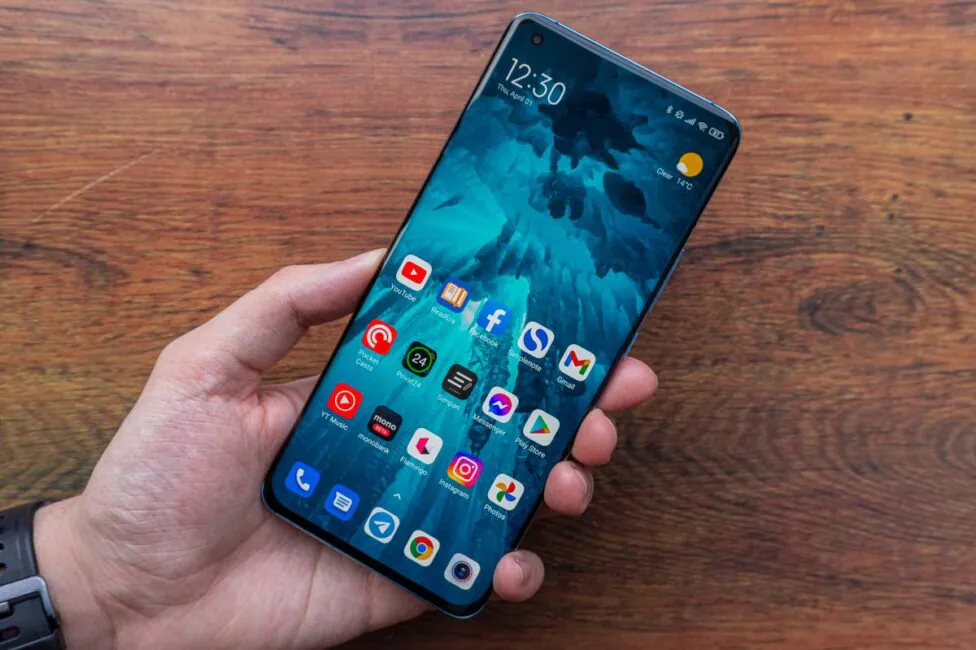
The Zenfone 8 Flip costs the same or less, it is also powerful and interesting thanks to the rotating camera, which also acts as a good selfie camera. And it also has a microSD slot, stereo speakers, 888 processor, and a juicy AMOLED display. 90 Hz refresh and the battery are worse than the Moto, but not everyone cares.
The Samsung Galaxy lineup has a very good Galaxy S20 FE. It is far from being a new device, so it dropped in price to the level of the standard Edge 20. The set of cameras, of course, is simpler, but there is a good display, full IP68 water protection, a microSD slot and good stereo speakers. You can also buy a full-fledged flagship Galaxy S21. It is, of course, more expensive than the Moto Edge 20 Pro, but it can cost only $50-70 more. That way you’ll get a smartphone with an excellent Dynamic AMOLED 120 Hz display, top-end cameras, and a convenient One UI shell.
- Samsung Galaxy S20 FE (Fan Edition) review – Not Only for the Fans
- Samsung Galaxy S21 review: Basic Flagship with Design Refresh
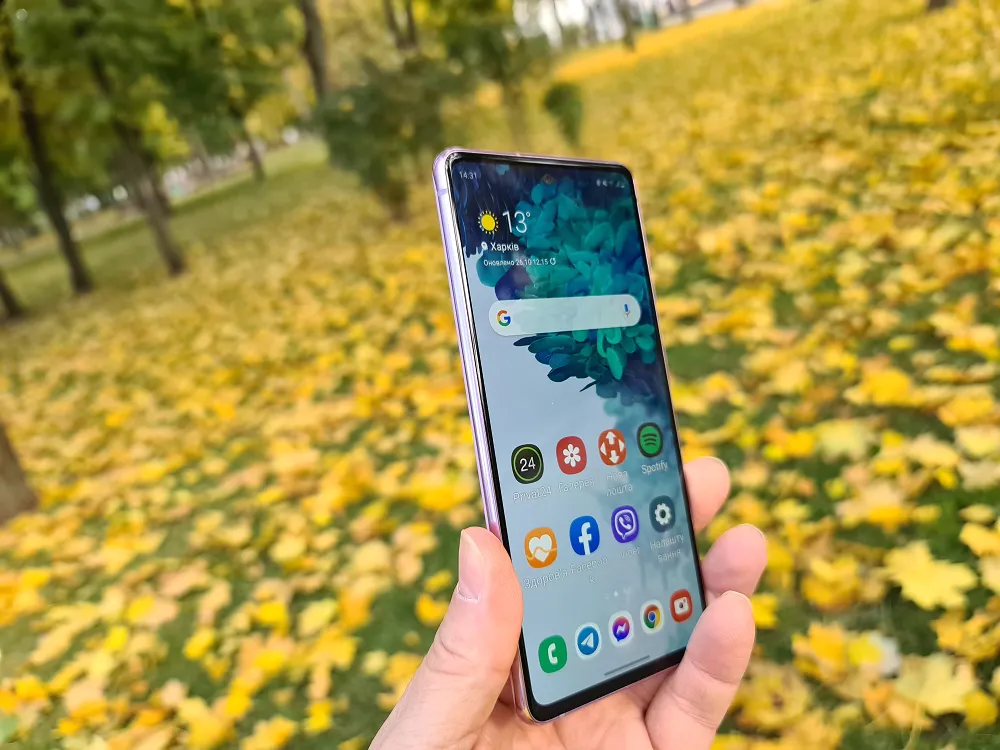
And, of course, there’s the base Moto Edge 20. But what would you choose?

Subscribe to our accounts:


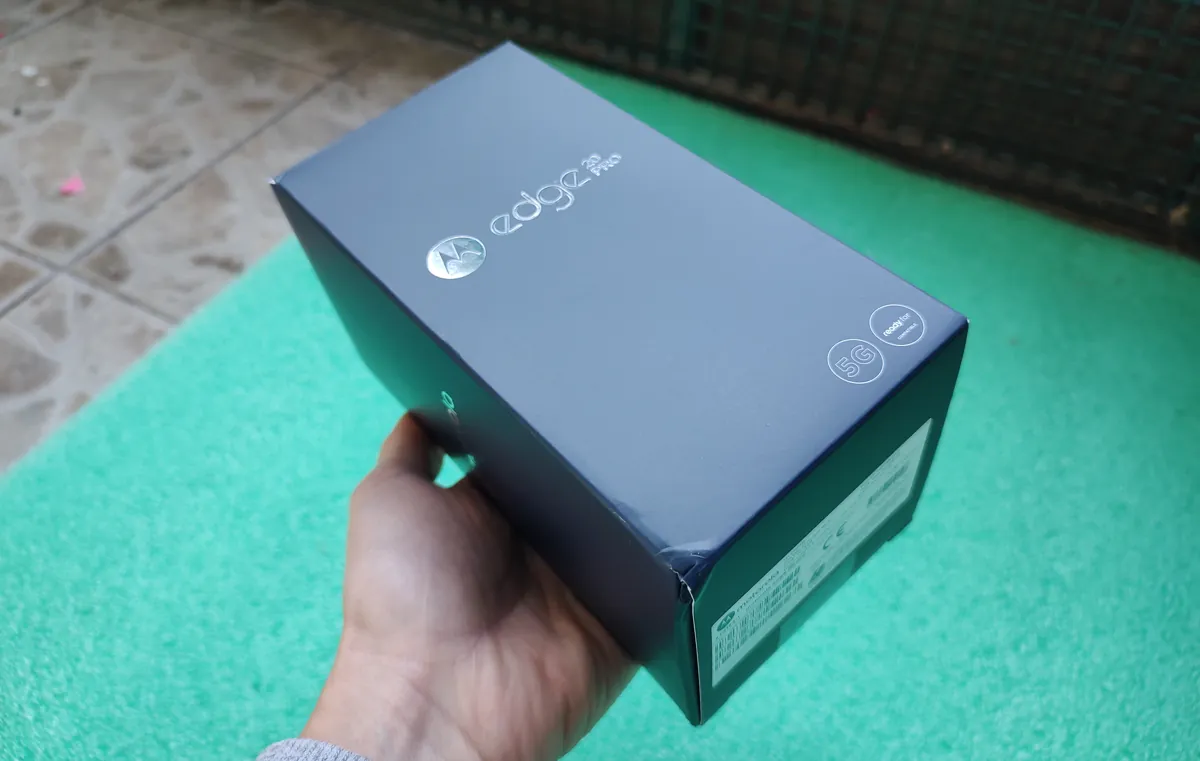
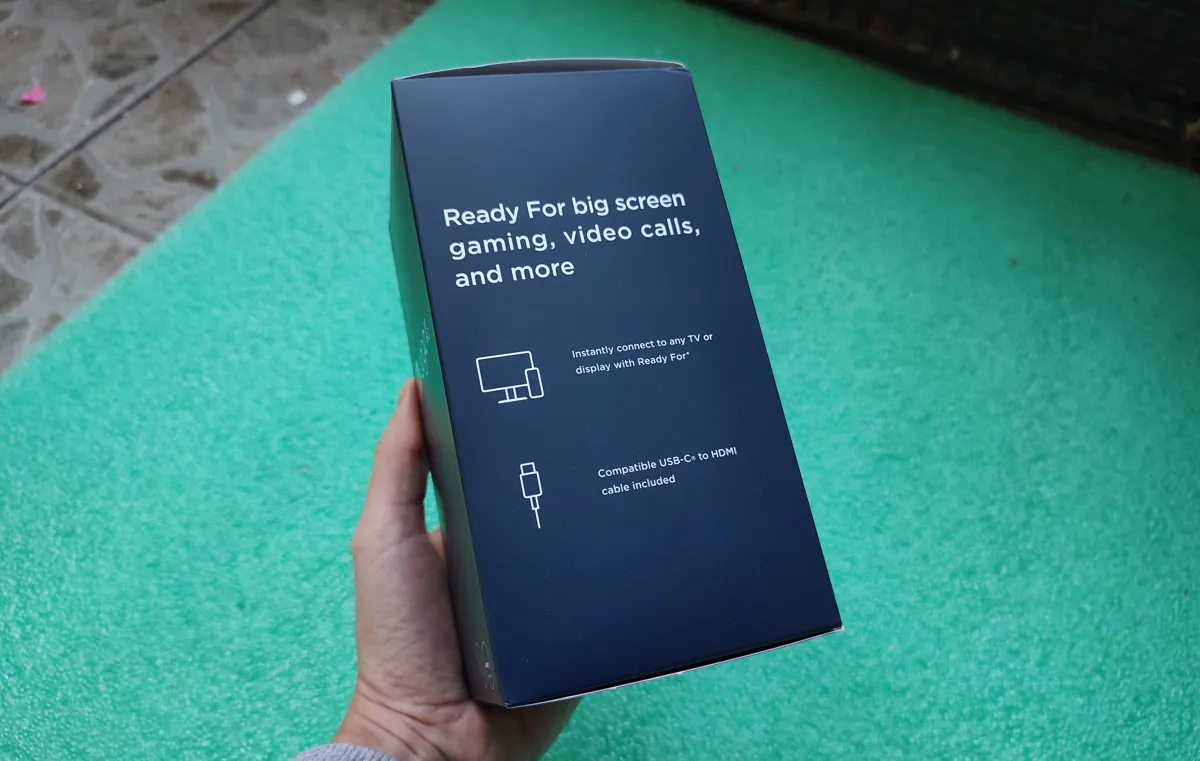
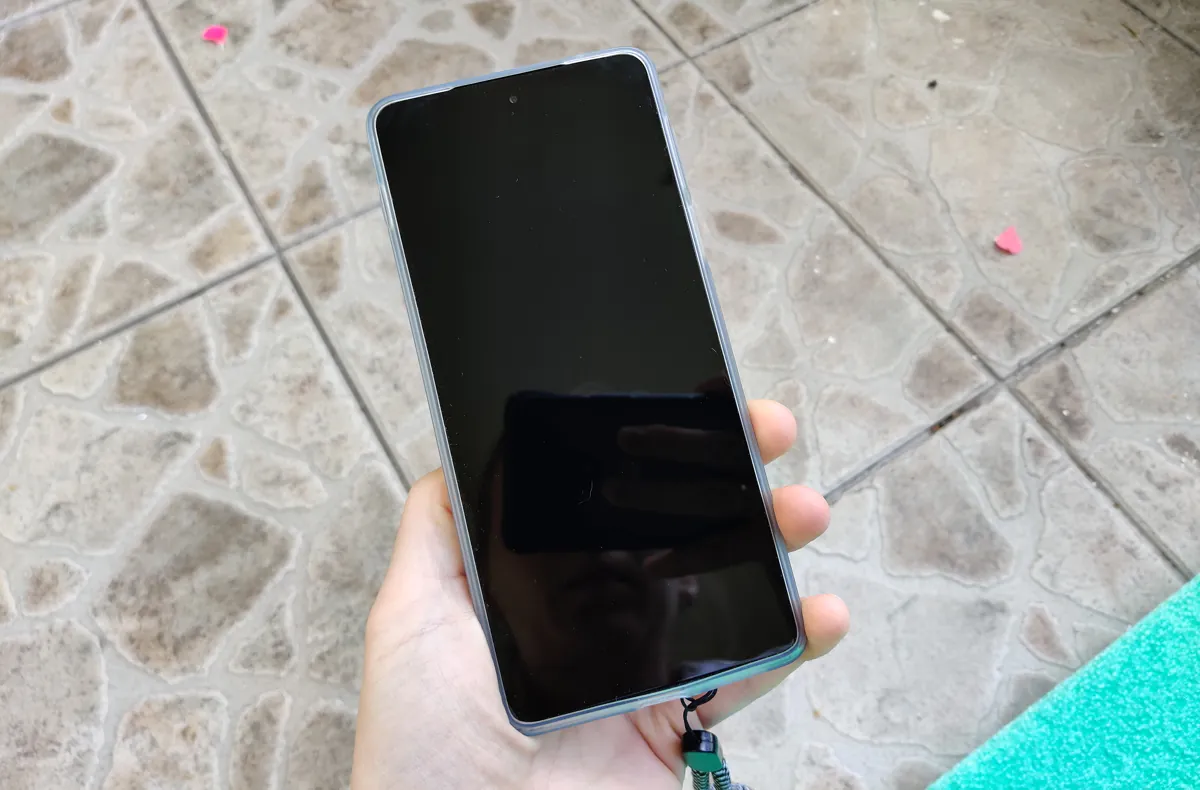
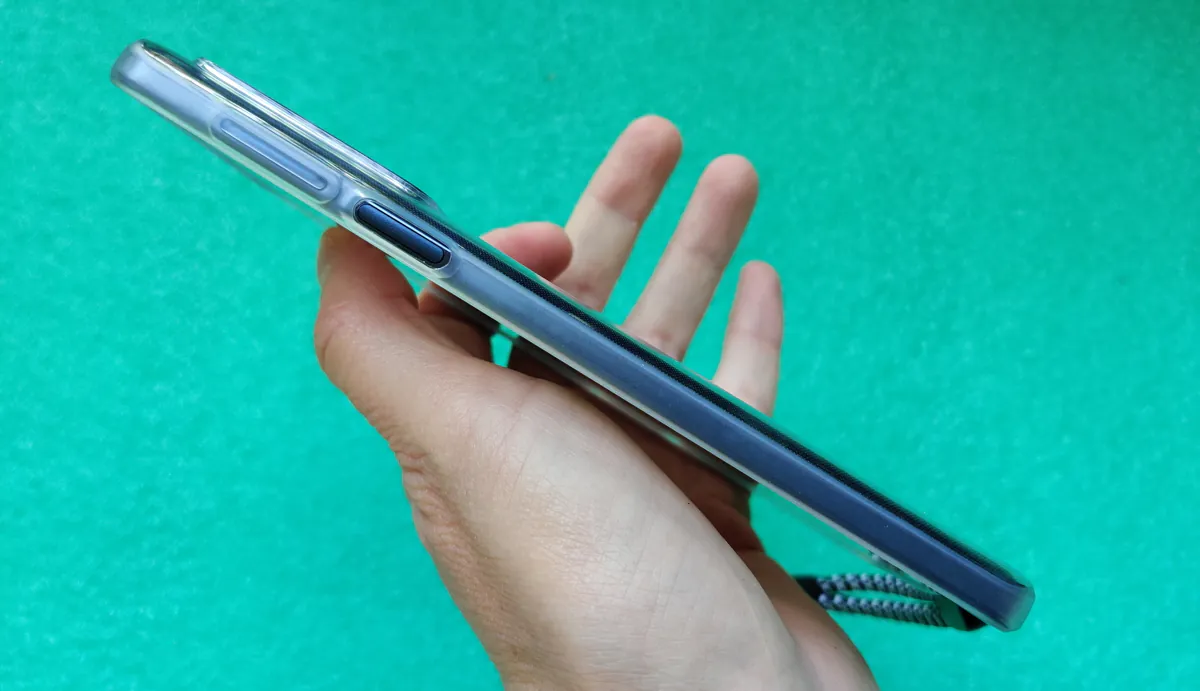
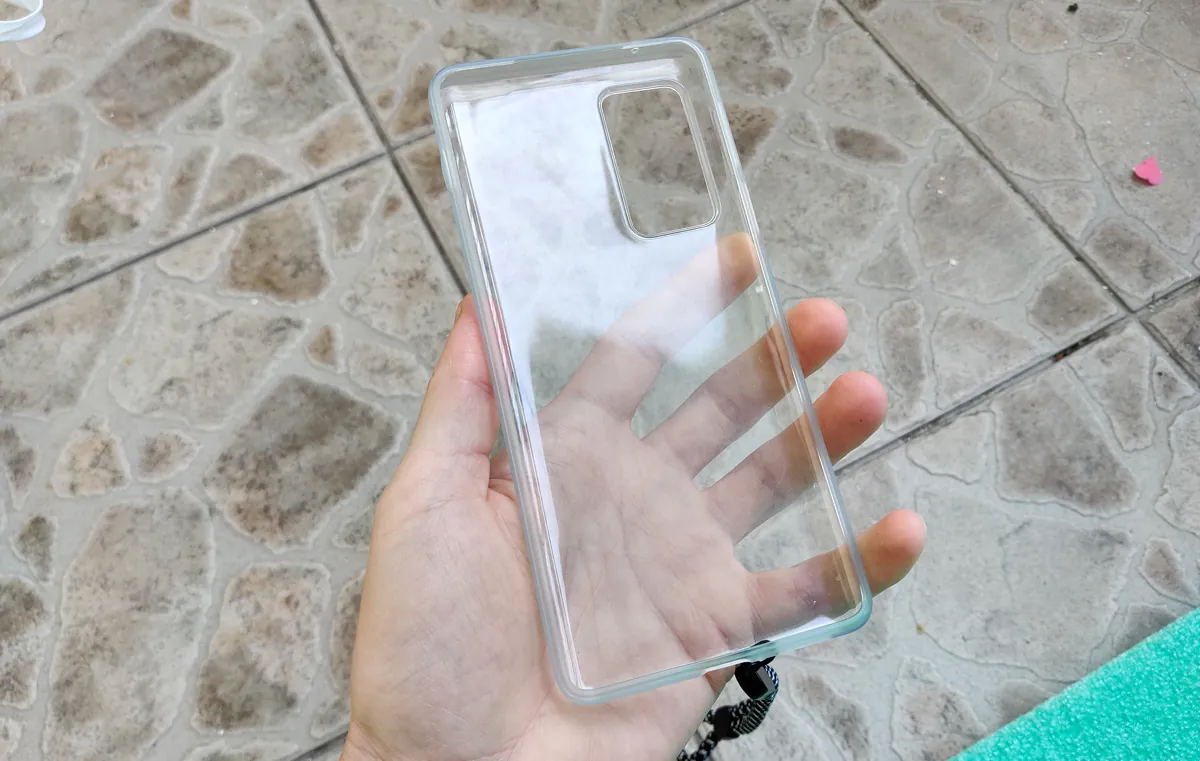
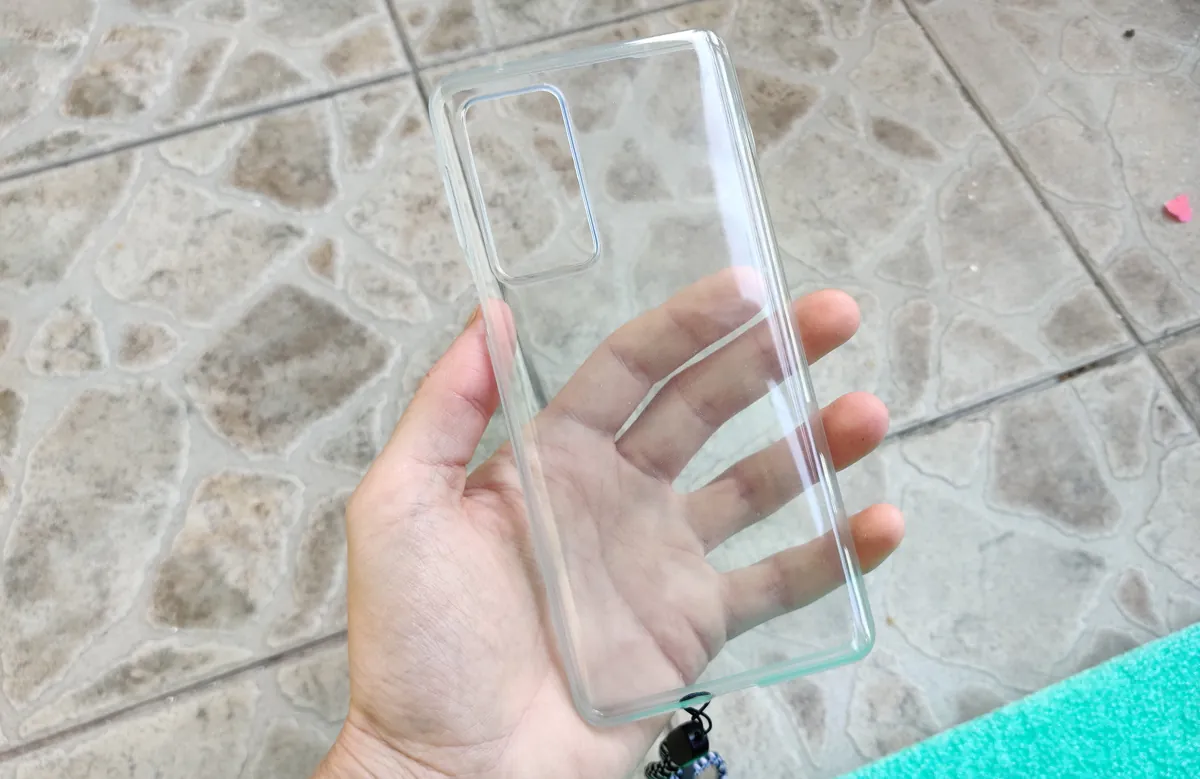
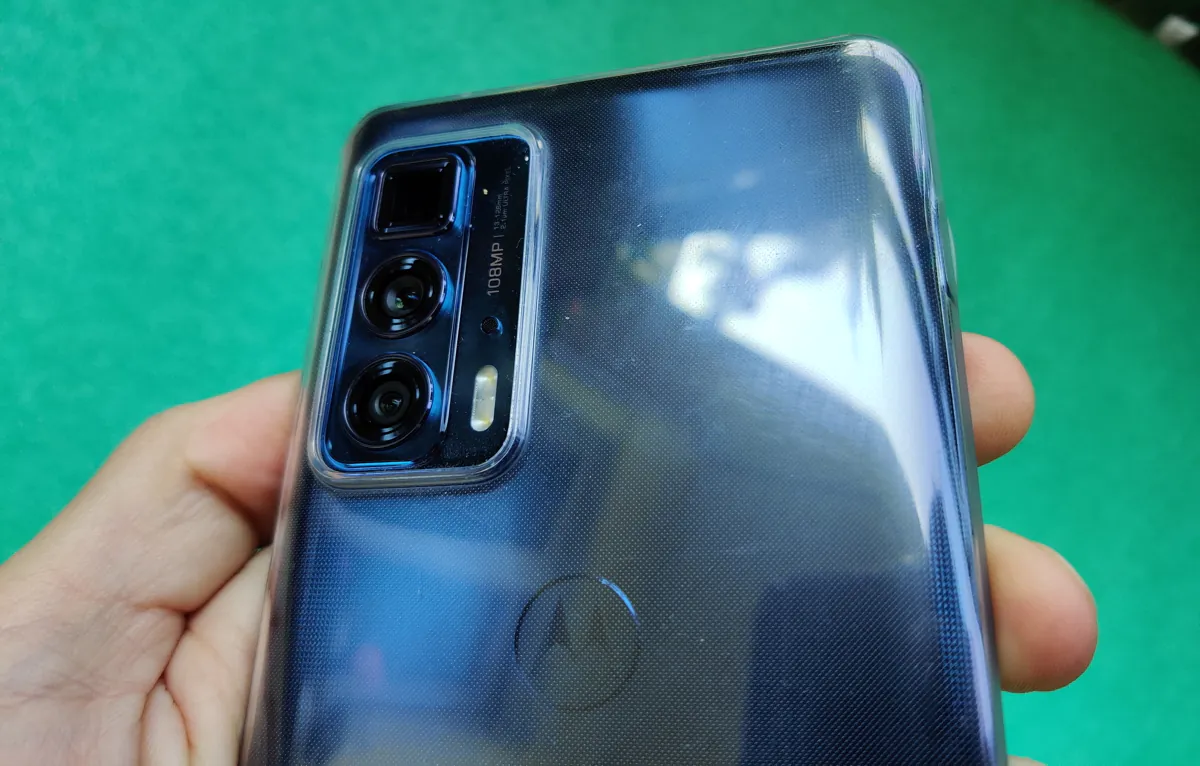
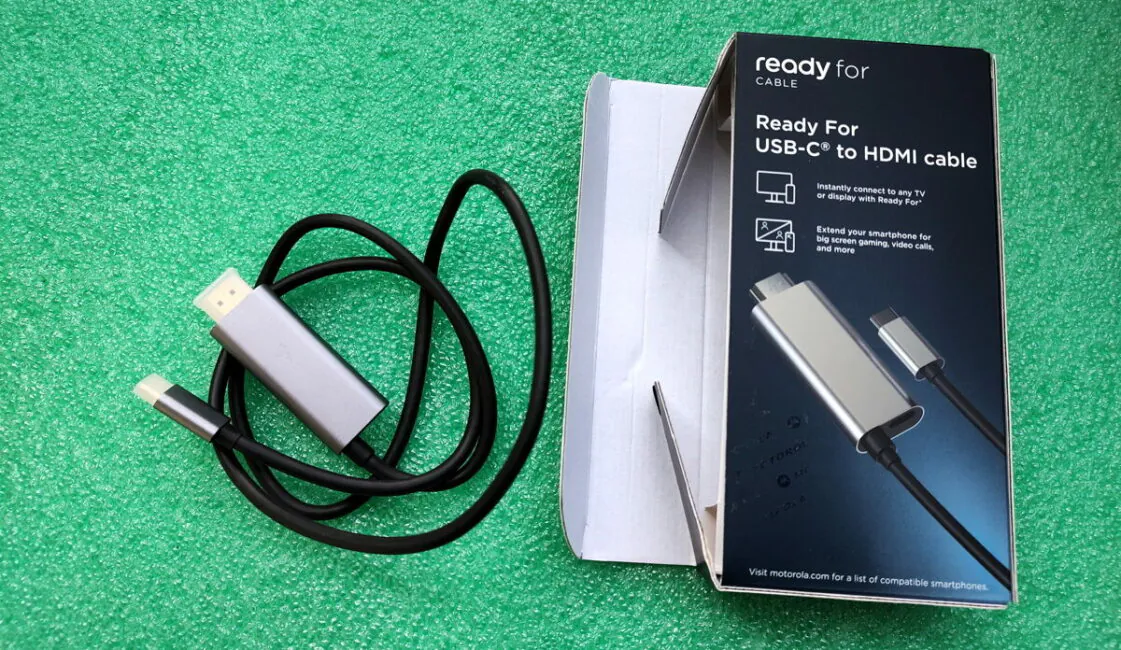
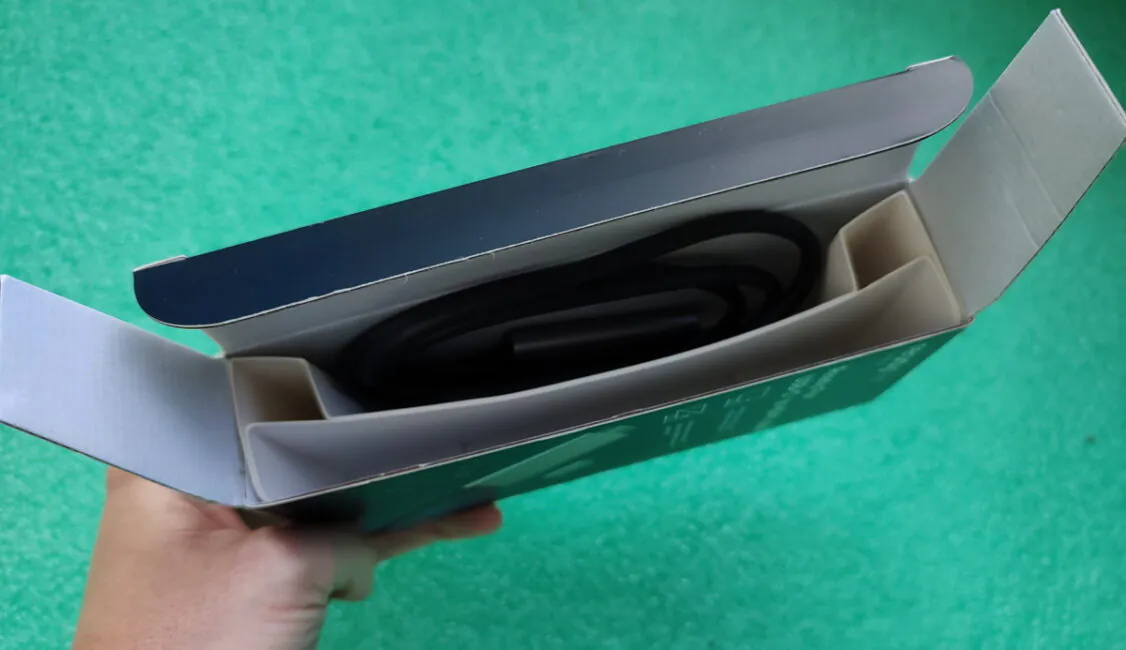
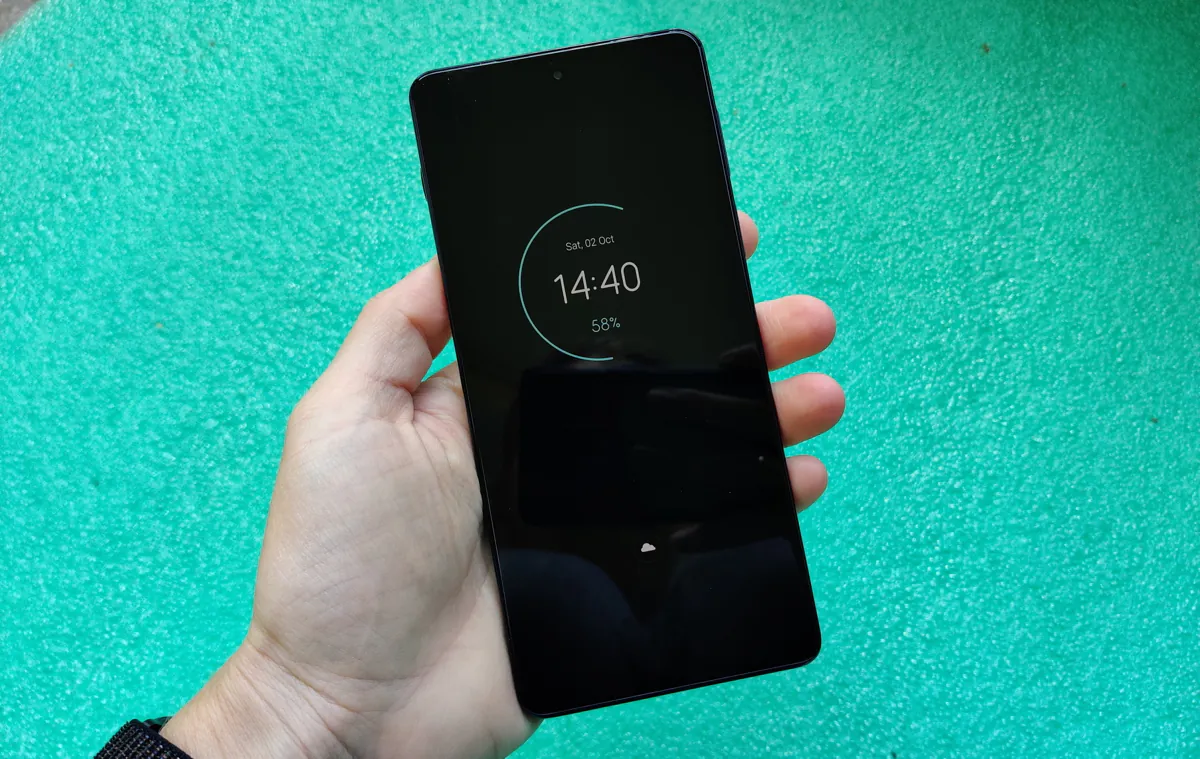
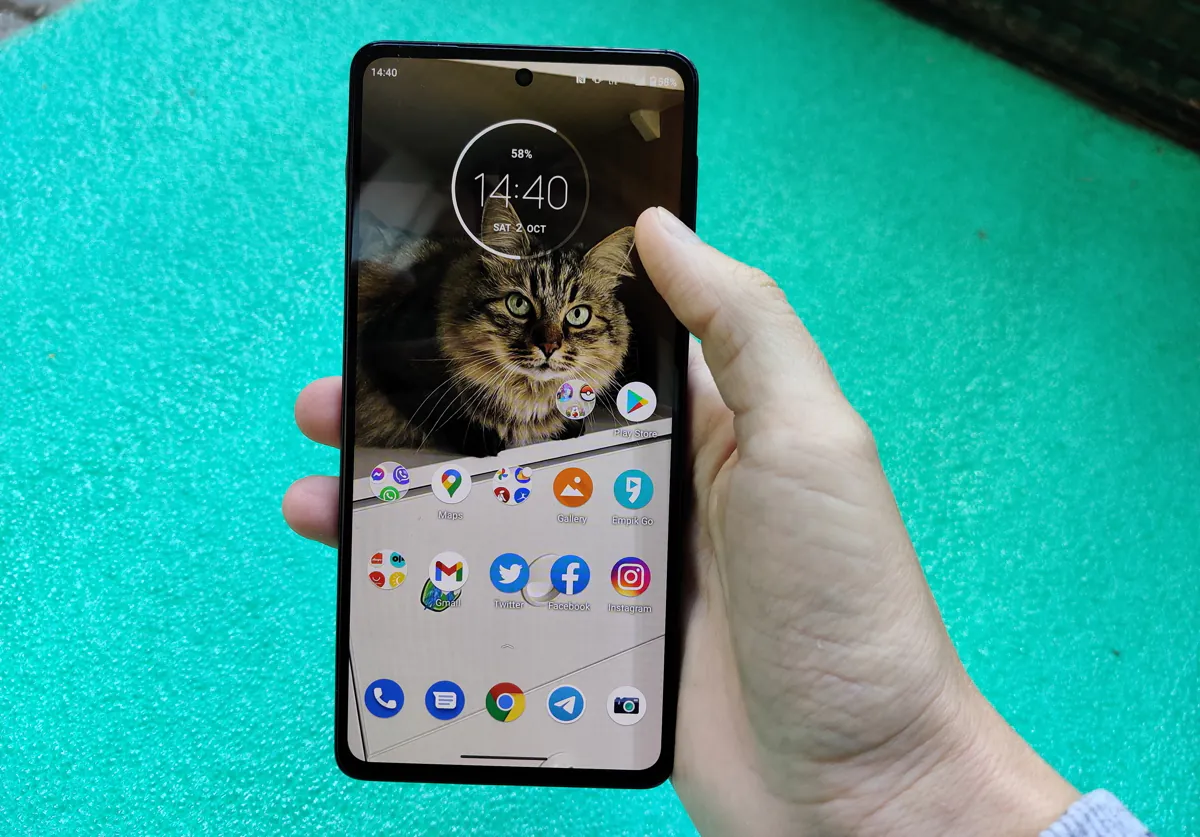
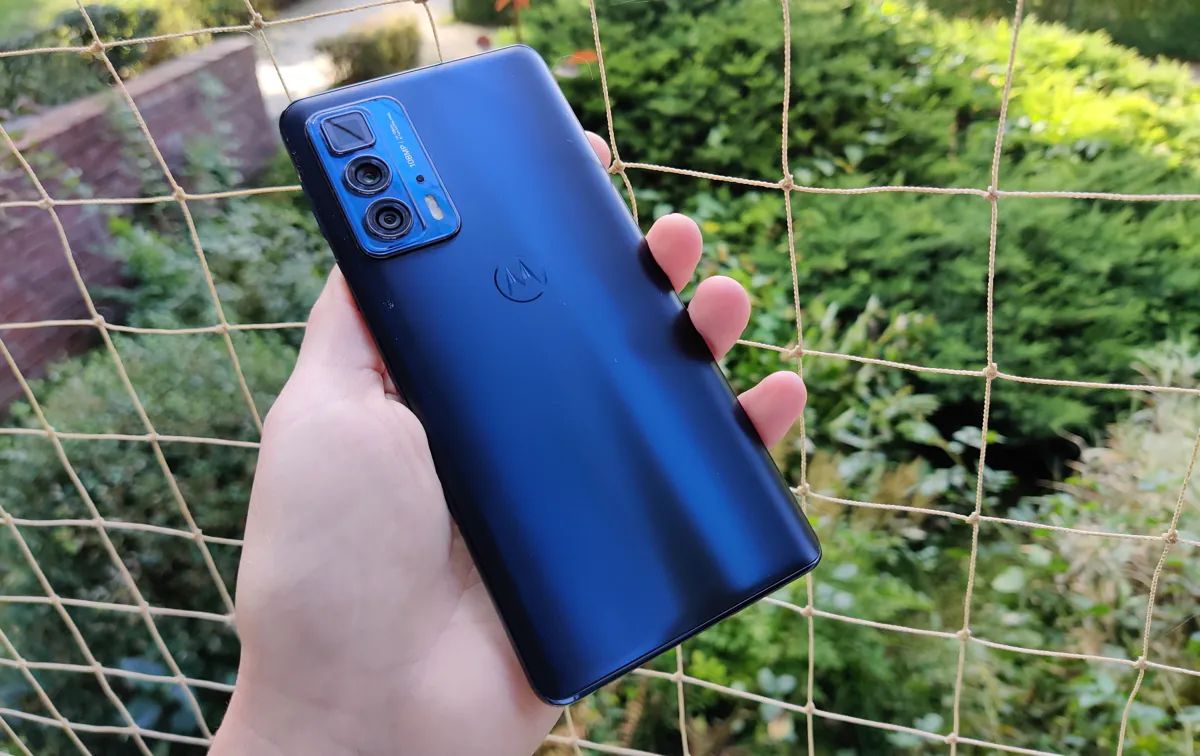
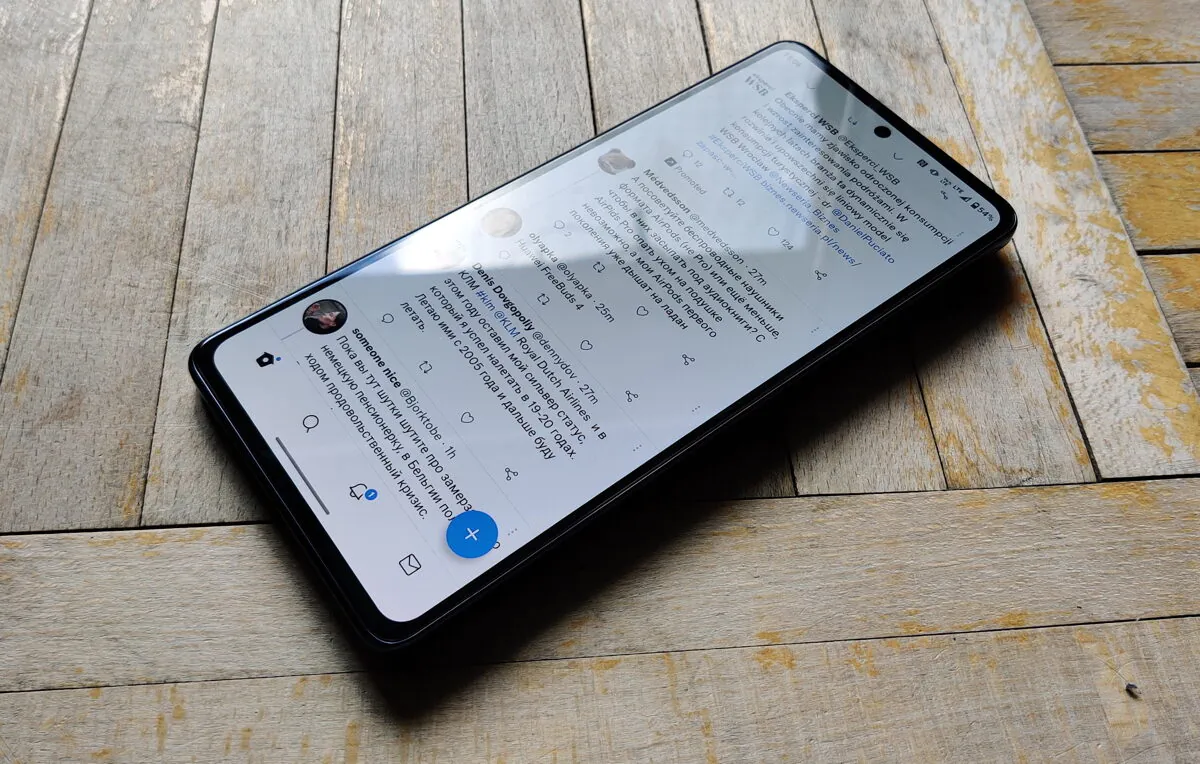
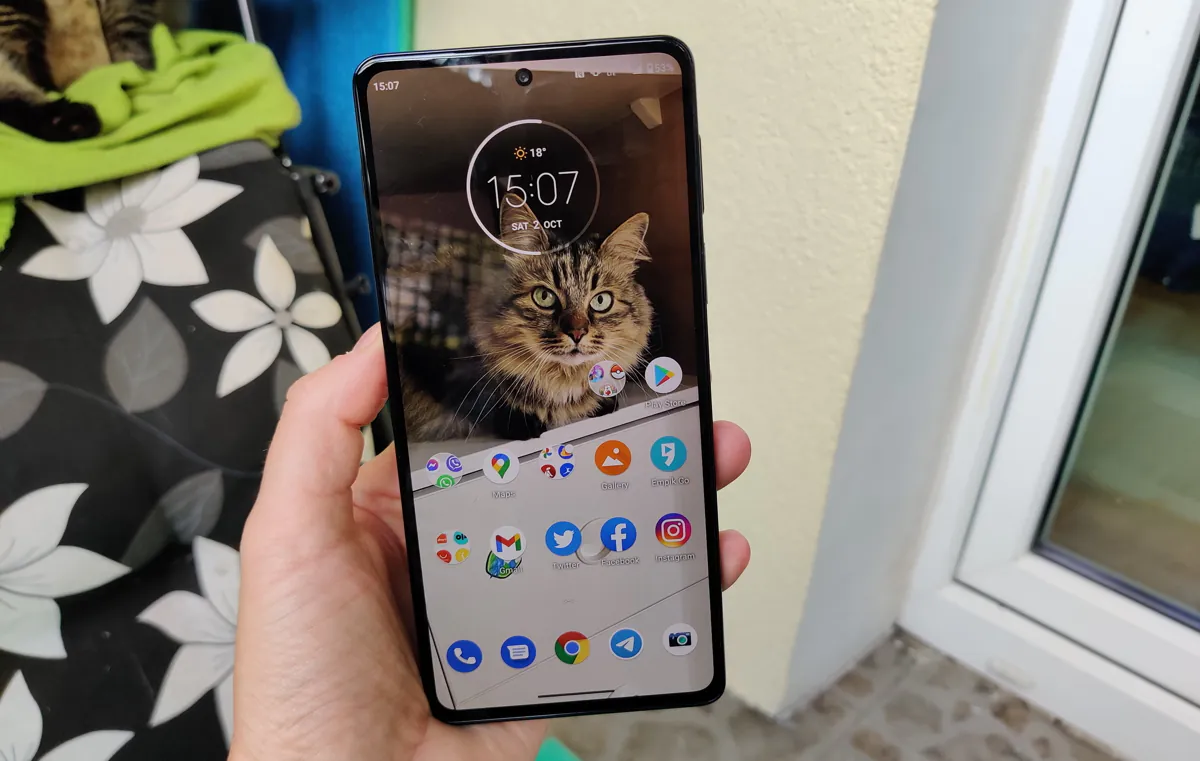
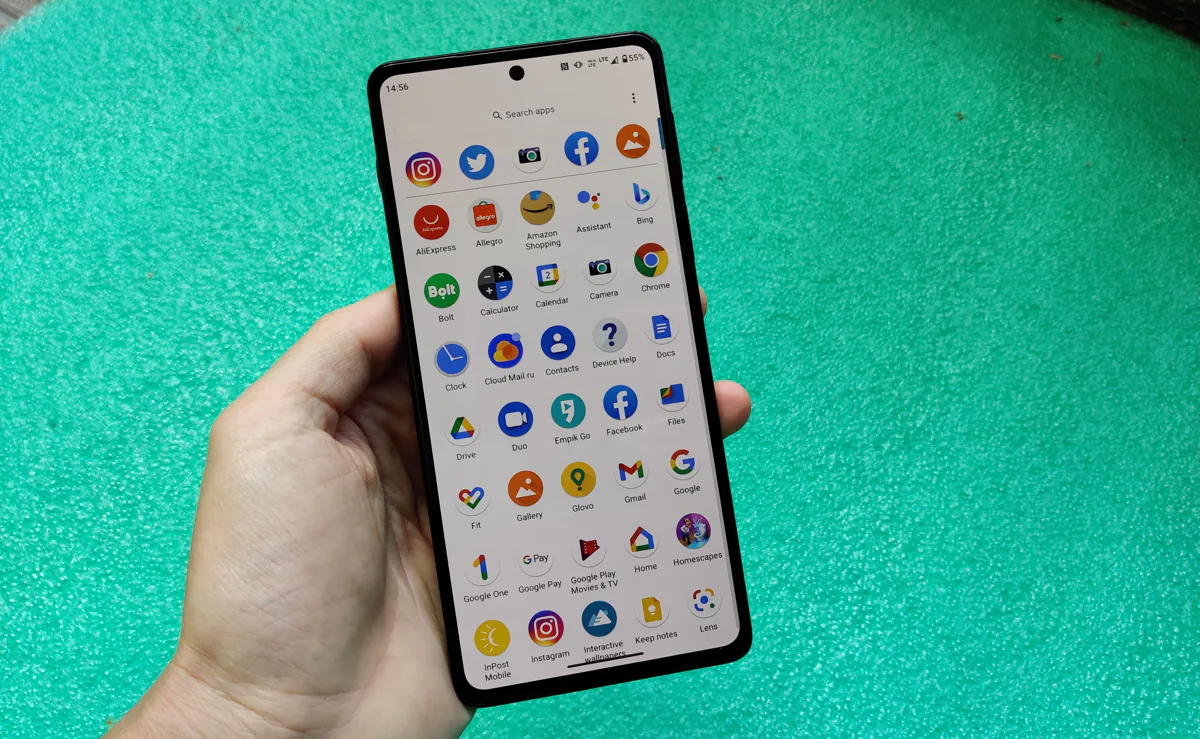
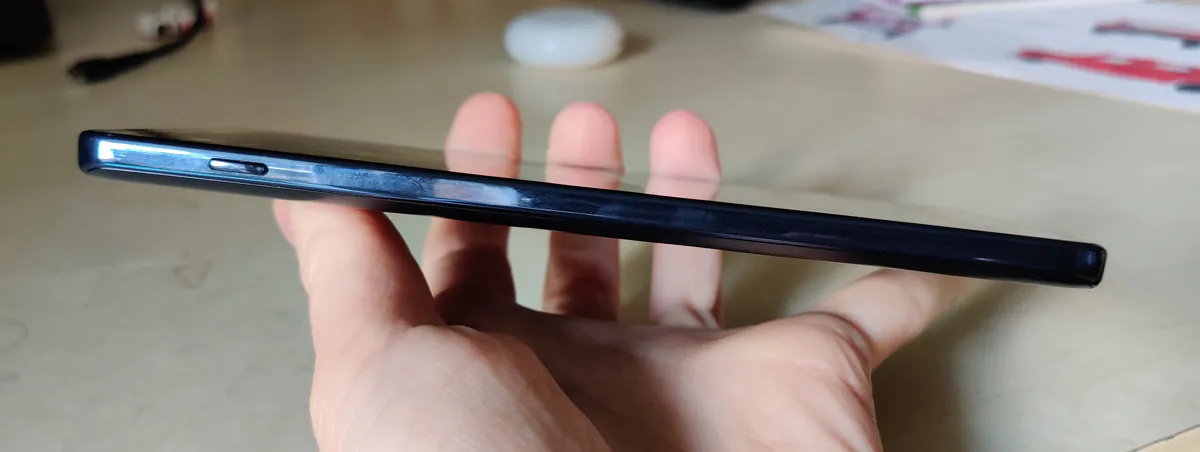
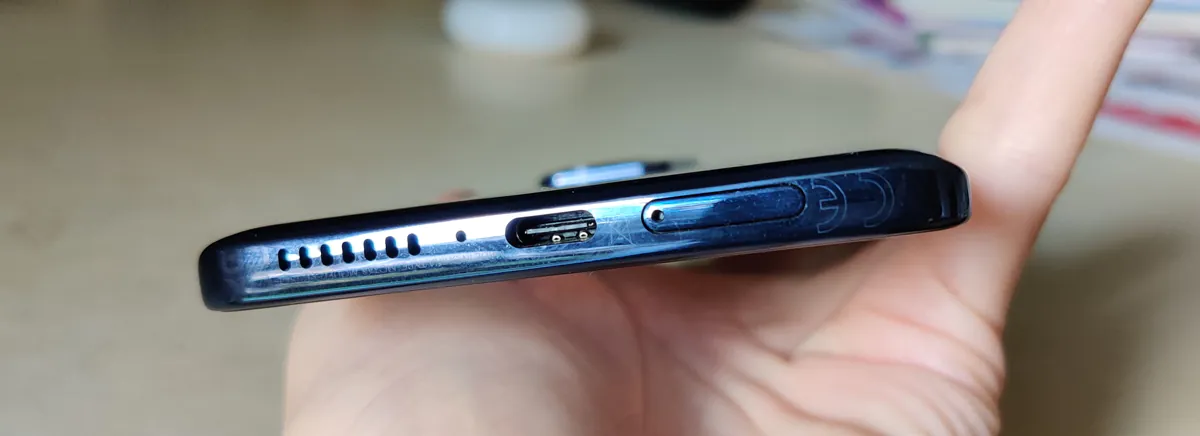
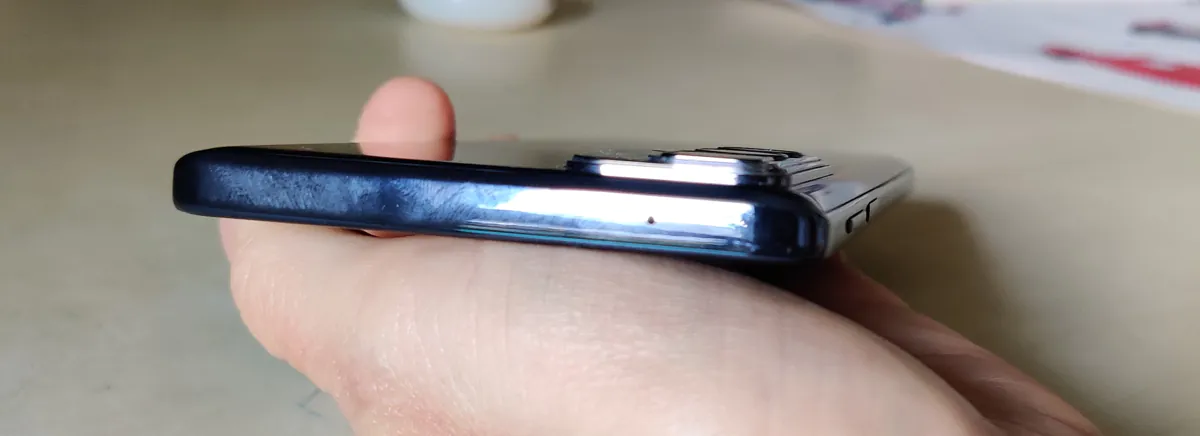
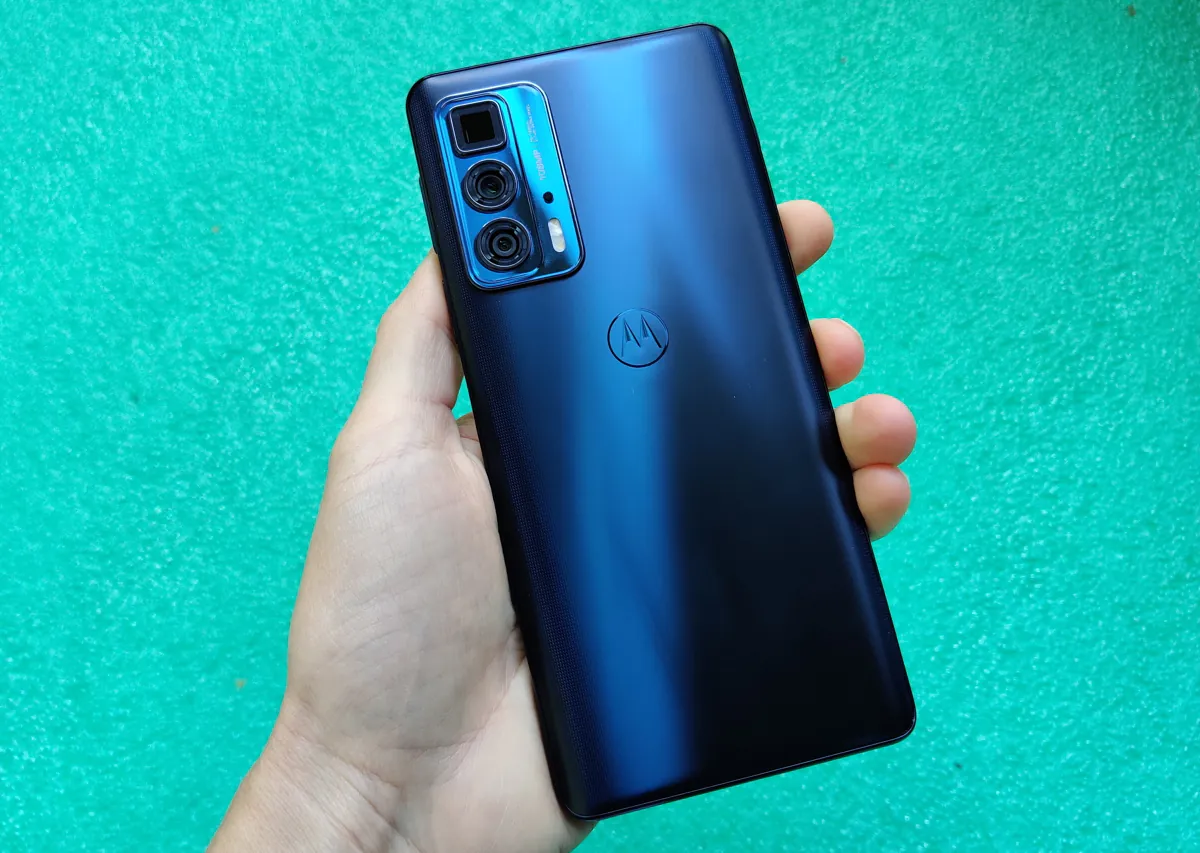
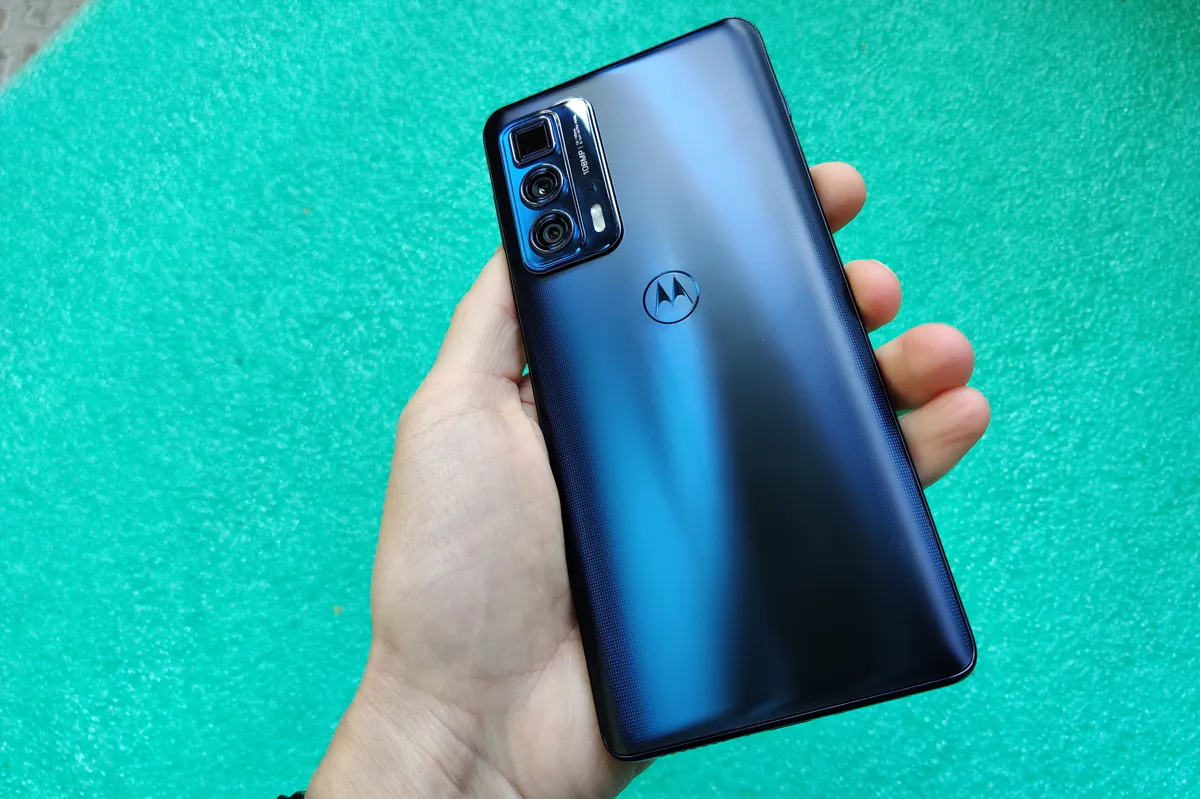
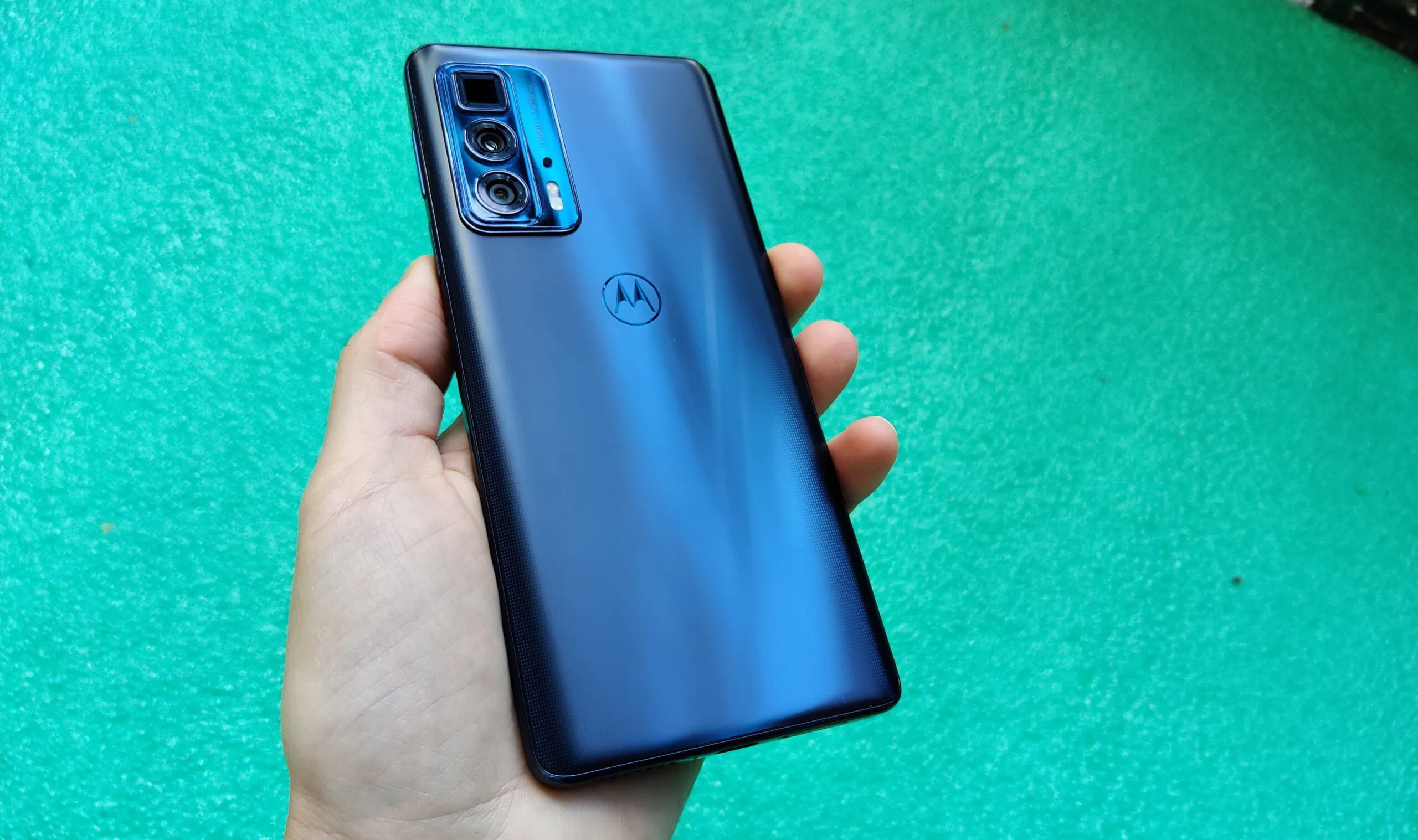
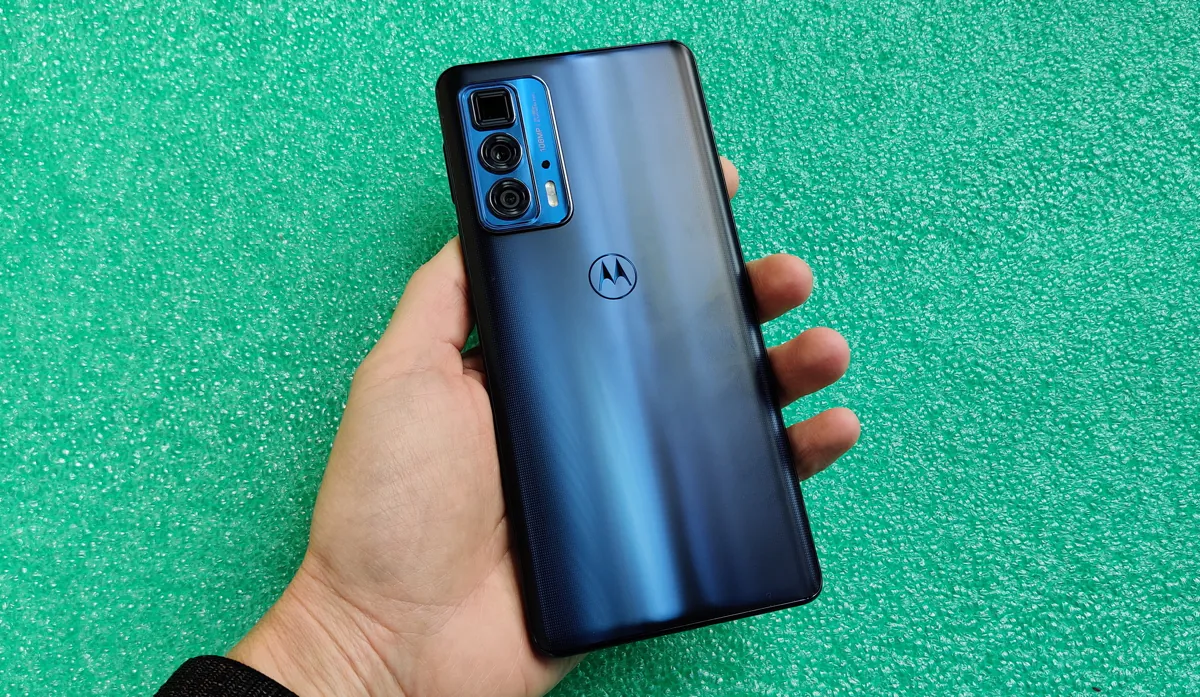
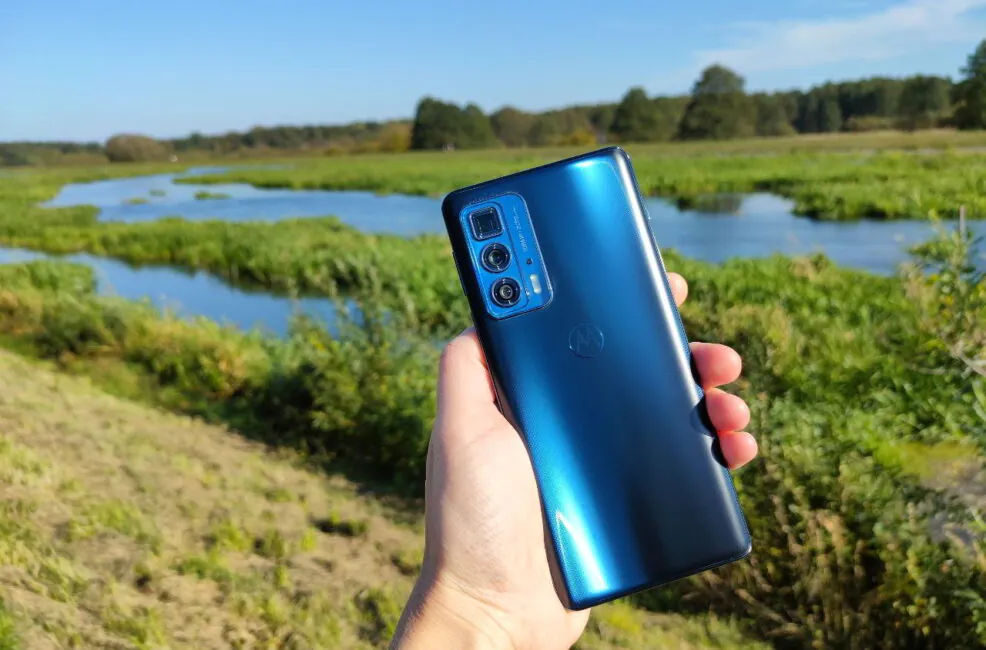
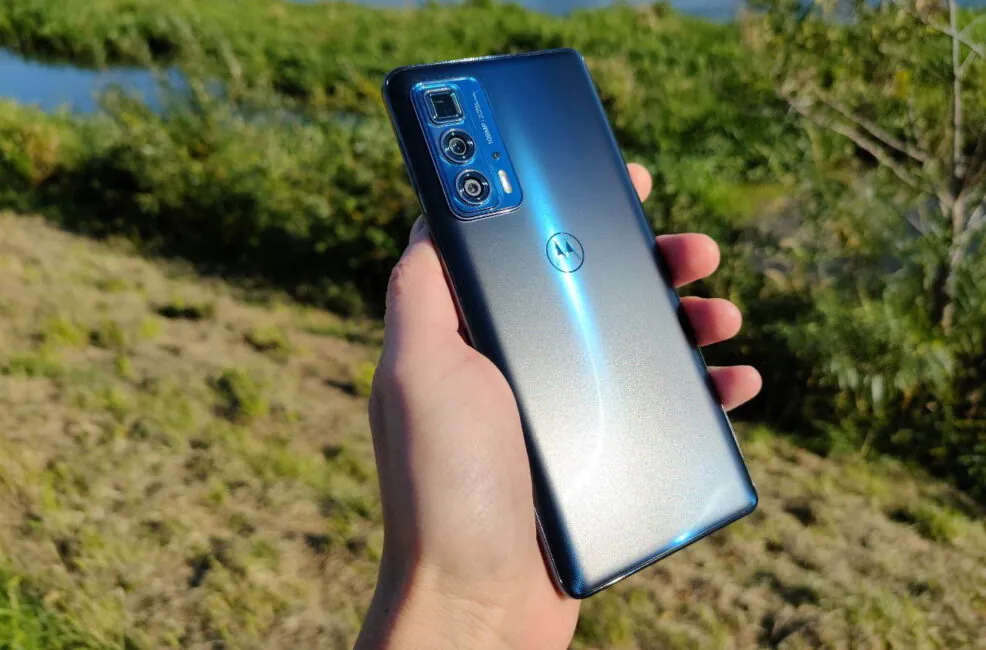
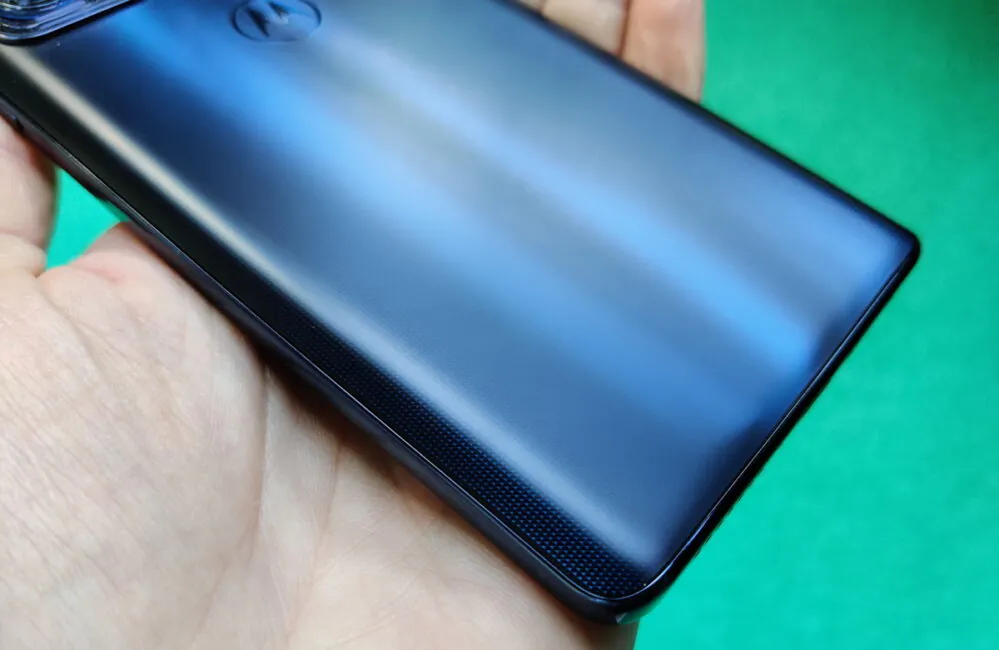
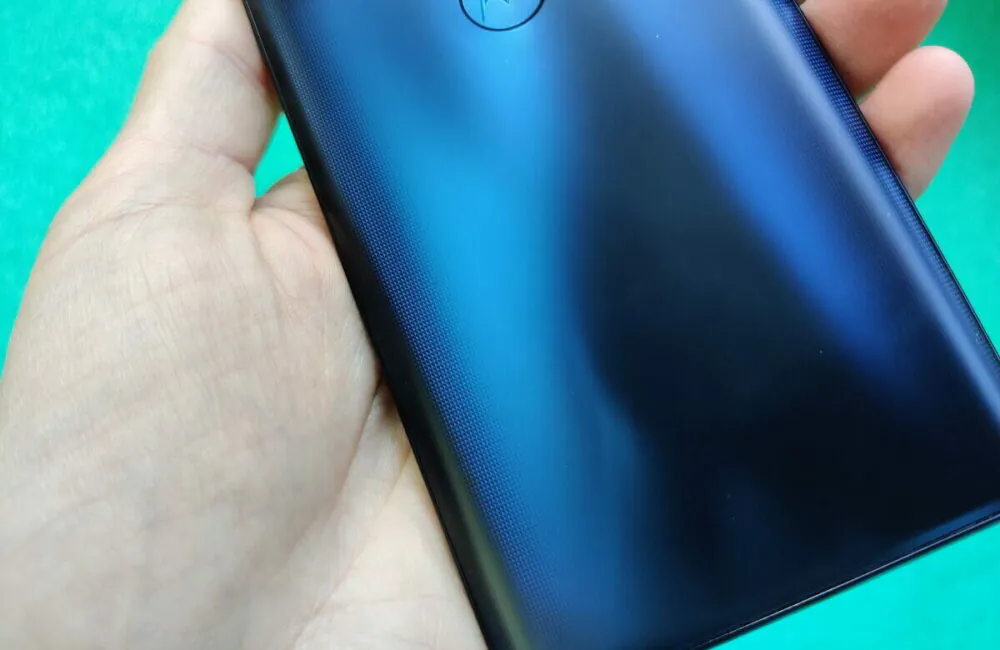
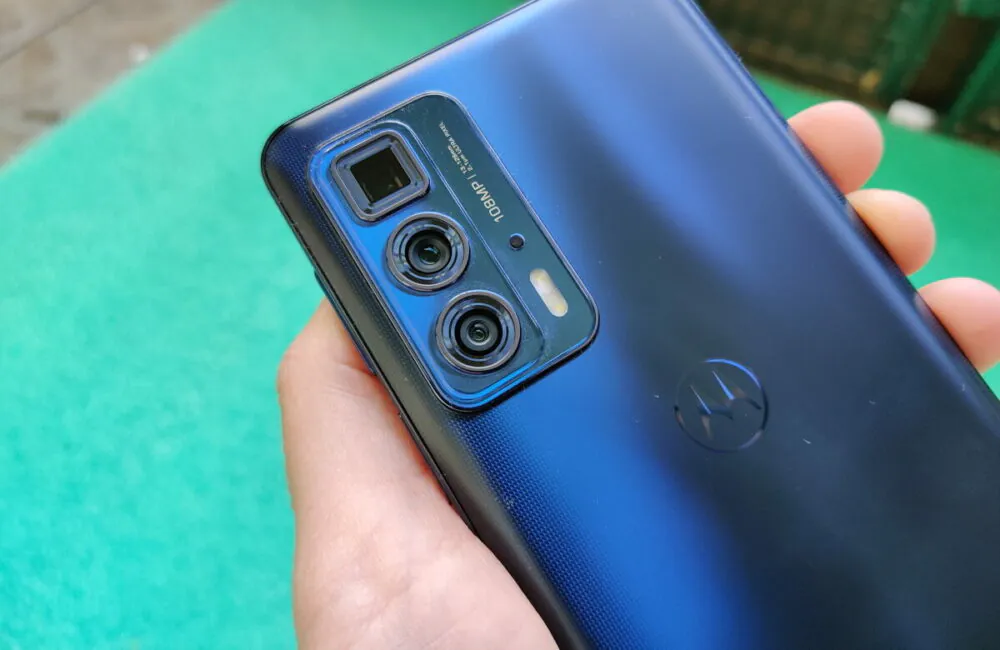
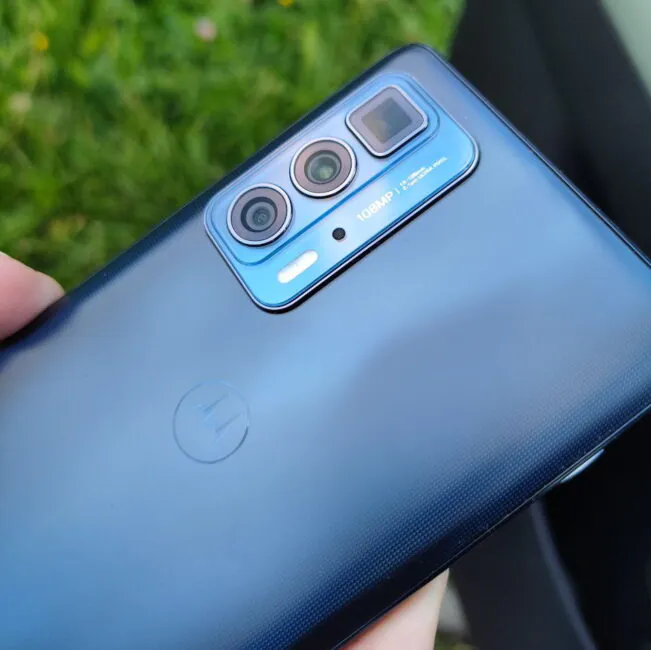
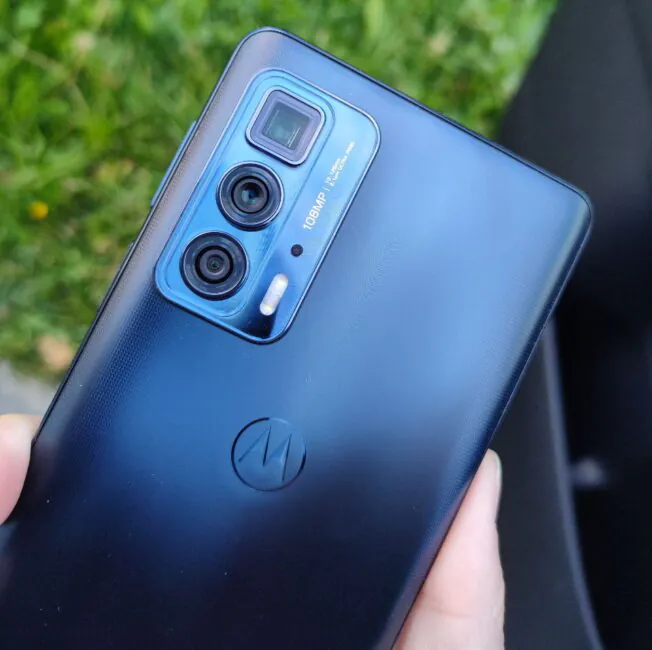
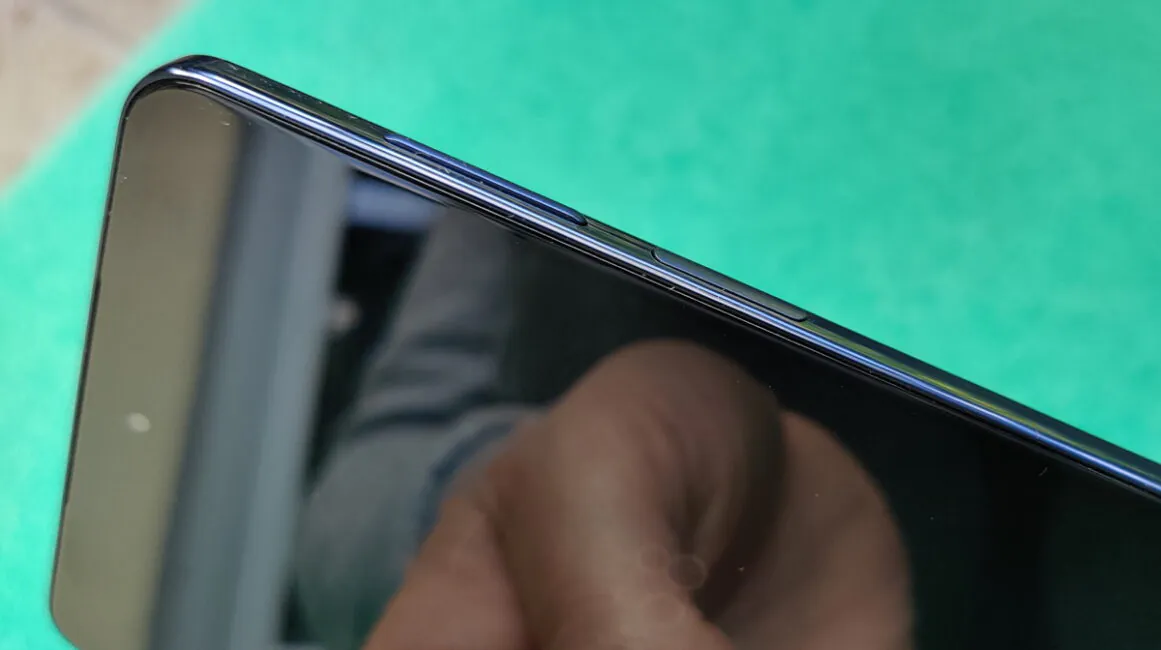
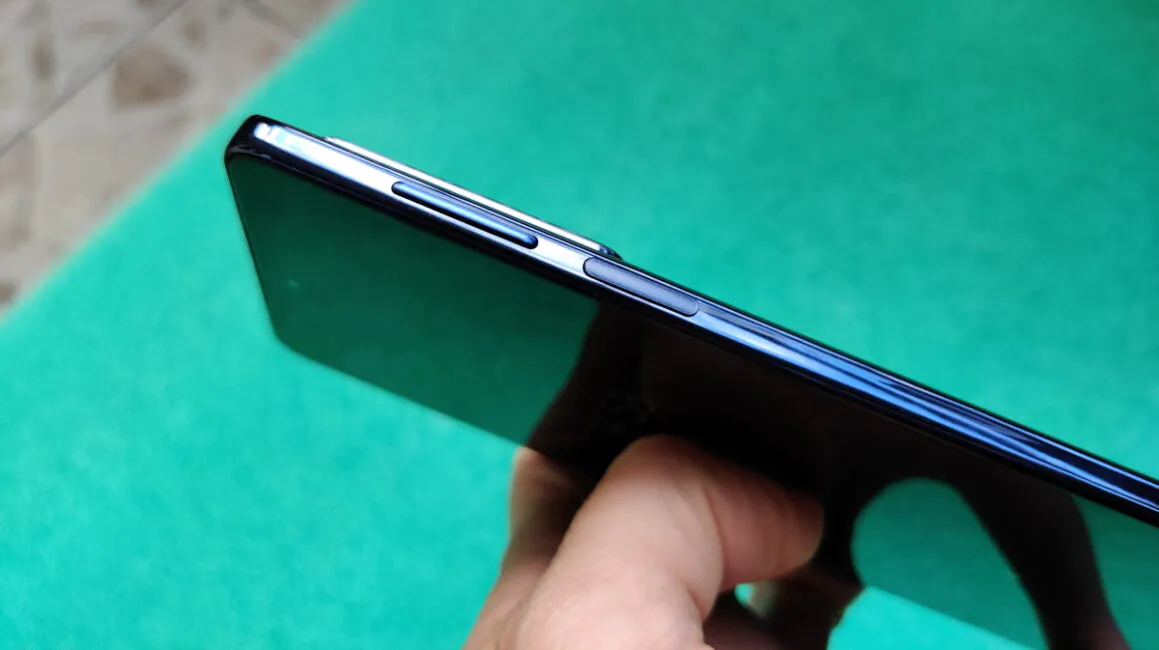


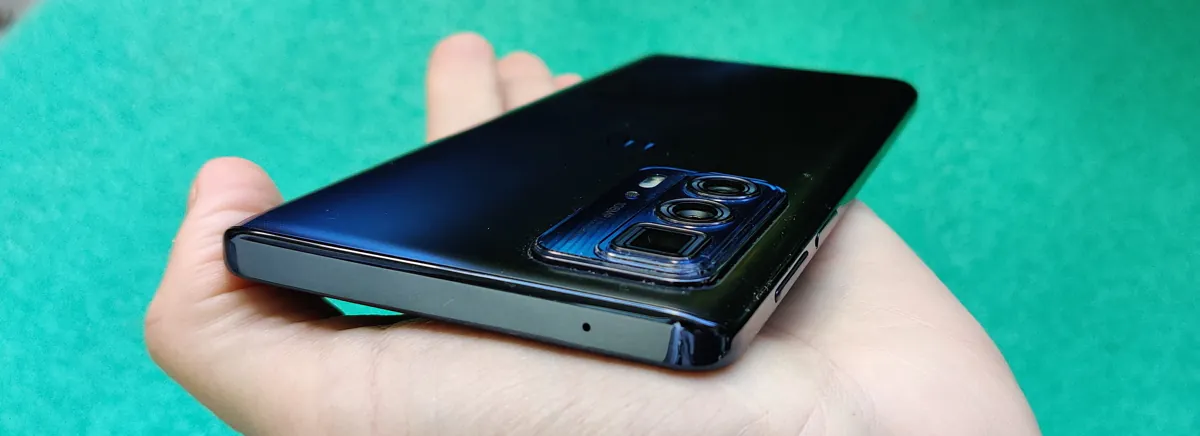
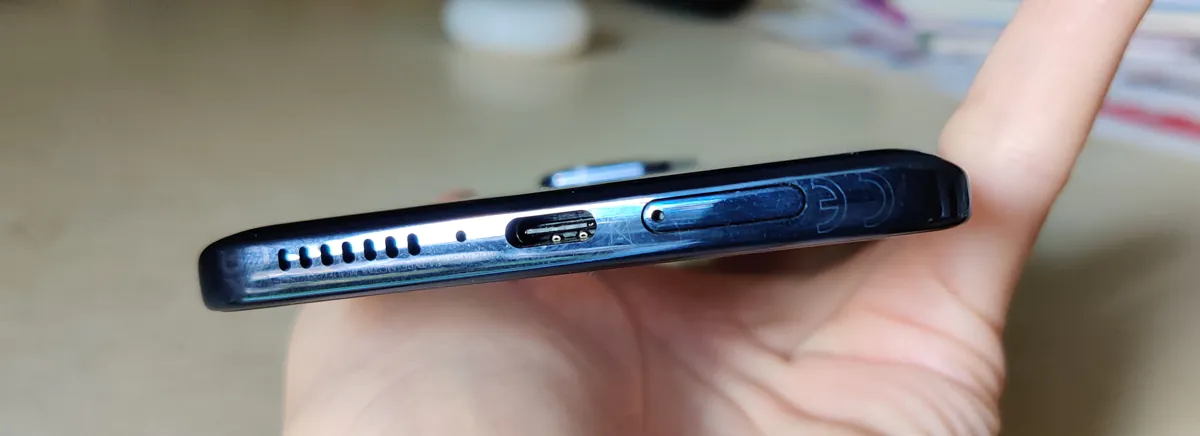
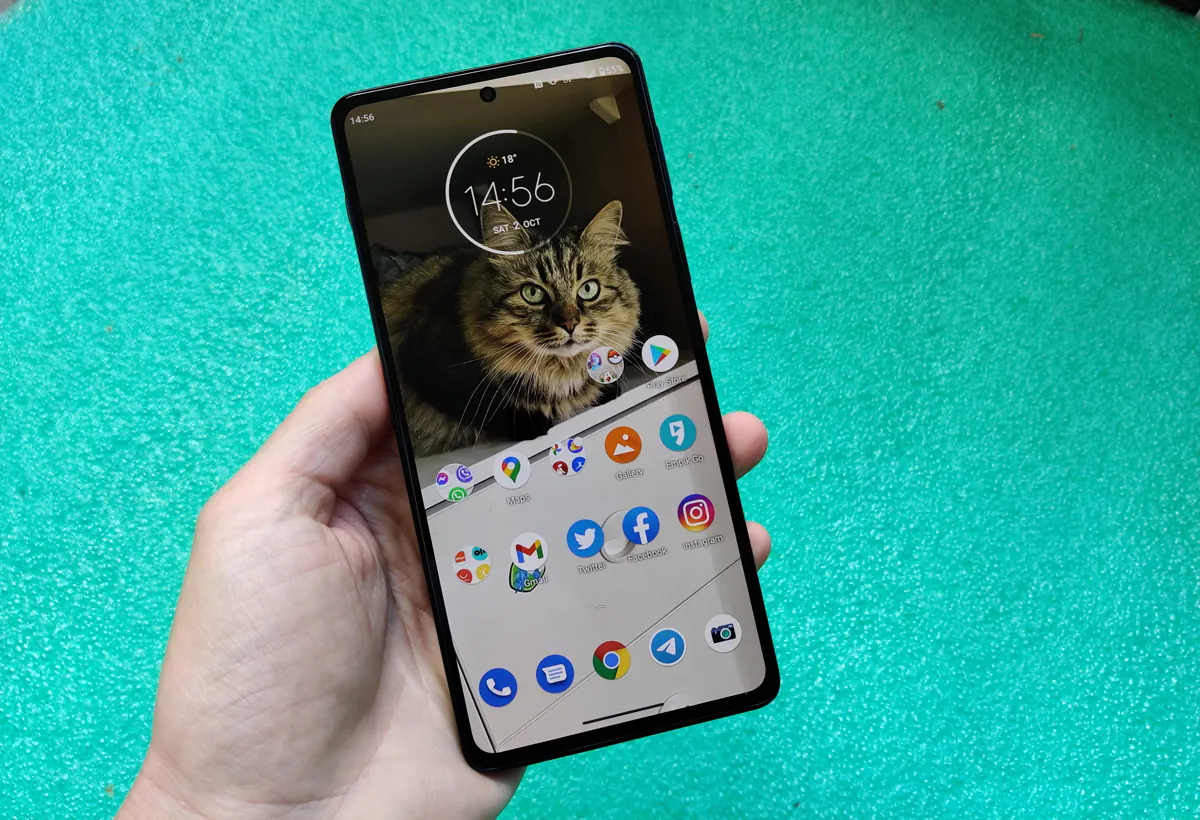
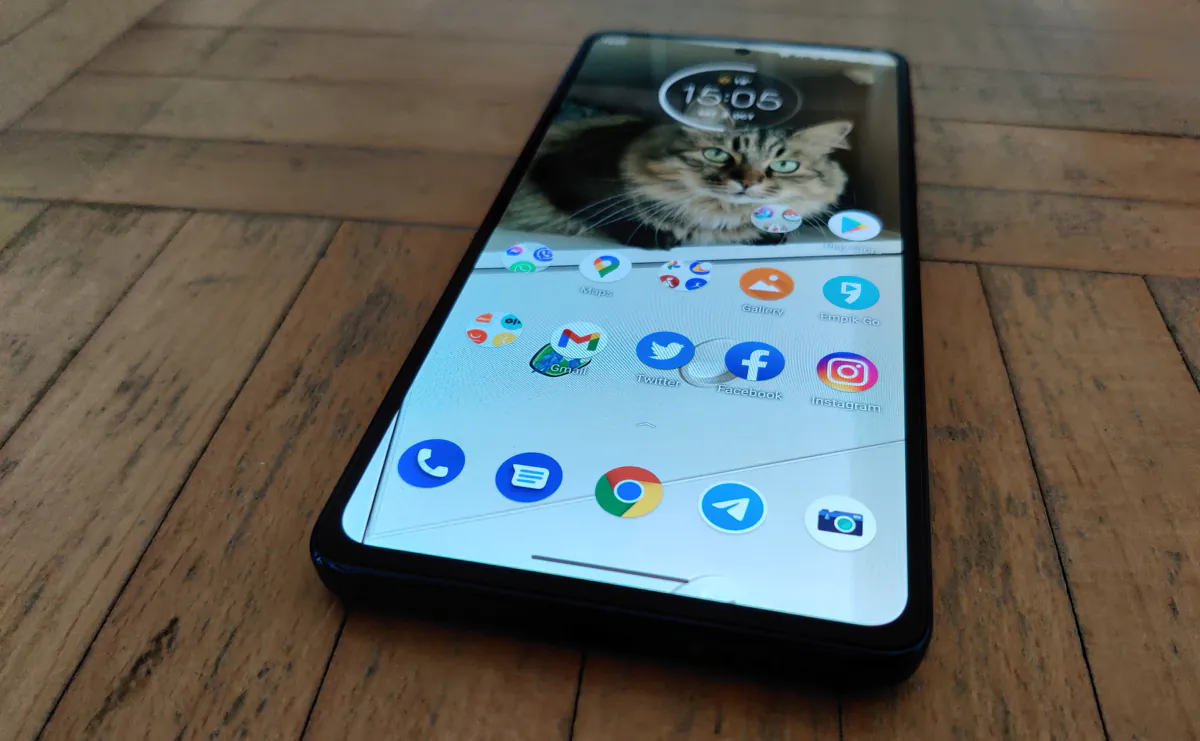
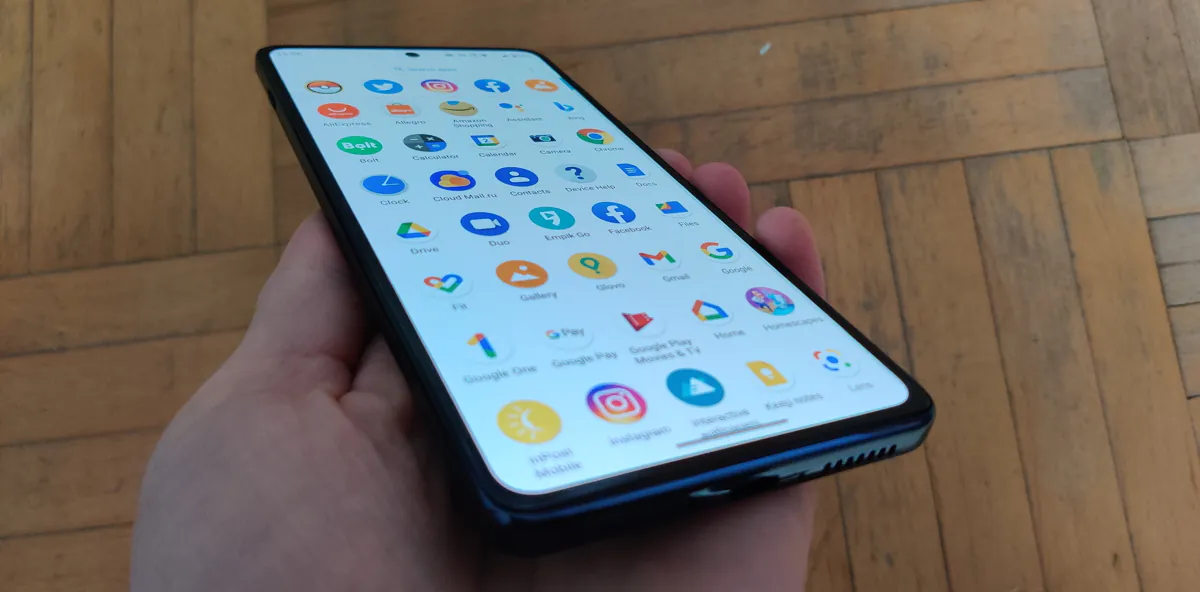
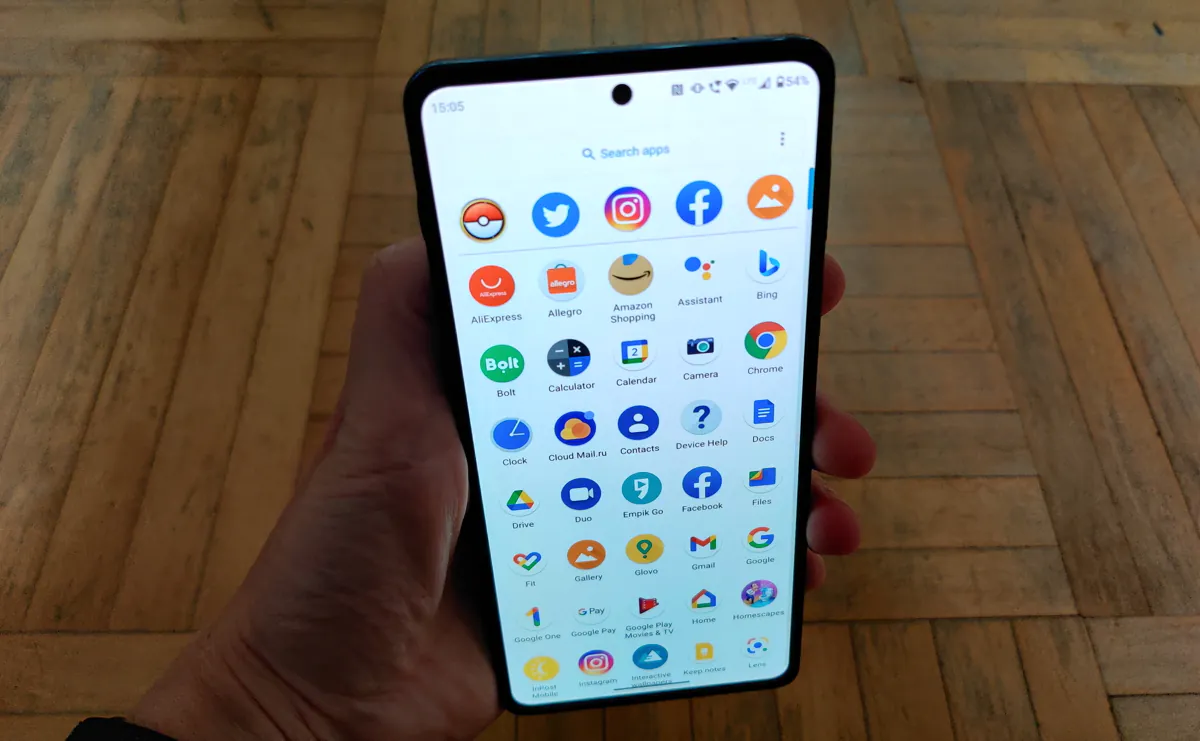
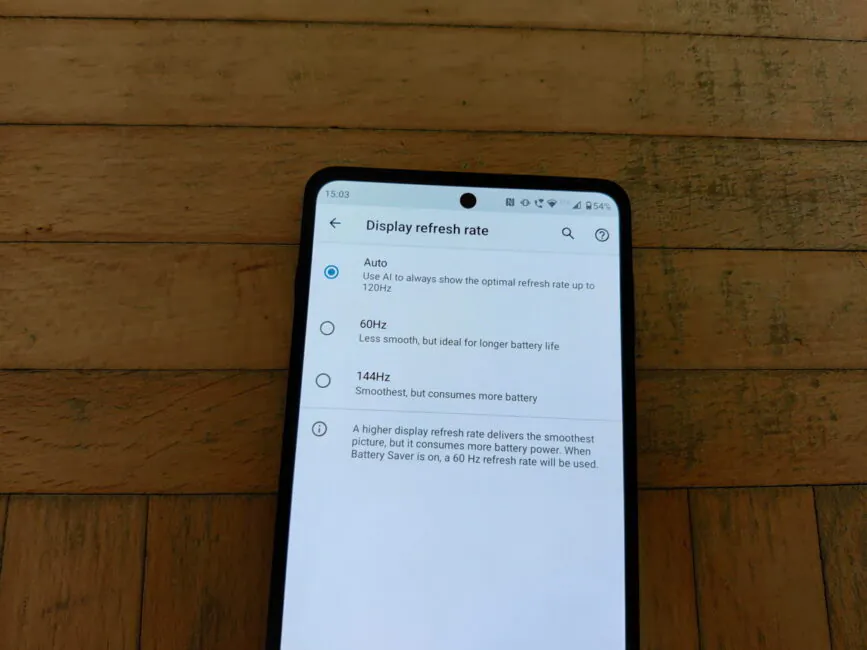
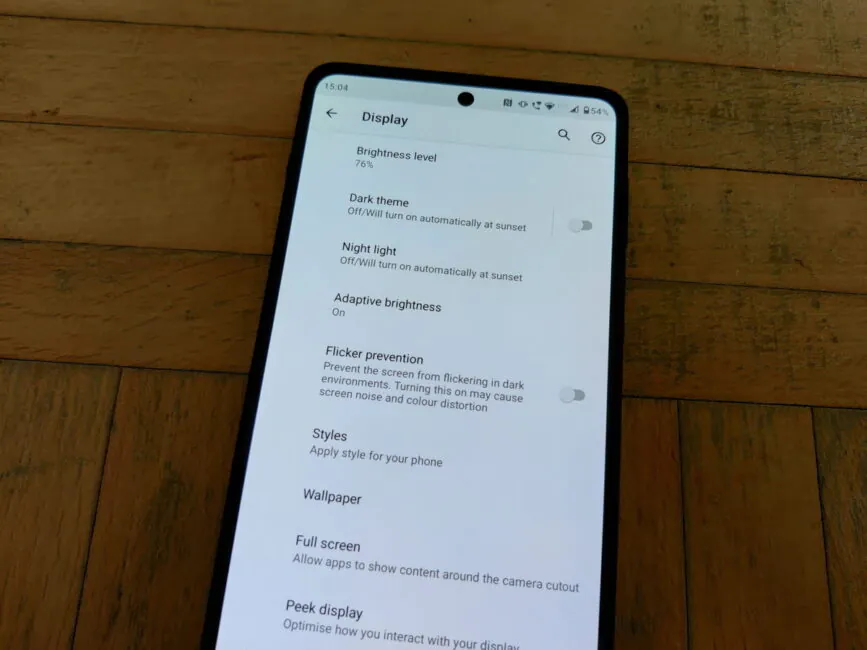




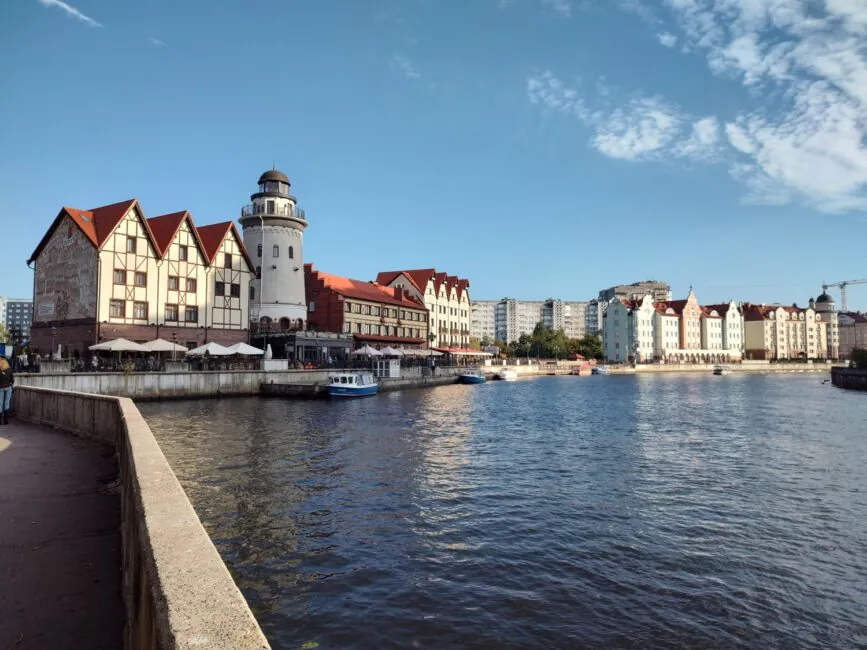

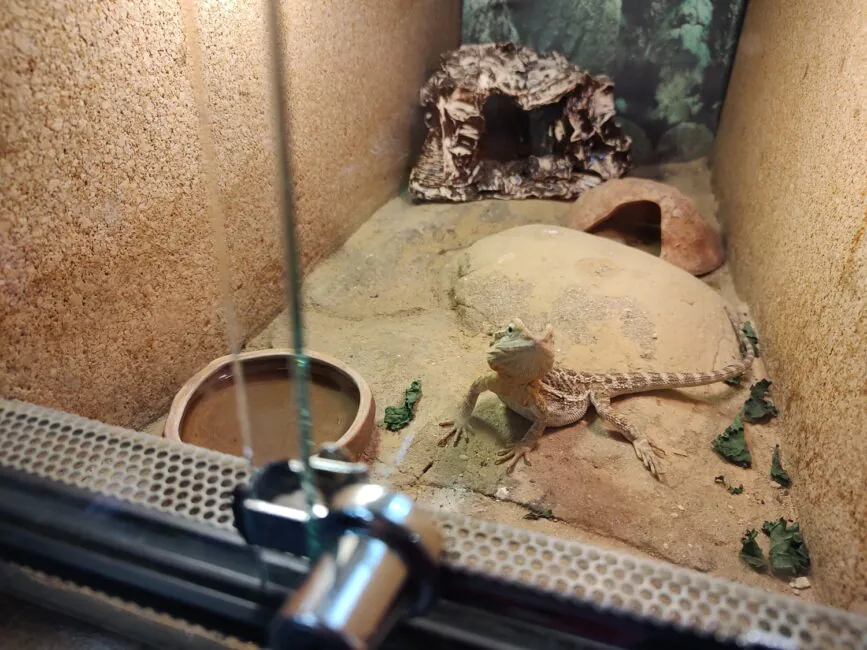



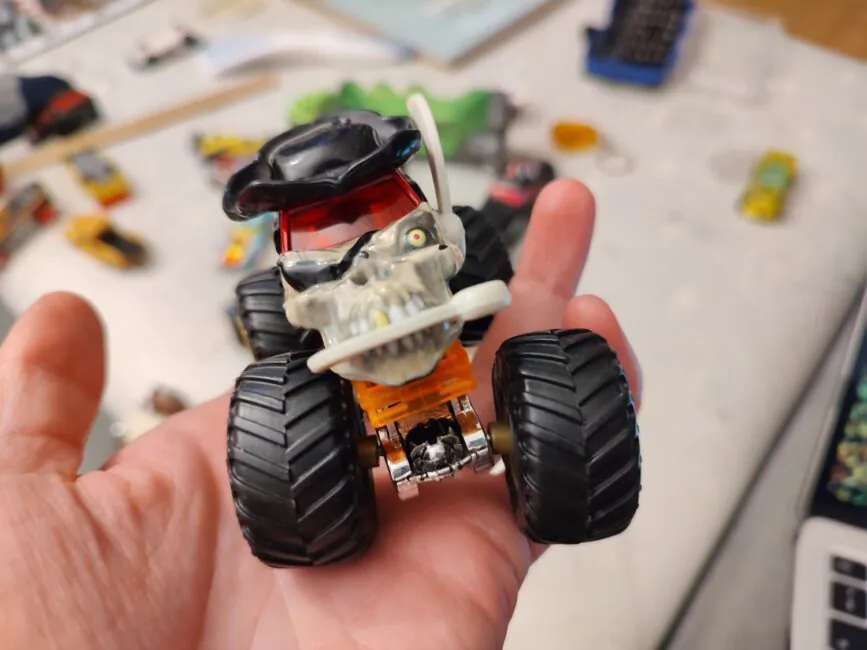

























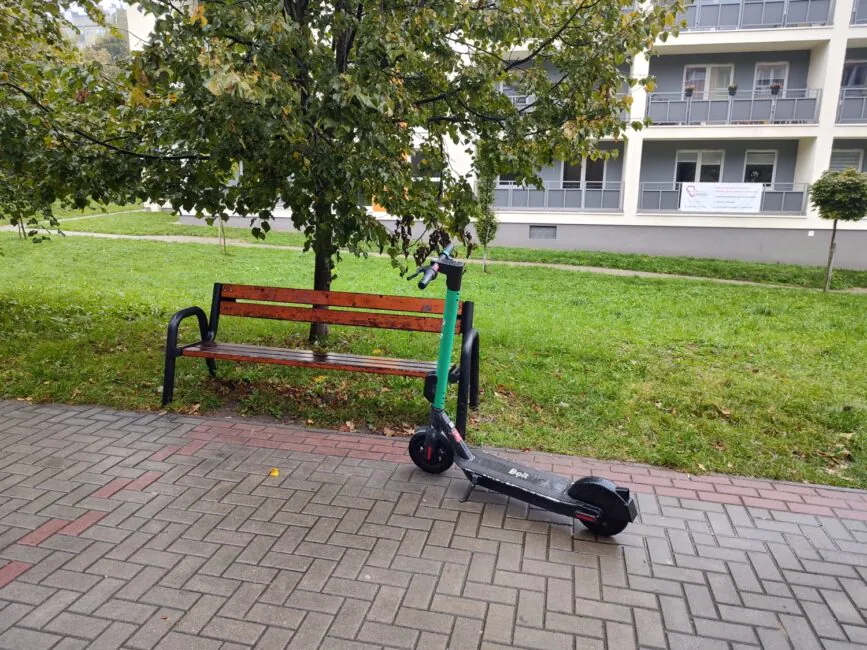
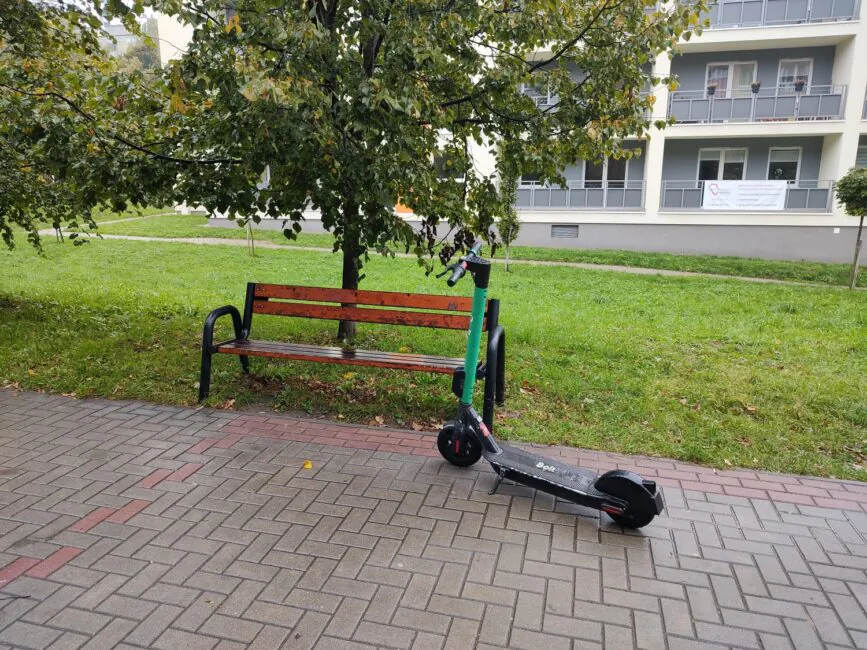



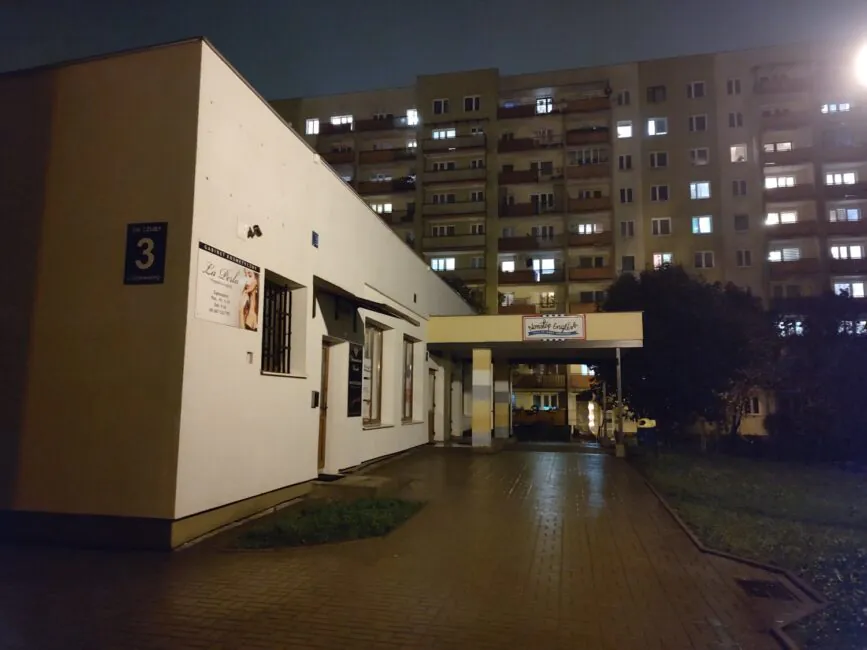

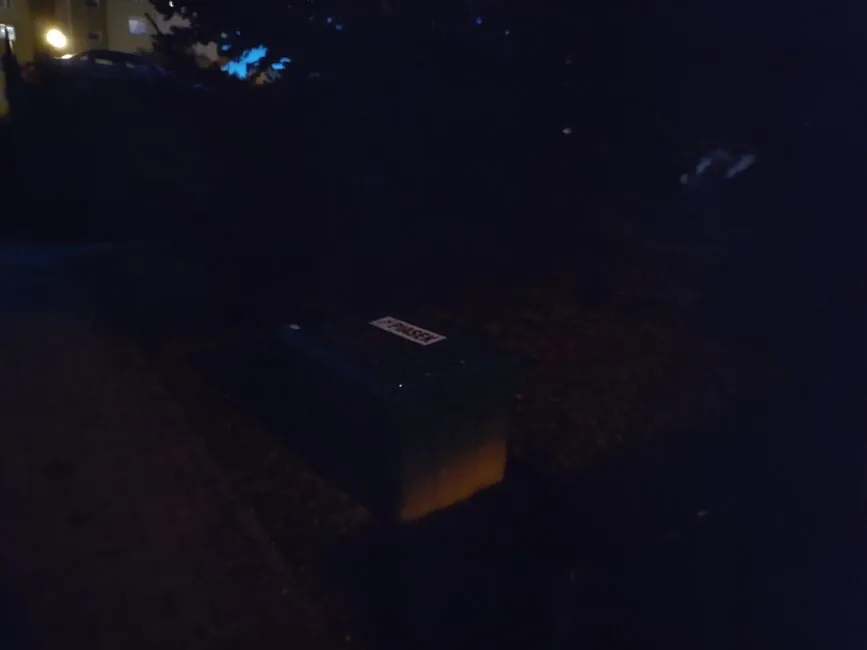
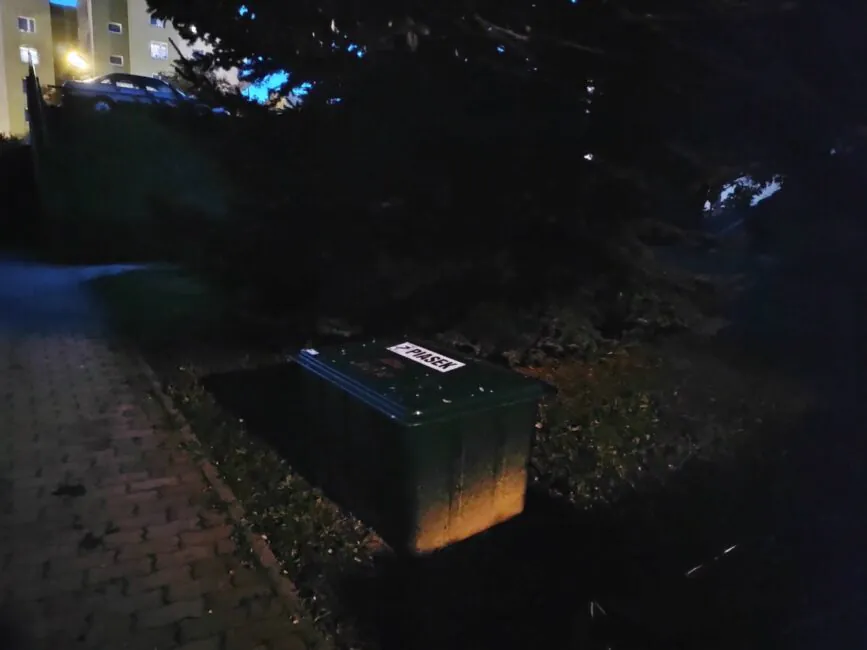


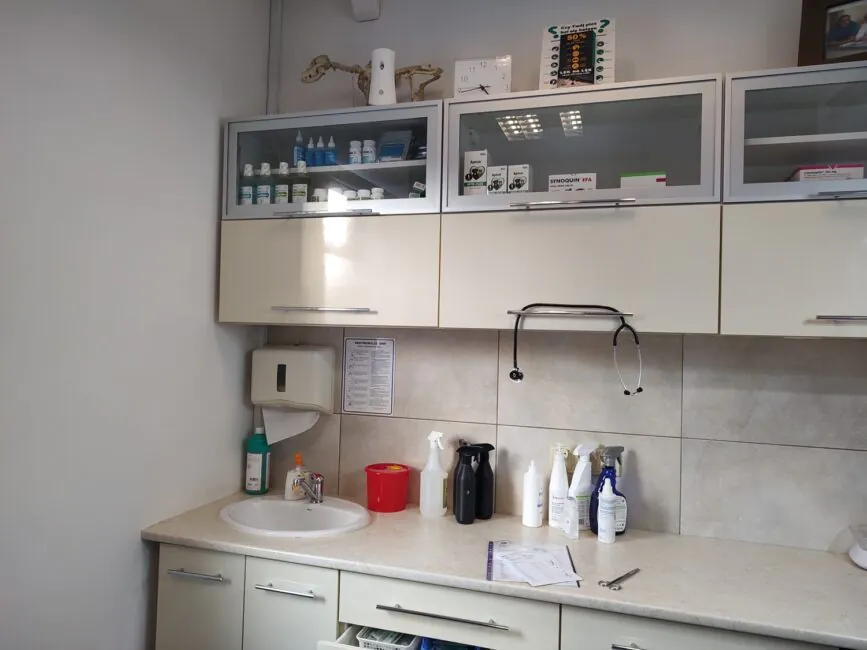
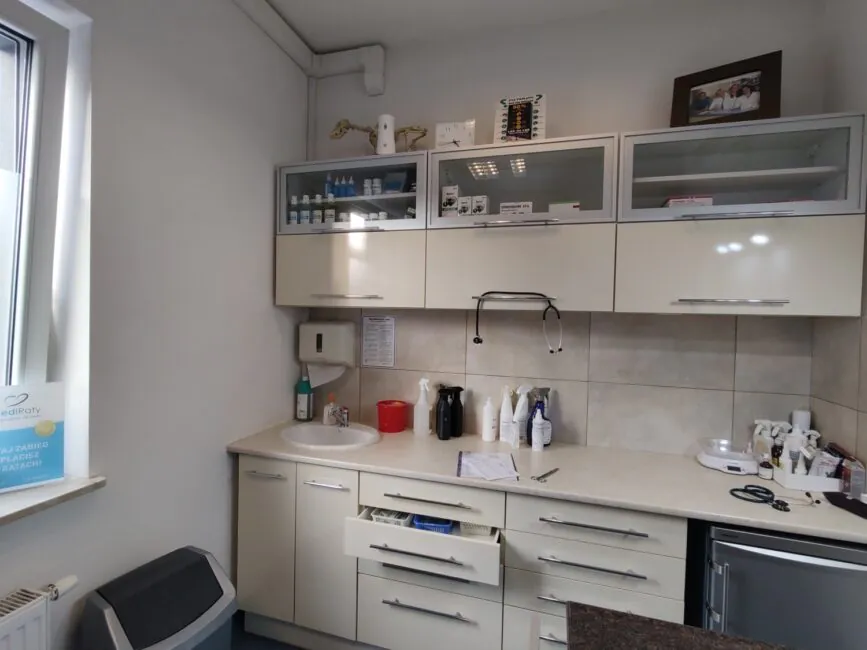
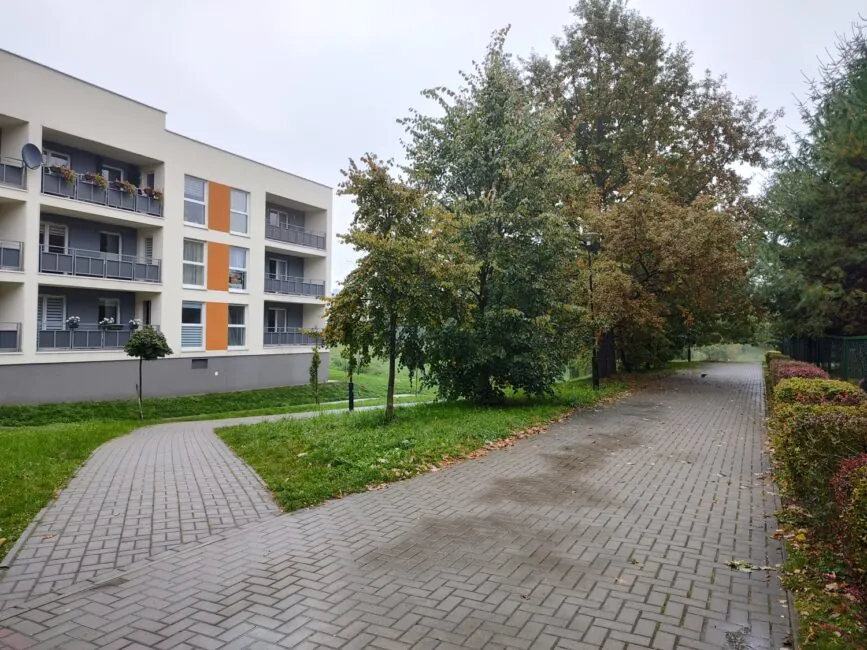
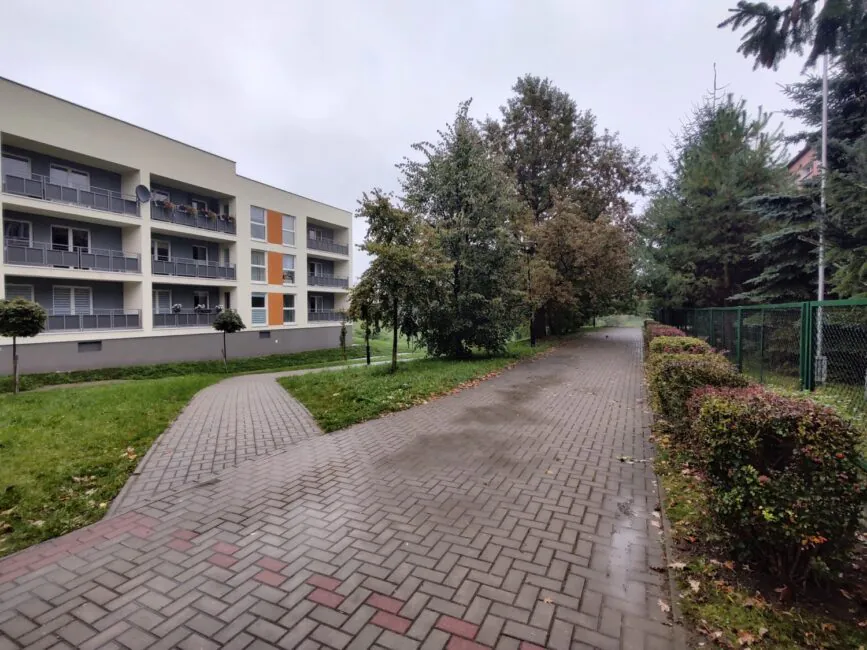


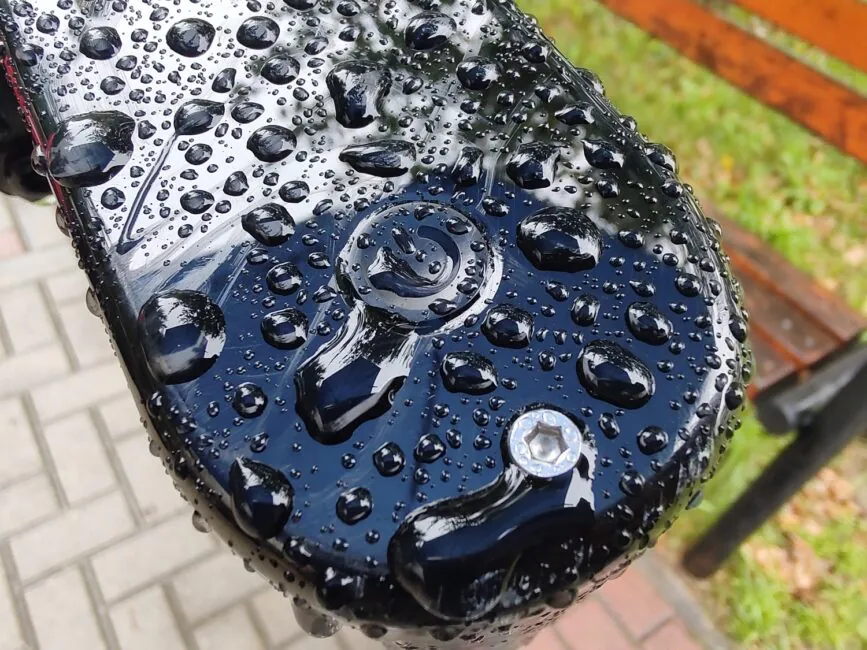










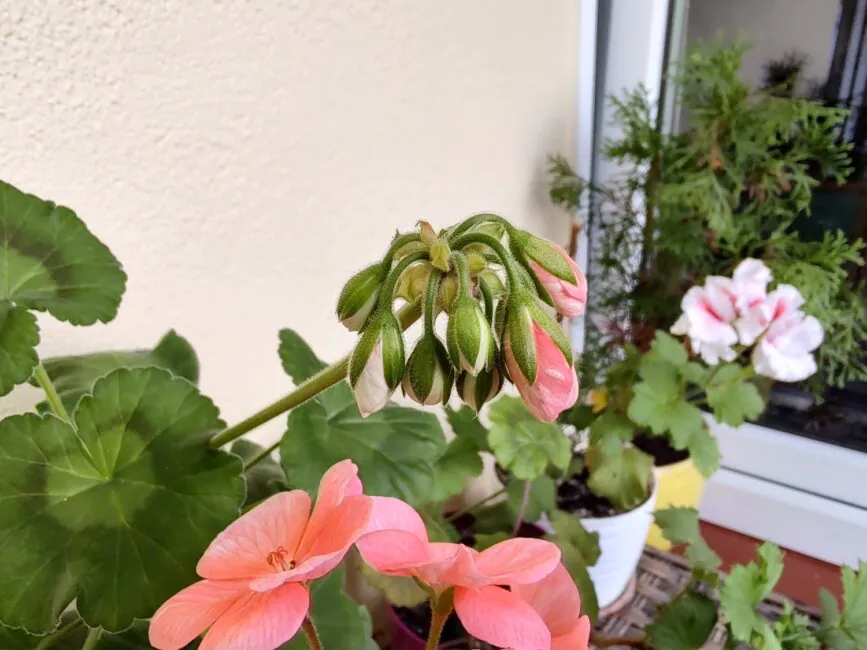










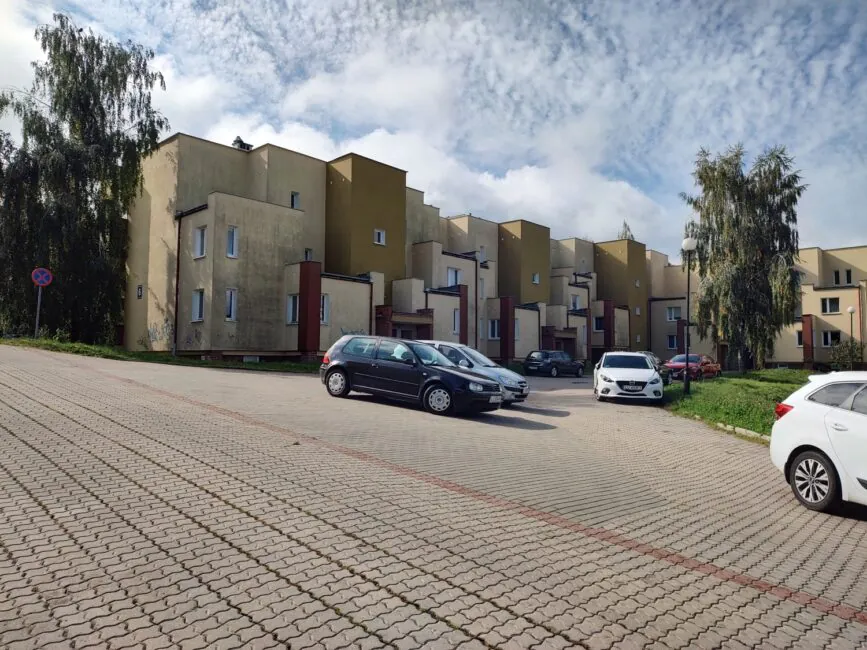
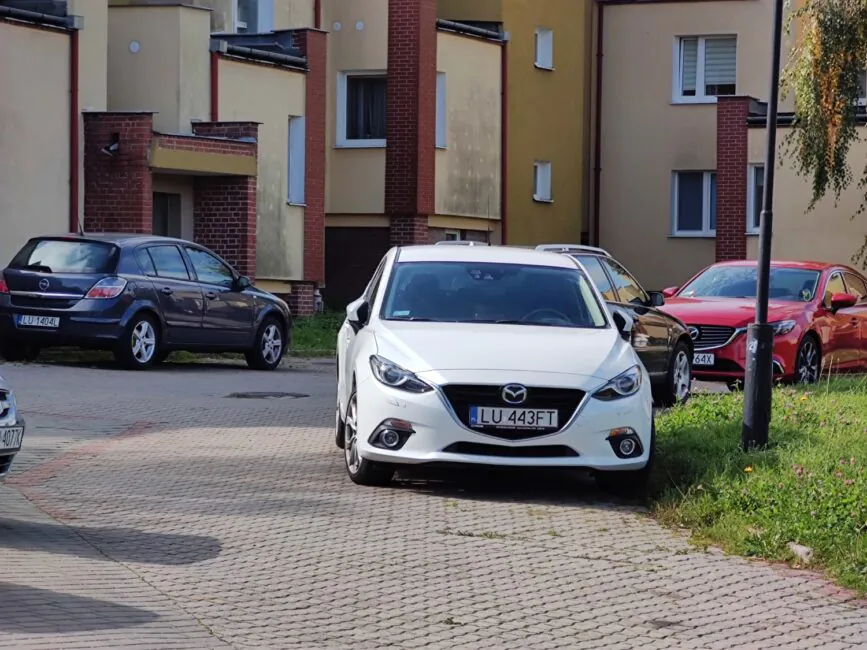





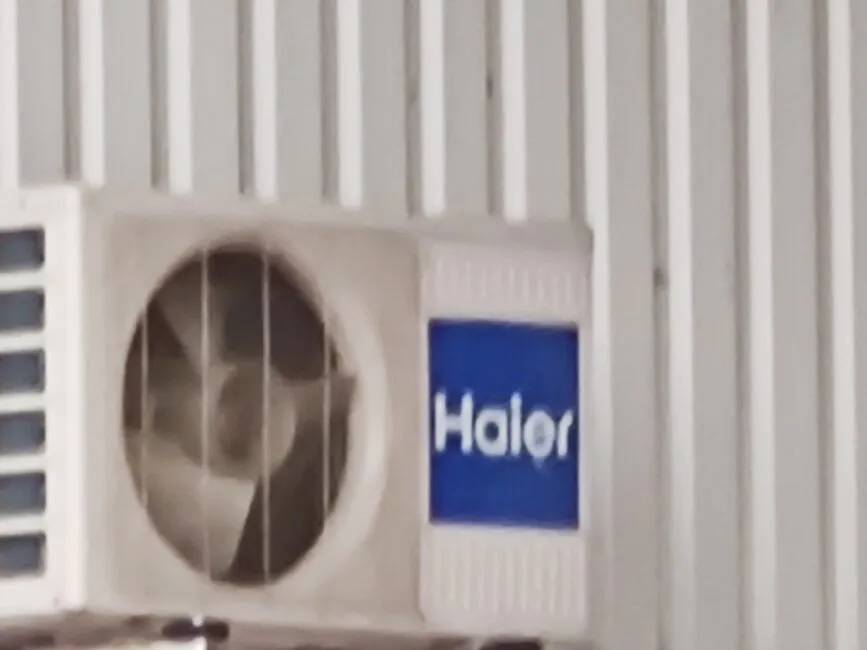
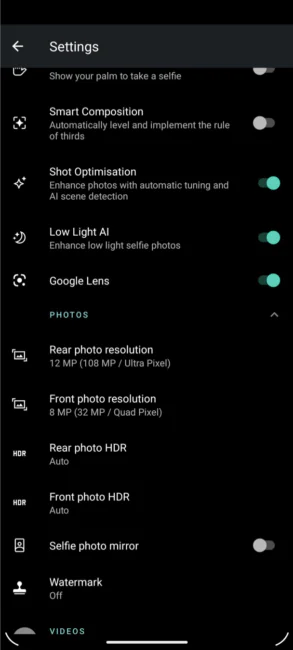
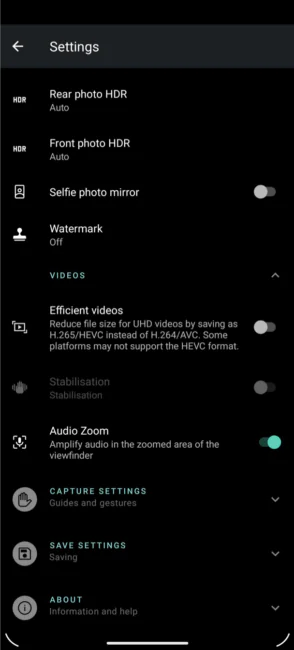
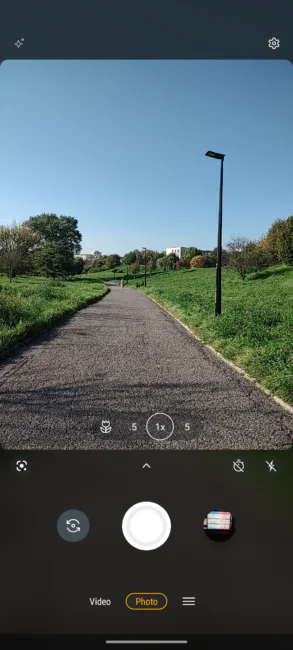
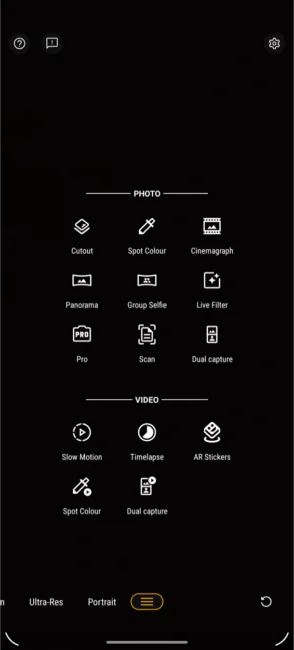
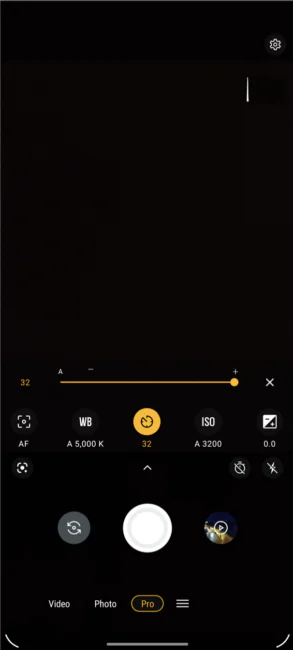
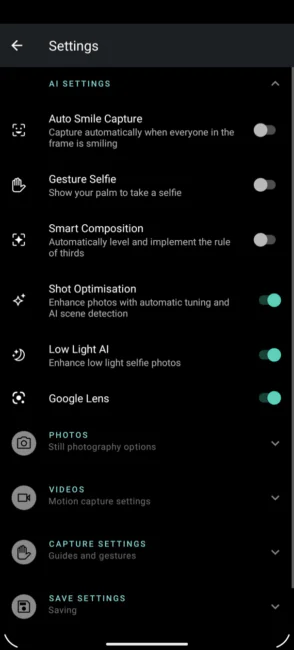
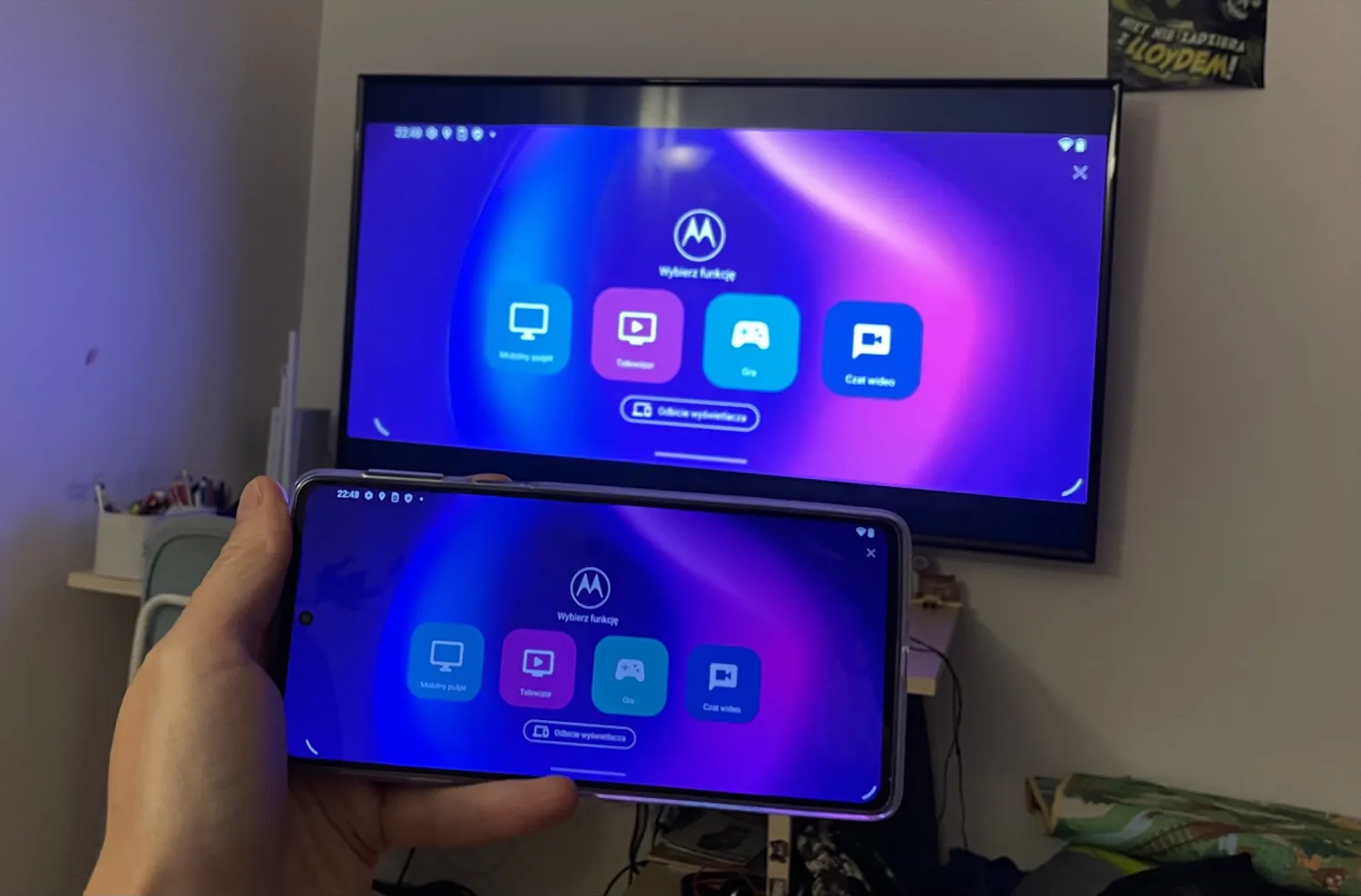
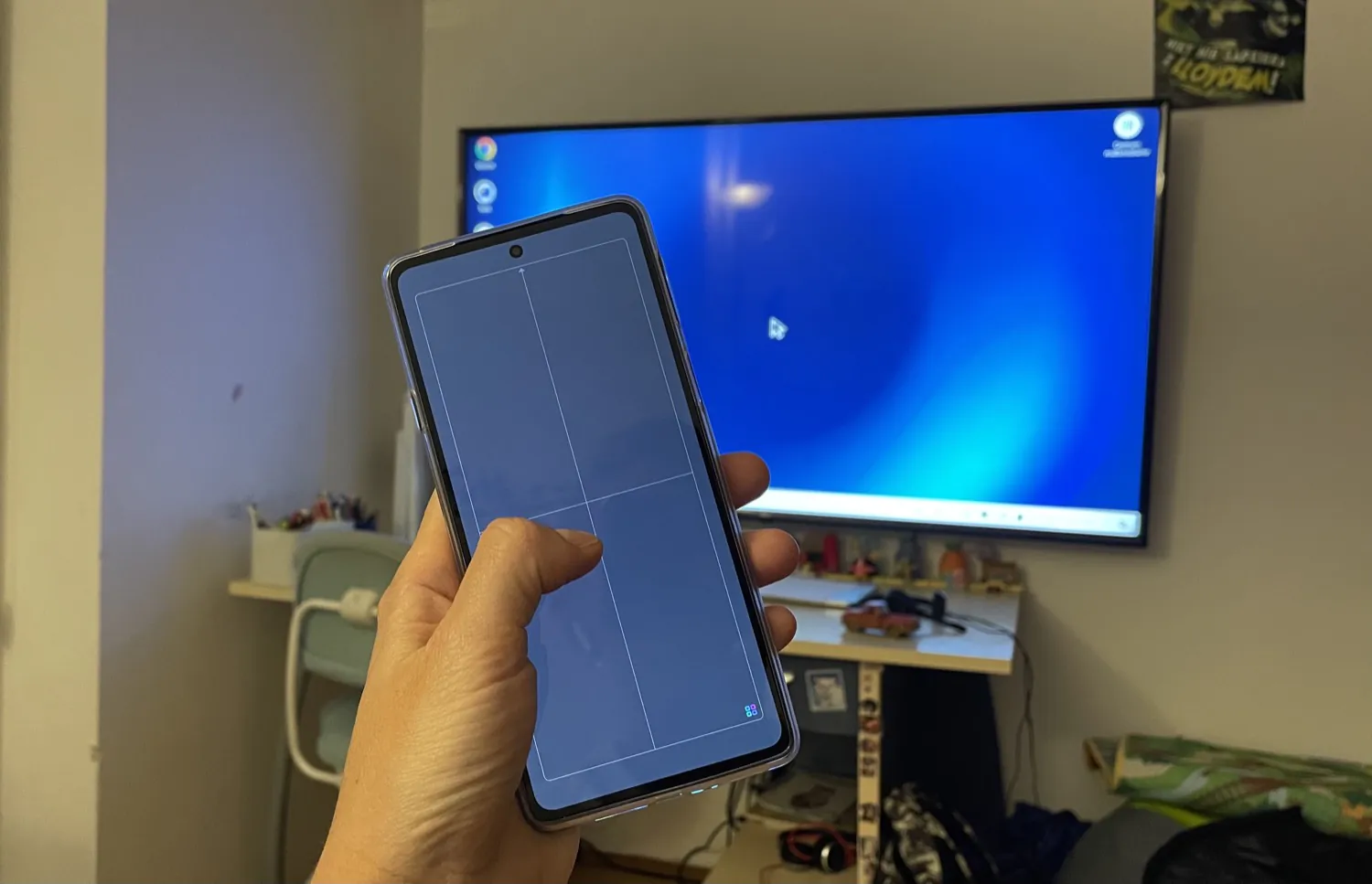
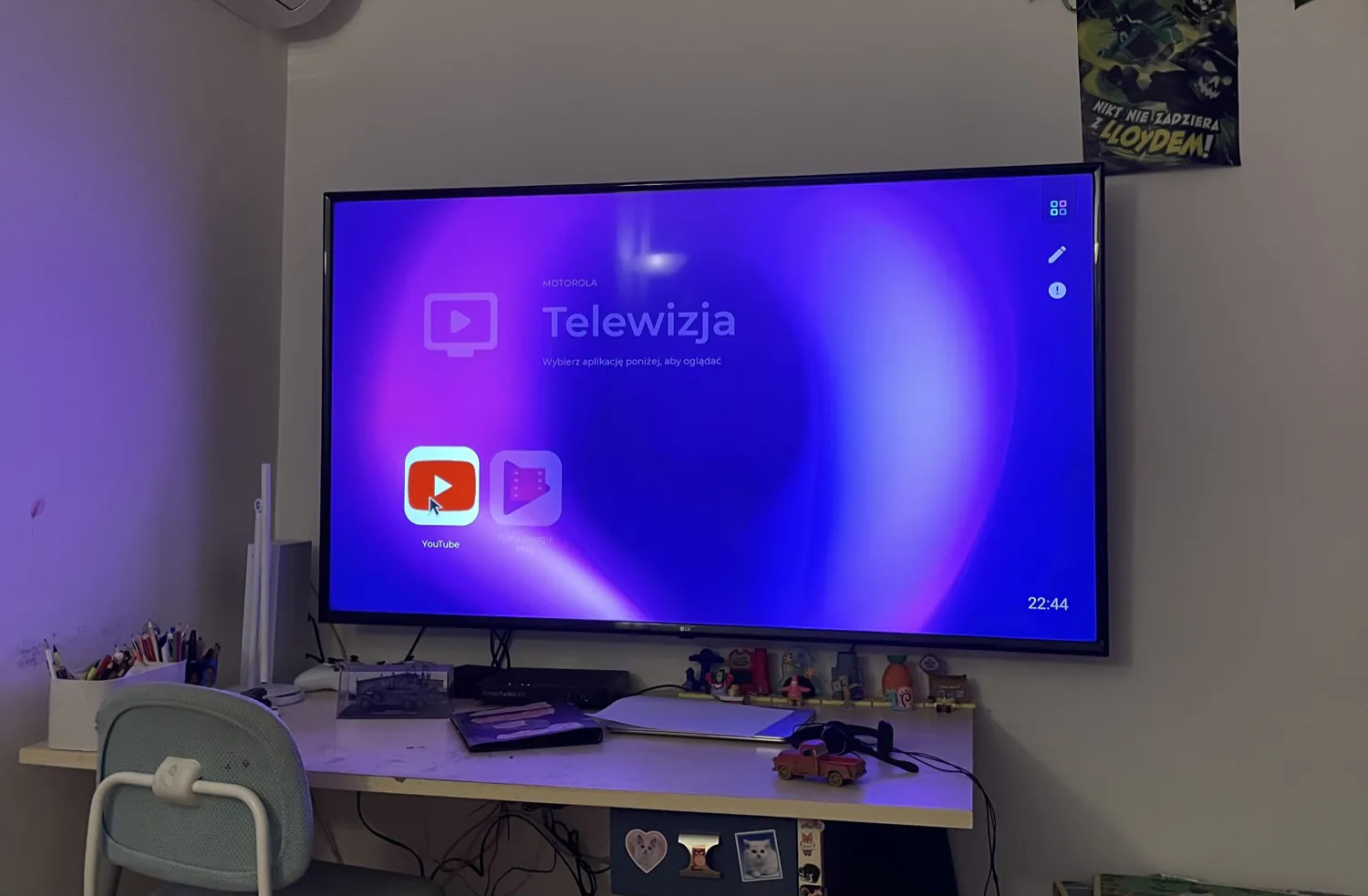
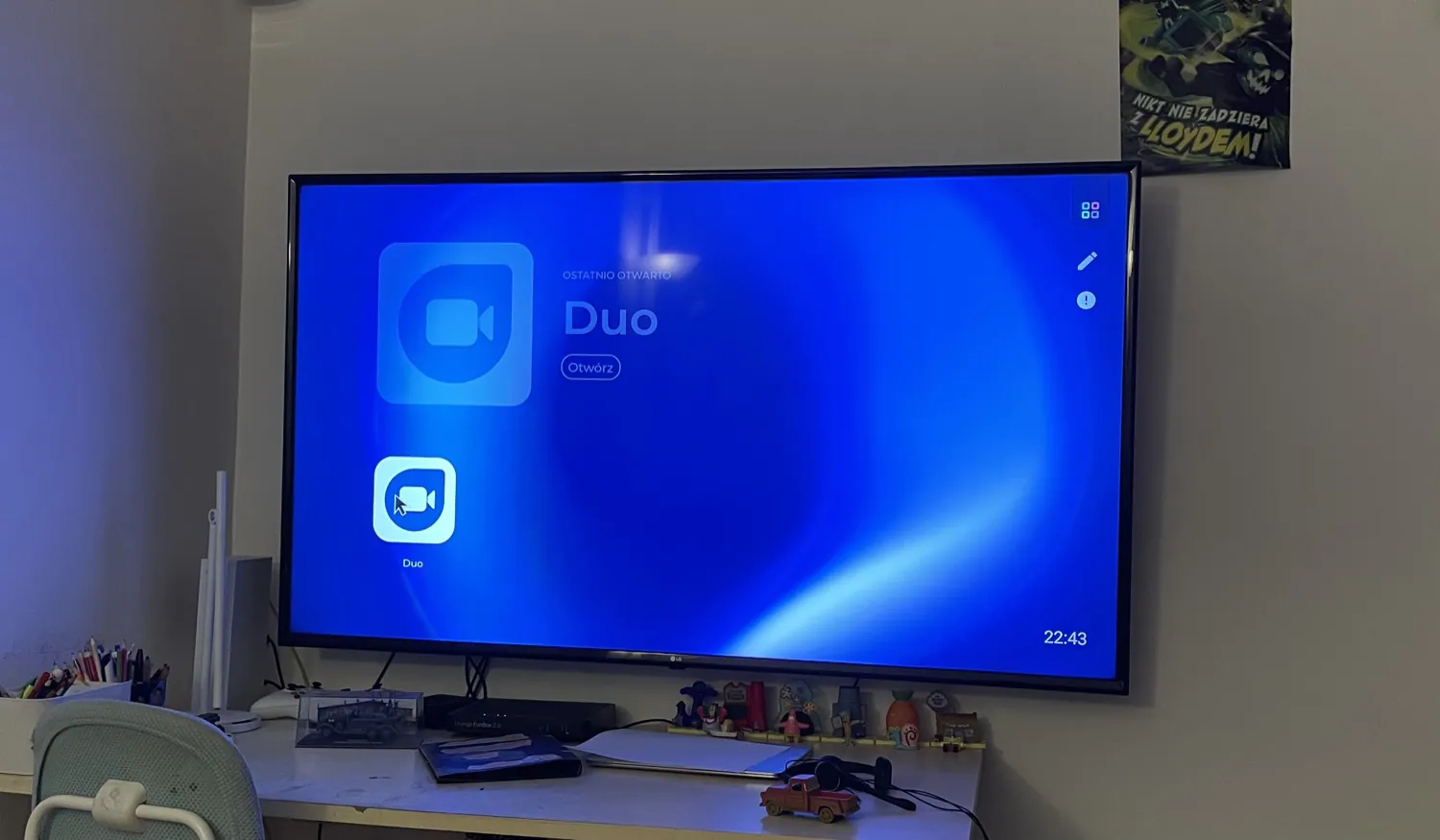
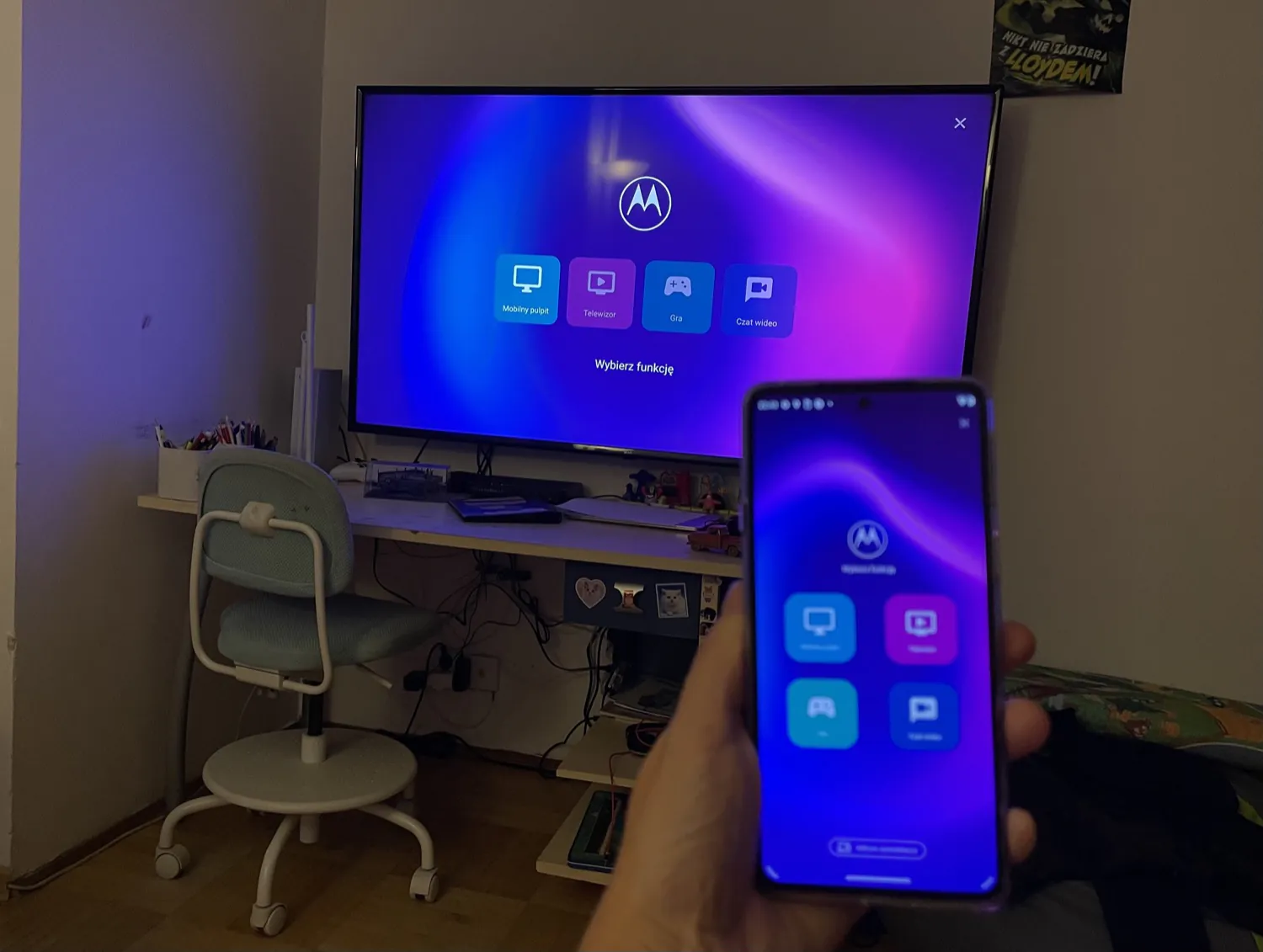
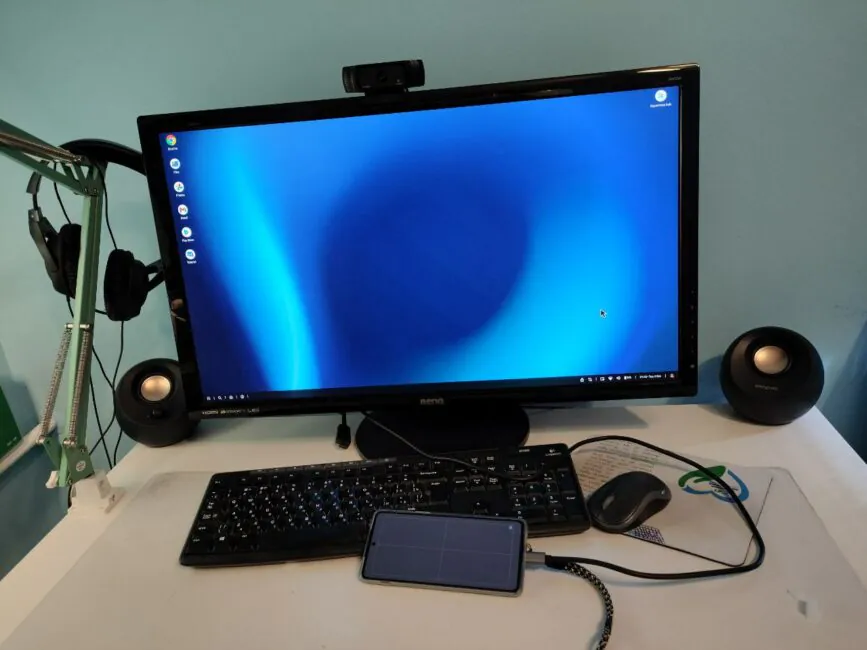
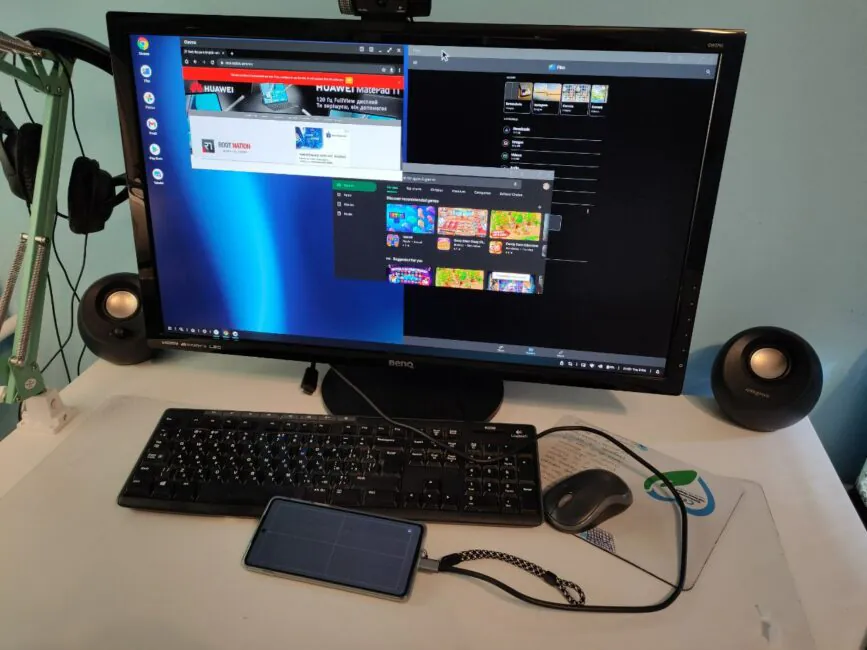
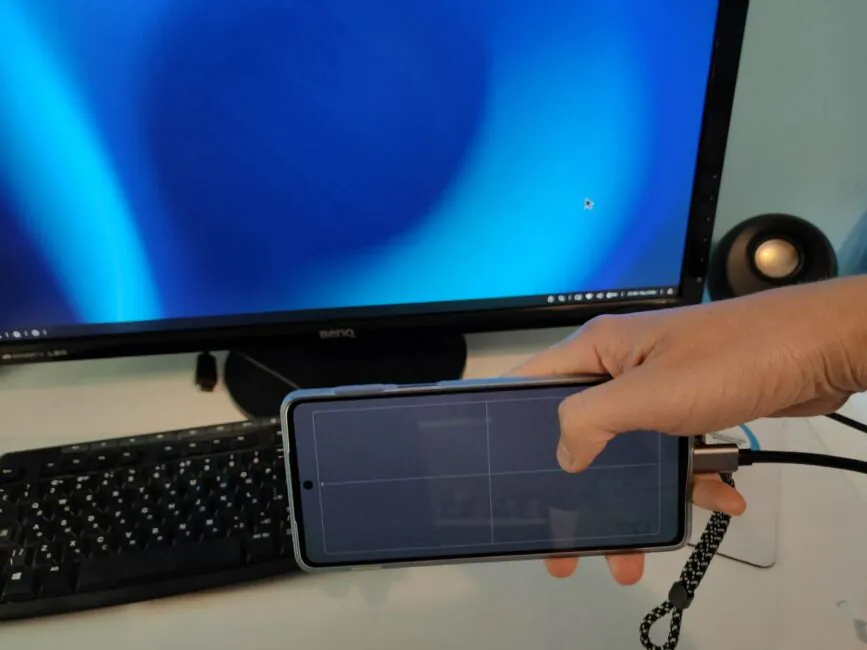
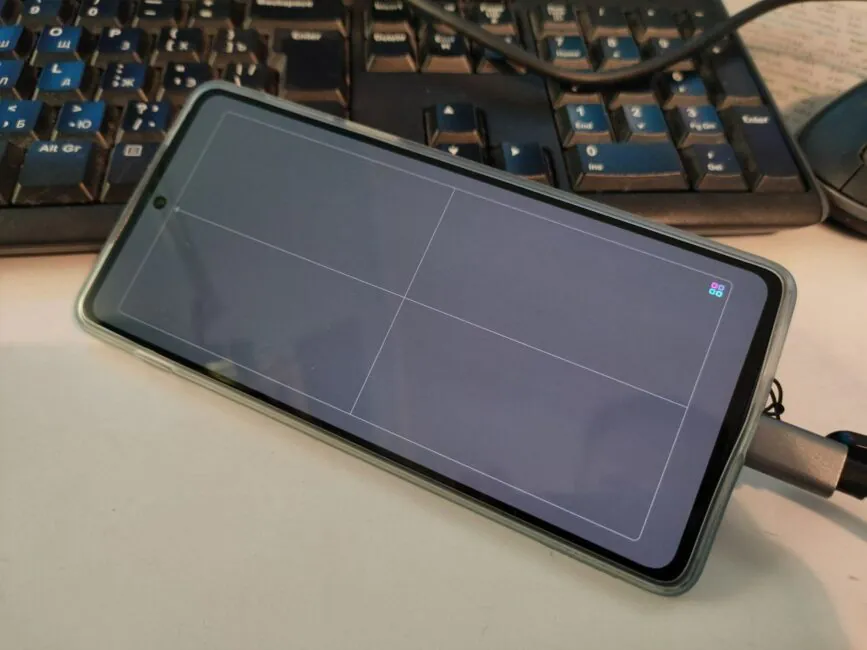



















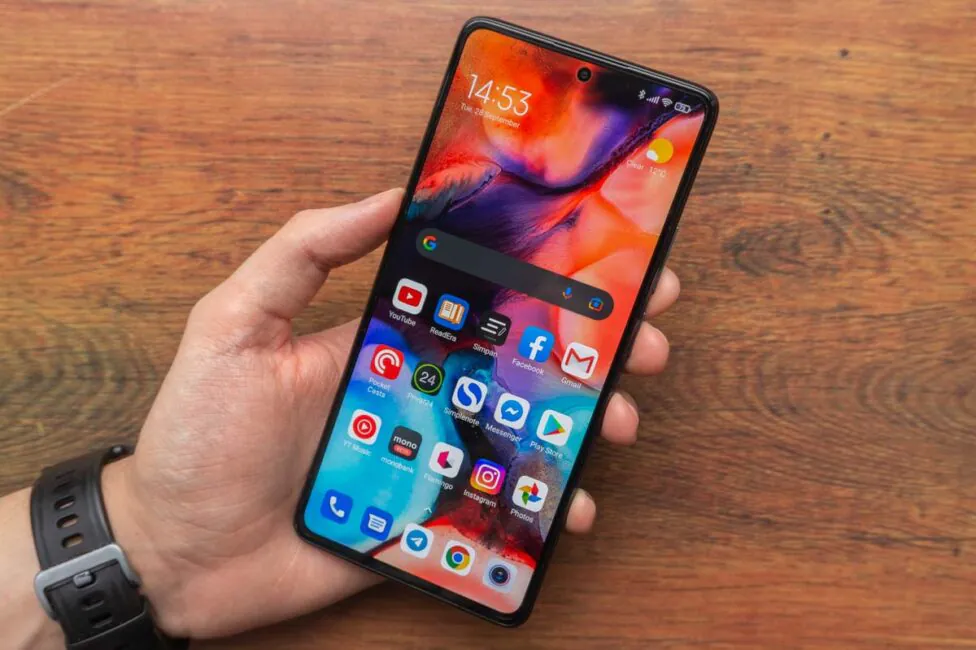
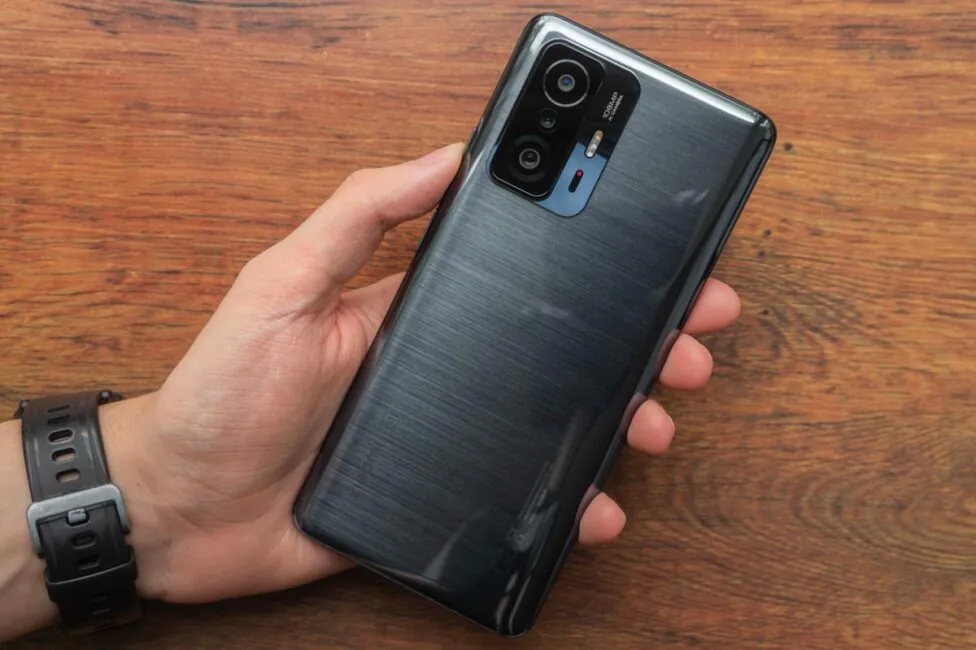
Really good review very informative and a pleasure to read
thank you :)
Really good review. I’ve read many on this phone and this was one of the best. Still went ahead and brought it though, to replace my Xiaomi Mi 11.
Tank you! This model is really very interesting and has a polished software